

Bjoern Kirchner shines a light on Henkel’s remarkable supply chain transformation Henkel’s new May 2023 | supplychaindigital.com Logistics in the Fast Lane Innovation the watchword at space-age McLaren Reshaping Pharma Supply Chains Microsoft’s Mike J. Walker on the unique challenge of pharmaceutical supply Fail to Plan, Plan to Fail The importance of demand planning SUPPLY CHAIN CUSTOMER-FIRST Supply chain schools NETSTOCK | ROLAND BERGER | UBER FREIGHT FEATURING:







A BizClik Event Join the Virtual Event Disrupting Procurement & Supply Chain 28TH JUNE 2023 VIRTUAL CONFERENCE
Join the must-see virtual event disrupting procurement and supply chain on the 28th of June 2023.
This year, we are bringing you a solely virtual event, Procurement & SupplyChain LIVE Virtual will highlight the innovators changing the industry. Brought to you by BizClik, Procurement & SupplyChain LIVE Virtual will be held on 28th June 2023, streaming remotely to virtual audiences around the world.
The unmissable event will feature expert keynote speakers, interactive fireside and panel discussions, and more. Do not miss this 1-day deep dive into the disruption and the future of procurement, supply chain and logistics.
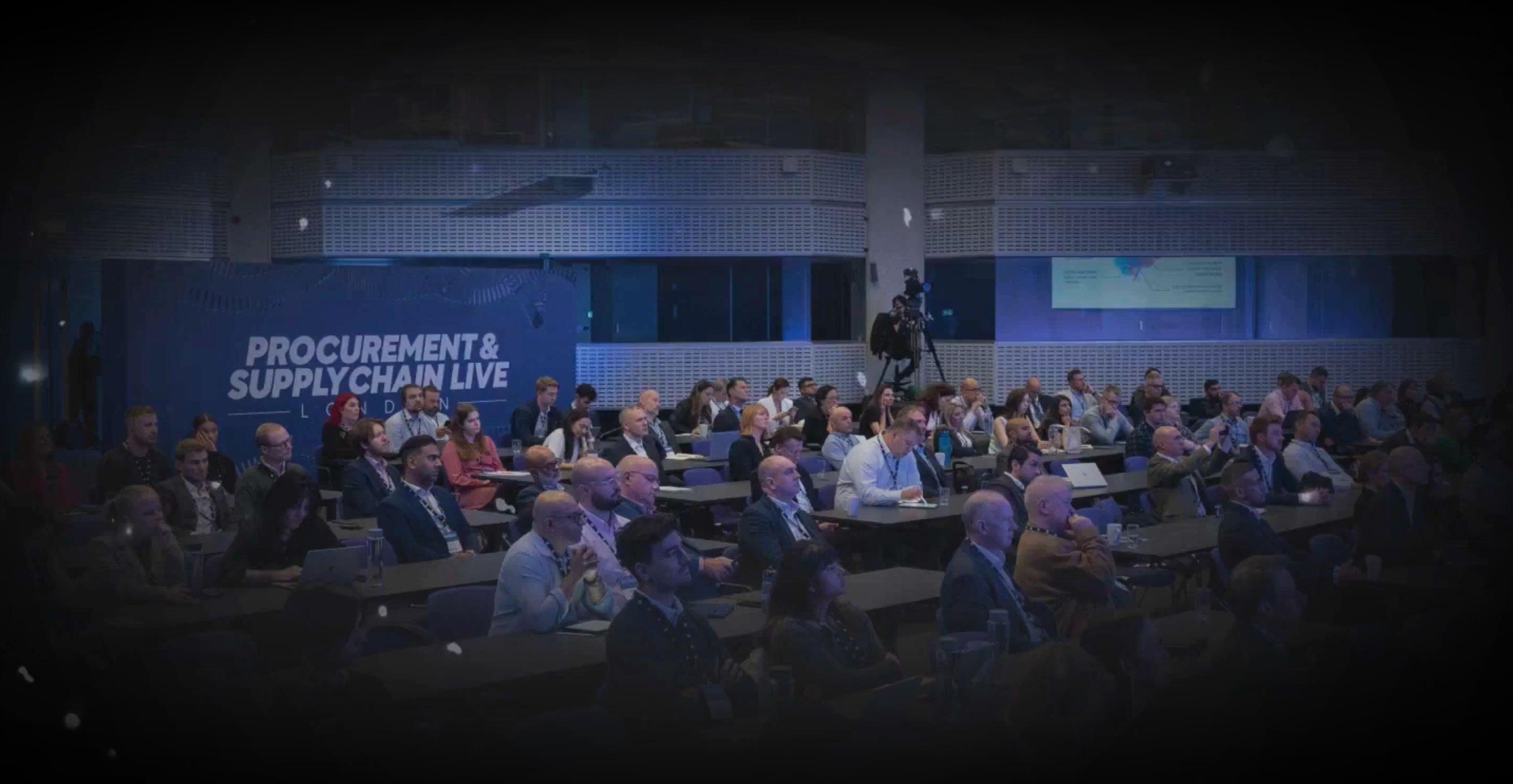
Sponsorship Opportunities
Do you want to position your brand in front of thousands of innovators, decision-makers and influencers?


Sponsor Procurement & SupplyChain LIVE to unlock the future of your business, access thousands of potential partners and influence businesses at the highest level.

Both global giants and innovative start-ups alike can discover the ideal platform with easy access to an engaged and active audience.
Contact a member of our team today to discuss sponsorship opportunities.
See you on 28th June 2023.
It’s time for DISRUPTION. GET YOUR PASS SPONSORSHIP
Innovators are paving the way for a more resilient, sustainable, and efficient future. The rules have changed. It’s time for disruption.
▶ Watch our showreel from PROCUREMENT & SUPPLY CHAIN LIVE London 2022
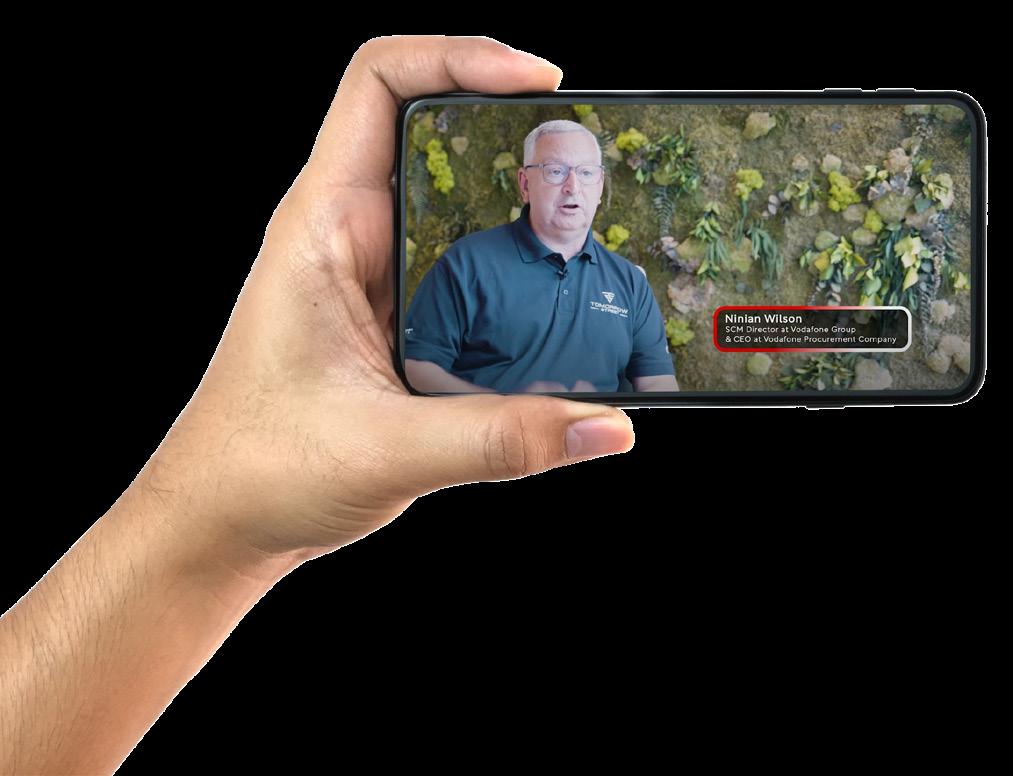
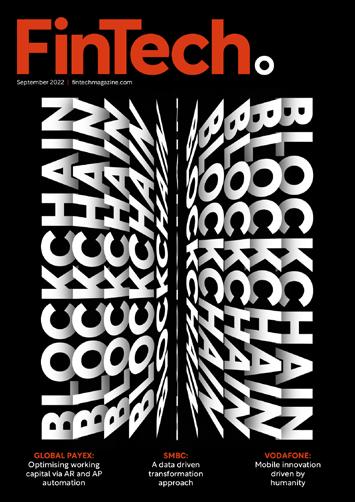
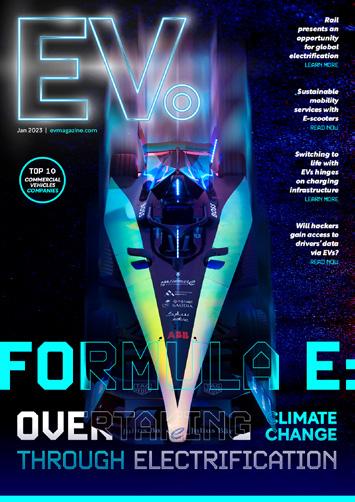


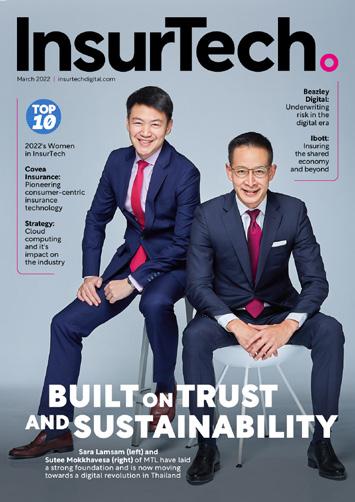



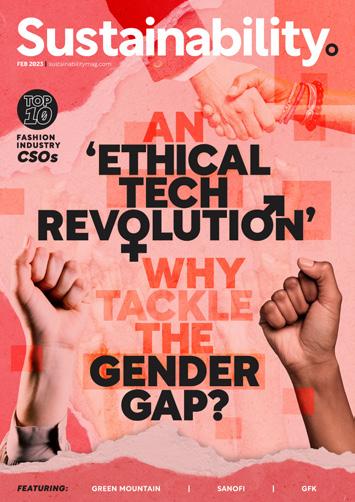
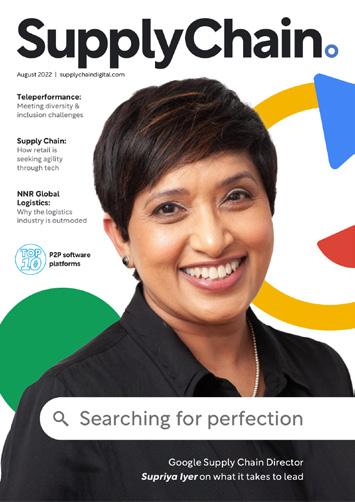
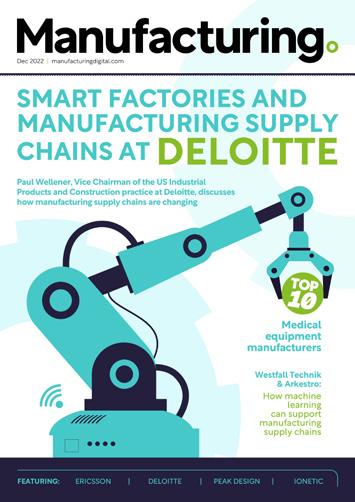
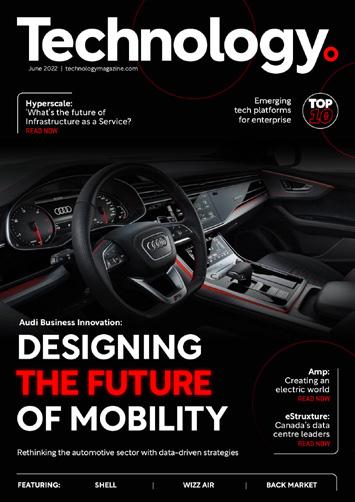
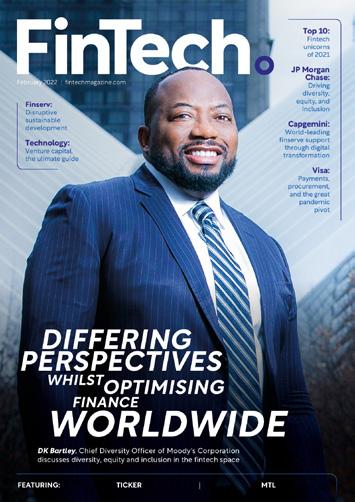

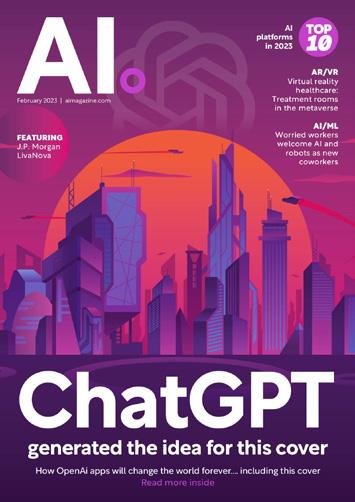

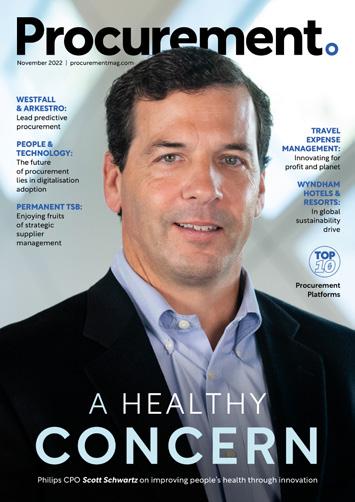

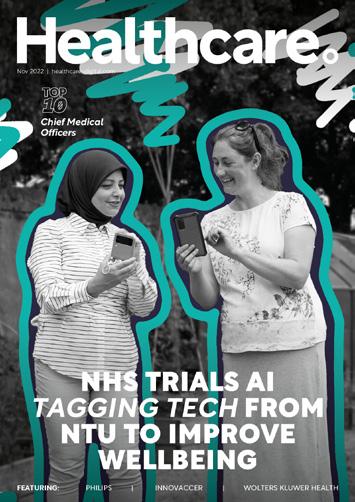

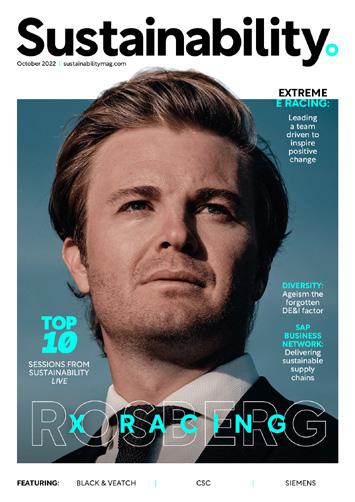

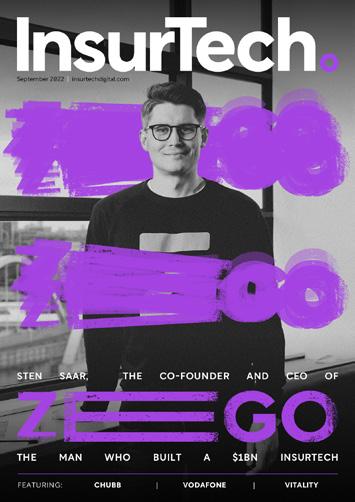


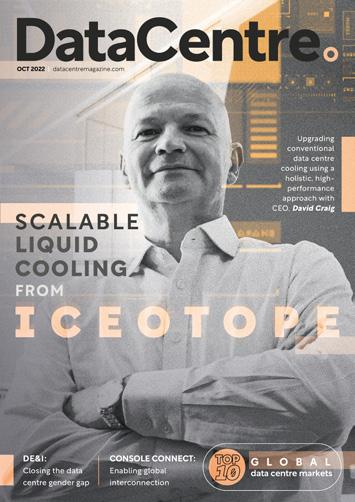

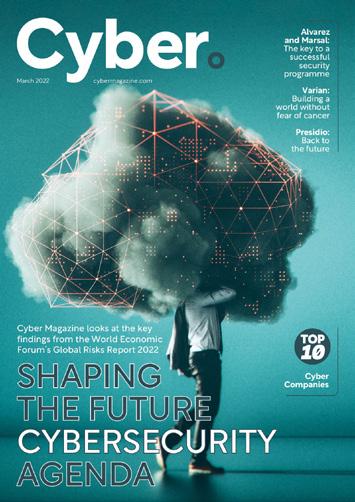

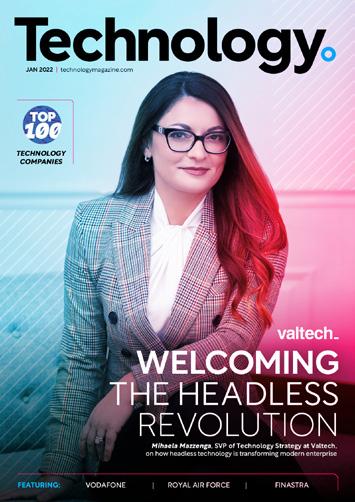
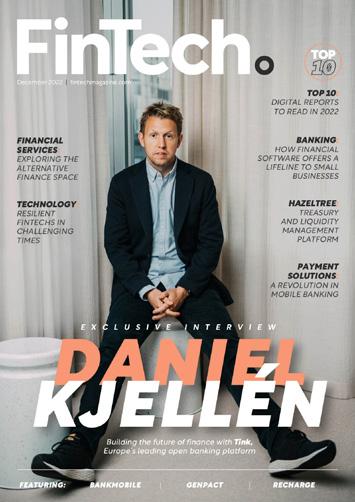

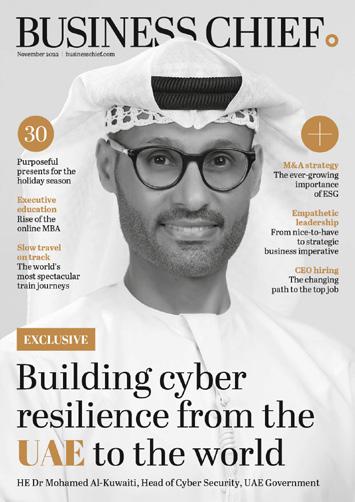

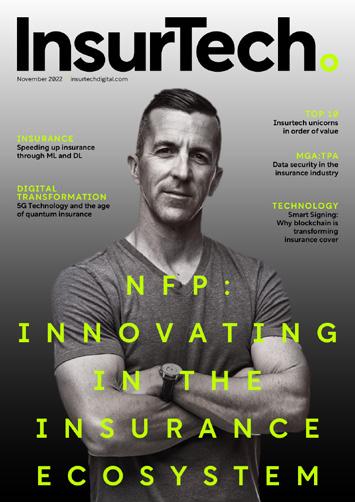

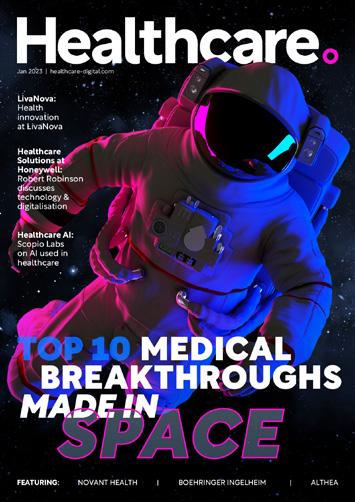



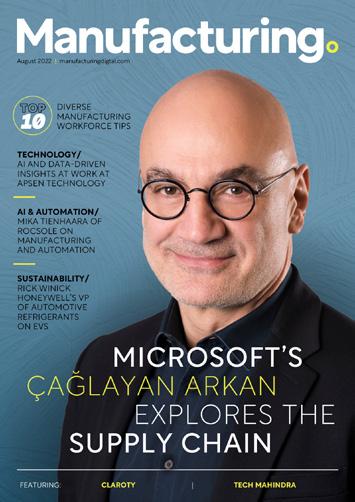
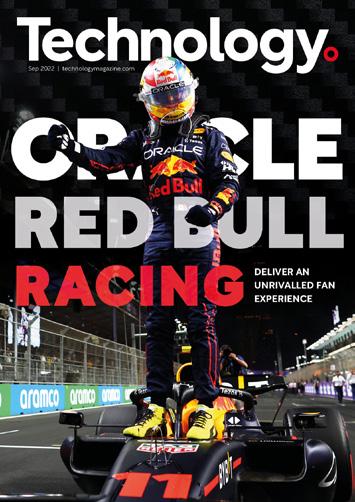
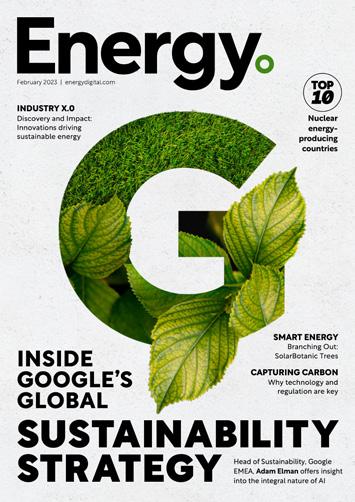

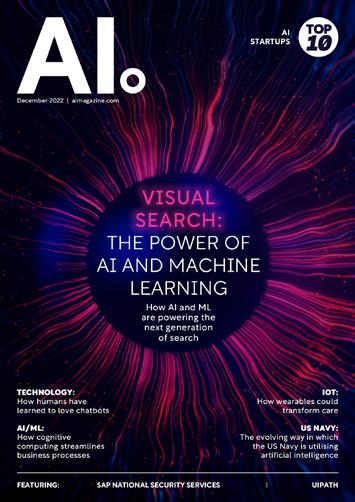
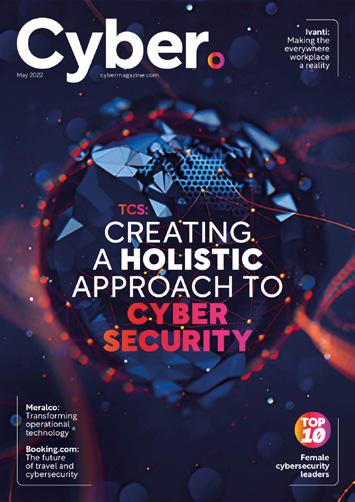


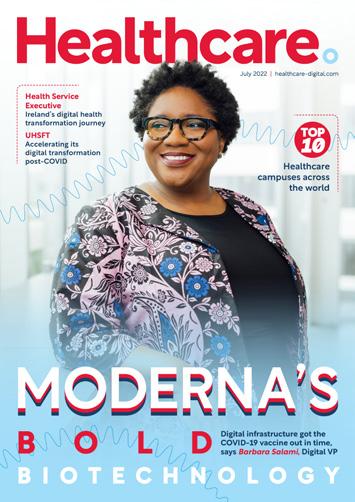



bizclikmedia.com
Ways to Work With us
We produce Digital Content for Digital People across 20+ Global Brands, reaching over 15M Executives
Digital Magazines
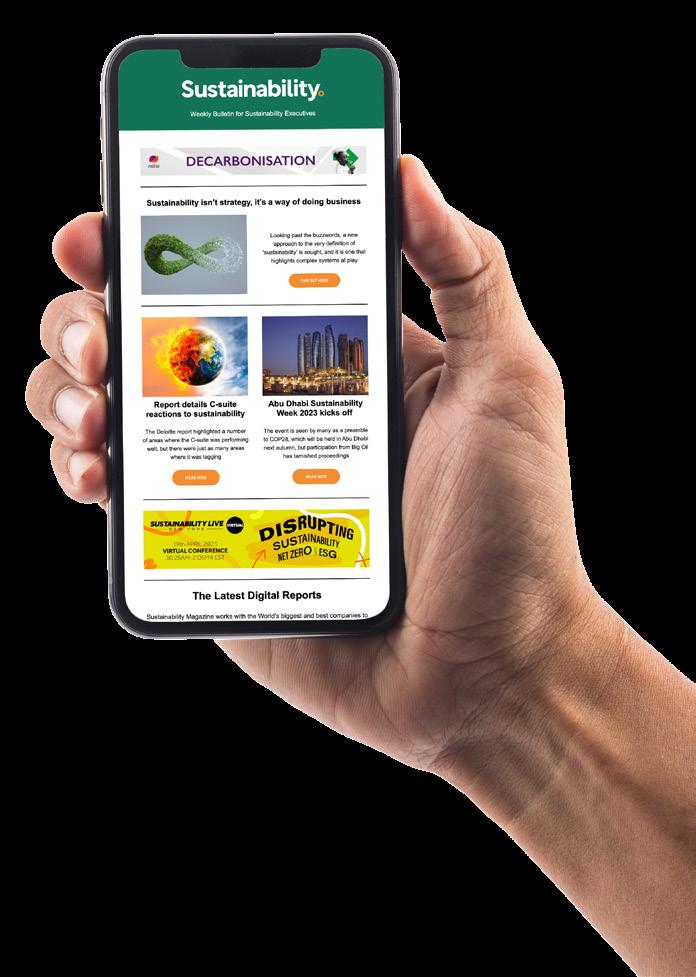

Websites
Newsletters
Industry Data & Demand Generation

Webinars: Creation & Promotion
White Papers & Research Reports
Lists: Top 10s & Top 100s
Events: Virtual & In-Person


Work with us

The SupplyChain Team
EDITOR-IN-CHIEF
SEAN ASHCROFT
CHIEF CONTENT OFFICER
SCOTT BIRCH
MANAGING EDITOR
NEIL PERRY
PROOFREADER
JESS GIBSON
CHIEF DESIGN OFFICER
MATT JOHNSON
HEAD OF DESIGN/


SUPPLYCHAIN LEAD DESIGNER

ANDY WOOLLACOTT
FEATURE DESIGNERS
MIMI GUNN
SOPHIE-ANN PINNELL
HECTOR PENROSE
SAM HUBBARD
REBEKAH BIRLESON
ADVERT DESIGNERS
JORDAN WOOD
DANILO CARDOSO
CALLUM HOOD
VIDEO PRODUCTION MANAGER
KIERAN WAITE
SENIOR VIDEOGRAPHER
HUDSON MELDRUM
DIGITAL VIDEO PRODUCERS
MARTA EUGENIO
ERNEST DE NEVE
THOMAS EASTERFORD
DREW HARDMAN
JOSEPH HANNA
SALLY MOUSTAFA
JINGXI WANG
PRODUCTION DIRECTORS
GEORGIA ALLEN
DANIELA KIANICKOVÁ
PRODUCTION MANAGERS
JANE ARNETA
MARIA GONZALEZ
CHARLIE KING
YEVHENIIA SUBBOTINA
MARKETING MANAGER
KAYLEIGH SHOOTER
PROJECT DIRECTORS
MIKE SADR
CRAIG KILLINGBACK
MEDIA SALES DIRECTOR
JAMES WHITE
MANAGING DIRECTOR
LEWIS VAUGHAN
CEO
GLEN WHITE
THE COMMUNITY
JOIN
+
DEMAND PLANNERS ARE THE MIRACLE WORKERS OF SUPPLY CHAIN
WHAT SUPPLY CHAIN CHIEFS REALLY NEED ARE CLAIRVOYANTS, BUT THE NEXT BEST THING IS A GOOD DEMAND PLANNER
A running joke among supply chain professionals is that, in today’s uncertain and volatile world, what they really need is the services of a clairvoyant armed with a crystal ball.
Instead, they have to settle for the next best thing: an old-fashioned, non-mystical demand-planning professional.
Demand planning has never been more important. Post-pandemic supply disruption, war in Ukraine, rampant inflation, and workforce volatility. The seismic challenges just keep rolling in.
That’s why, in this issue, we explore the role of demand planners – the people who optimise inventory levels, reduce out-of-stock instances, and improve customer service levels, while minimising costs and inefficiencies.
‘Miracle worker’ might be a better job title, given the difficulties most of them face on a day-to-day basis. But supply chain is full of miracle workers, and we do our best to give as many as possible their moment in the sun.

 SEAN ASHCROFT sean.ashcroft@bizclikmedia.com
SEAN ASHCROFT sean.ashcroft@bizclikmedia.com


SUPPLYCHAIN DIGITAL MAGAZINE IS PUBLISHED BY © 2023 | ALL RIGHTS RESERVED supplychaindigital.com 7
“Miracle worker might be a better job title for demand planners, given the challenges most face on a daily basis”
FOREWORD
CONTENTS
UP FRONT
014 BIG PICTURE Roll out the red carpet – for supply chain A-listers


020 LIFE TIME ACHIEVEMENT
Anna Spinelli: Deutsche Post DHL is a world-leading logistics company, founded in 2002 when Deutsche Post AG acquired DHL

024 FIVE MINS WITH Michelle Knight on how she helps businesses mitigate risk by providing visibility on the ever-changing supply chain ESG regulations landscape

020 024 014 160 8 April 2023
055 SUPPLY CHAIN
Fail to plan, plan to fail: the critical crystal ball of demand planning
076 LOGISTICS
Turbulence on journey to net zero air cargo

104 SUSTAINABILITY
Sustainable sourcing a net zero necessity

132 TECHNOLOGY
Uber freight looks to an autonomous future


160 TOP 1 0
Supply chain schools in the US
055
104 132 supplychaindigital.com 9
076
MAY 2 023
FEATURES
Business Design Centre, London


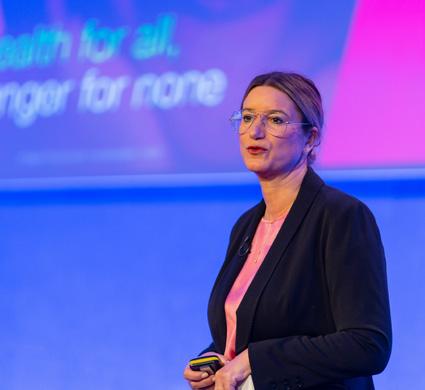

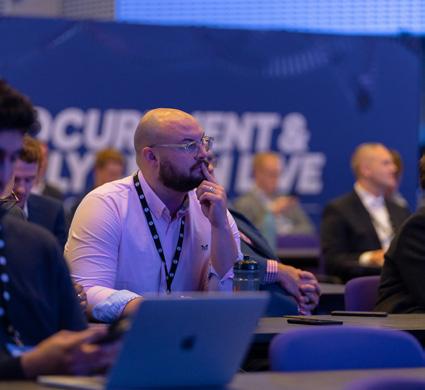




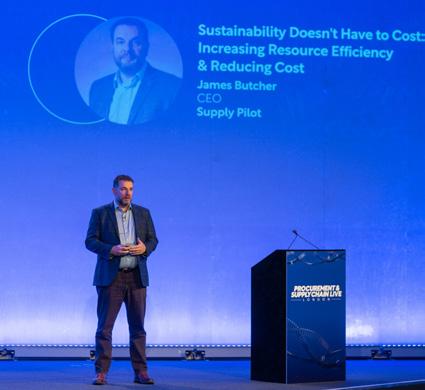



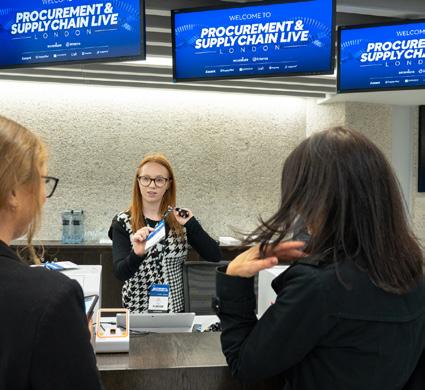



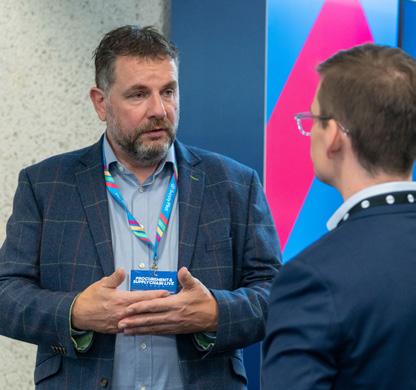

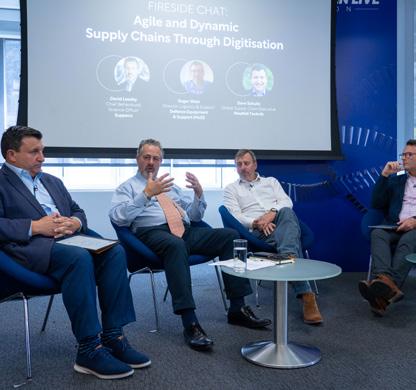




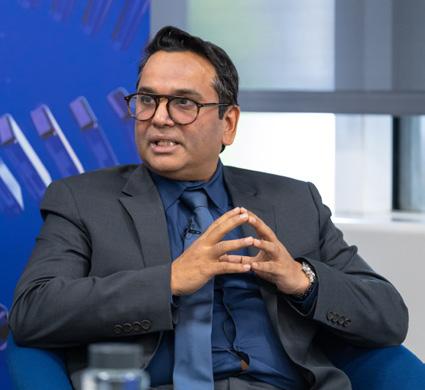


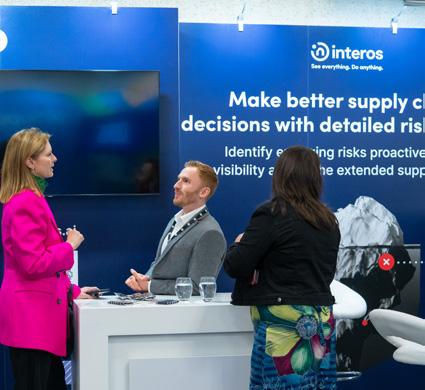

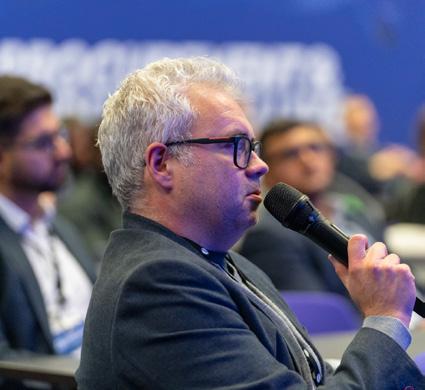

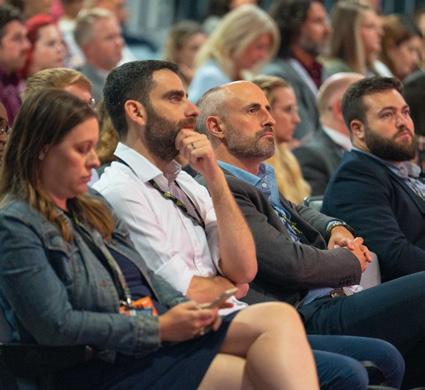


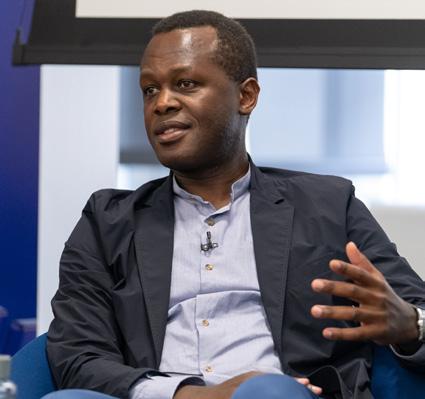

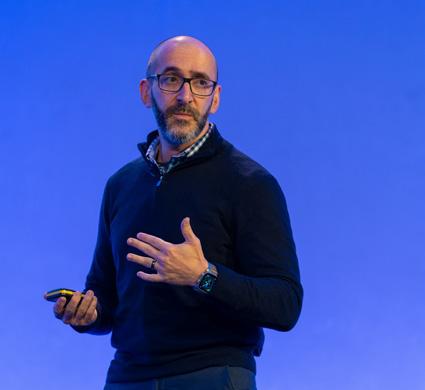


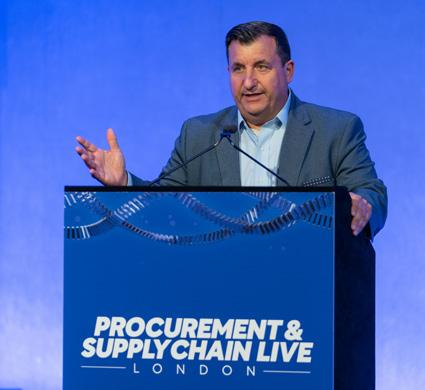






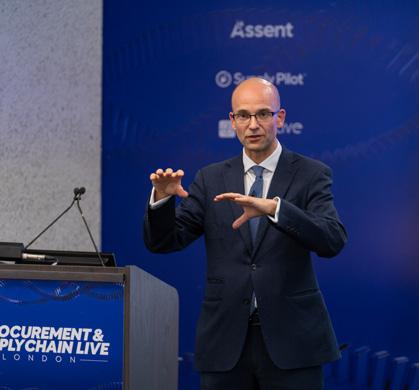

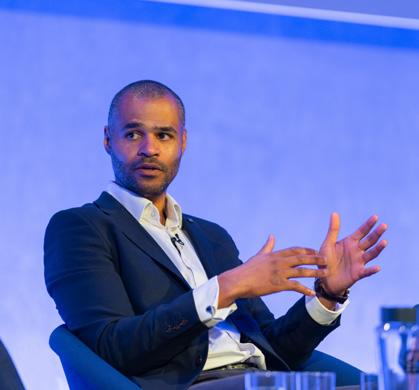

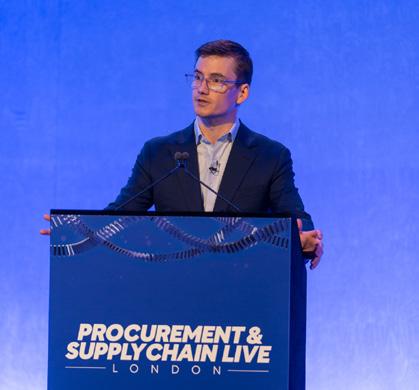
2023
26 - 27 September
GET YOUR PASS SPONSORSHIPS A BizClik Event Join the Event Disrupting Procurement & Supply Chain














026 060 088 116 144 MAY 2 023 COMPANY
026 HENKEL Henkel’s secret to success: Amazing customer experience 060 META Meta EMEA: Connecting communities through supplier diversity 088 UNITED UROLOGY GROUP Safeguarding health through supply chain 116 MICROSOFT Mike J. Walker at Microsoft empowers pharma supply chain innovations 144 MCLAREN Supply chain transformation in the fast lane 172 FARADAY FUTURE The leader in luxury electric vehicles supplychaindigital.com 11
REPORTS







A BizClik Event Join the Virtual Event Disrupting Procurement & Supply Chain 28TH JUNE 2023 VIRTUAL CONFERENCE
Join the must-see virtual event disrupting procurement and supply chain on the 28th of June 2023.
This year, we are bringing you a solely virtual event, Procurement & SupplyChain LIVE Virtual will highlight the innovators changing the industry. Brought to you by BizClik, Procurement & SupplyChain LIVE Virtual will be held on 28th June 2023, streaming remotely to virtual audiences around the world.
The unmissable event will feature expert keynote speakers, interactive fireside and panel discussions, and more. Do not miss this 1-day deep dive into the disruption and the future of procurement, supply chain and logistics.

Sponsorship Opportunities
Do you want to position your brand in front of thousands of innovators, decision-makers and influencers?


Sponsor Procurement & SupplyChain LIVE to unlock the future of your business, access thousands of potential partners and influence businesses at the highest level.

Both global giants and innovative start-ups alike can discover the ideal platform with easy access to an engaged and active audience.
Contact a member of our team today to discuss sponsorship opportunities.
See you on 28th June 2023.
It’s time for DISRUPTION. GET YOUR PASS SPONSORSHIP
Innovators are paving the way for a more resilient, sustainable, and efficient future. The rules have changed. It’s time for disruption.
▶ Watch our showreel from PROCUREMENT & SUPPLY CHAIN LIVE London 2022
BIG PICTURE
Roll out the red carpet – for supply chain A-listers

Cannes, France
Every year since 1946, the world has gathered in the tranquil French town of Cannes to enjoy the Cannes Film Festival. It’s one of the biggest media events in the world, as 4,500 film industry professionals – including an A-Z list of Hollywood icons – attend screenings and social events.
The procurement and logistical challenges around organising the festival are onerous, and include providing for:
n 80,000 festival goers
n 4,000 journalists
n 230,000 visitors (triple its usual population).
n 1,000 people working on the Festival.
Oh, and someone also needs to procure 180 metres of red carpet – every single day.
14 May 2023

supplychaindigital.com 15


“There is a sense of urgency that behaviour around sustainability must be part of your company’s strategy”
Anna Spinelli
Deutsche Post DHL is a world-leading logistics company, founded in 2002 when Deutsche Post AG acquired DHL
Anna Spinelli is a strategic thinker with a practical mind. In her 20-year career – as an experienced executive leading multicultural and diverse organisations – she has had to be.
Spinelli has a proven track record of driving transformation while enhancing performance sustainably. She says she is “passionate about developing meaningful supplier relationships and engagements, building a competitive ecosystem”.
Constantly looking for ways to enhance a company’s success beyond functional and personal boundaries, Spinelli began her career at Fiat Chrysler Automobiles.
Over the past two decades, she has climbed the corporate ladder, working for organisations in the automotive, consumer goods, telecommunications and logistics industries.
Such companies include Opel AG, General Motors, BMW and Phillips, before joining Deutsche Post DHL in 2020 as Chief Procurement Officer.
In March 2022, Deutsche Post DHL announced one of Spinelli’s
proudest moments since she began working for the logistics company: the signing of two of its largest Sustainable Aviation Fuel deals, with BP and Neste.
Working with her cross-functional procurement team, Spinelli contributes fully to the company’s sustainability roadmap, working to boost the company’s decarbonisation efforts. Spinelli’s peers on LinkedIn describe her as a “natural born leader”, with both “astonishing technical skills and interpersonal skills”.

Spinelli’s many skill sets include: purchasing, supply management, global sourcing, supplier development and supply chain management. In our recently published Top 100 Women in Procurement 2023, Spinelli sits in 21st place, and in the fast-changing world of procurement, she was named the single most influential woman in our 2022 list.
Sustainability in supply chain and procurement
It can be clearly seen from her career that Spinelli is a firm believer and advocate for sustainability.
LIFETIME ACHIEVEMENT AWARD supplychaindigital.com 17


LIFETIME ACHIEVEMENT AWARD DHL x Coldplay Working together for a more sustainable world tour WATCH NOW
Spinelli speaks eloquently about the value sustainability has in procurement, and also highlights the correlation between sustainability and long-term value creation among partners, and how building resilience to be more decisive in procurement can accelerate the value stream in business strategies.
“As such, procurement stands to benefit from the supply chain increasing its transparency and supporting sustainable and ethical sourcing strategies,” she says.
Spinelli adds: “Concerning Sustainability there is a sense of

ANNA SPINELLI

TITLE: CHIEF PROCUREMENT
OFFICER & HEAD OF MOBILITY
COMPANY: DHL FREIGHT
YEAR JOINED: 2020 (AS CPO)
EDUCATION: UNIVERSITÀ DEGLI
STUDI DI UDINE AND LICEO SCIENTIFICO
SKILLS: PURCHASING, SUPPLY MANAGEMENT, SUPPLIER DEVELOPMENT, STRATEGIC SOURCING
urgency. The expected actions and behaviours need to be part of your company’s strategy, which means where you put focus needs to be meaningful and fit to the company’s purpose – in our case, ‘connecting people improving lives’. Communication is therefore absolutely key and setting meaningful targets can also create focus on the critical topics.”
She is also a graduate from the Università degli Studi di Udine – with a degree in Management Engineering – and is fluent in four languages: English, German, Italian and Spanish.
supplychaindigital.com 19
MICHELLE KNIGHT
Michelle Knight on how she helps businesses mitigate risk by providing visibility on the ever-changing supply chain ESG regulations landscape
MICHELLE KNIGHT
TITLE: CHIEF PARTNERSHIP & STRATEGY OFFICER
COMPANY: ETHIXBASE360
WHAT IS YOUR PROFESSIONAL BACKGROUND?
Michelle Knight says of Ethixbase360: “We help organisations elevate, build, maintain and monitor sustainability in their supply chain.”

Knight provides clients with “a deep and broad view of supply chain risk”, including: anti-corruption, human rights, and labour & environment.
“We access complex data sets from millions of open sources to give clients transparency into their third-party supply chain,” she says.
» I have worked in the risk and compliance industry for over 25 years, in global roles with large risk-management organisations and boutique compliance companies in Hong Kong, Singapore, Sydney and London.
WHAT IS ETHIXBASE360, AND WHAT’S YOUR ROLE THERE?
» Ethixbase360 is a global leader in third-party risk and compliance technology. We offer a comprehensive end-to-end risk management solution for managing third party risk.
I oversee the research function at Ethixbase360, as well as looking into partnership opportunities and working on strategic accounts.
EXECUTIVE BIO
FIVE MINUTES WITH... 20 May 2023
BIGGEST ESG CHALLENGES FACING SUPPLY CHAINS?
» New regulations and reporting standards are placing demands on companies for more-credible corporate disclosures, which are linked to the risk of potential fines for non-compliance of existing or incoming ESG legislation.
This is coupled with an increasing customer awareness of sustainability themes, high expectations from new and existing employees to work for and with ethical companies, and the need to demonstrate solid ESG credentials in stakeholder management and investment raising.
More and more companies are being asked to measure and report on their supply chain sustainability metrics.
HOW DO YOU HELP FIRMS OVERCOME THESE CHALLENGES?
» By increasing end-to-end supply chain transparency, and by exploring
risk with all third parties, by interrogating that risk and by collaborating with third parties to elevate standards and protect businesses.
Originally, we focused on governance and anti-bribery risks but our platform and approach has developed handin-hand with our clients and their third parties off the back of their real-world needs, which is why we focus on risks across the ESG spectrum.
HOW DOES THE GERMAN SUPPLY CHAIN ACT CHANGE THINGS?
» This came into effect at the beginning of the year and affects all companies doing business in Germany, as well as their direct and indirect suppliers.
Companies with more than 3,000 employees must comply with the Law, with firms of over 1,000 employees being included from early 2024.
It applies to the entire value chain and specifies how companies must
“More and more companies are being asked to measure and report on their supply chain sustainability metrics”
supplychaindigital.com 21
perform due diligence on human rights and the environment, including analysing possible risks, taking measures to prevent and mitigate any violations, setting up grievance mechanisms, and reporting on relevant activities.
Compliance will require additional resources for companies that are affected, but those complying with similar laws in other countries have a head start, especially if they have automated due diligence and risk management processes.
Businesses still relying on manual or homegrown risk-management systems can expect a steep learning curve.
HOW DO YOU HELP FIRMS ADAPT TO NEW SUPPLY CHAIN LEGISLATION?
» Staying on top of ESG regulations is already very important for organisations, and it will become even more important over time. The new German supply chain law is part of a wider movement that’s likely to bring more ESG regulations. For example, the EU Supply Chain Directive, once approved, will mandate extensive due diligence requirements. Ethixbase360 helps by automating manual processes and providing a single platform for risk assessment, risk ratings, and other risk management workflows. It allows clients to replicate existing
FIVE MINUTES WITH...
22 May 2023
processes and workflows, for an easier transition from manual to automated systems. It also performs risk assessments on third parties, applying a company’s own risk criteria, thresholds and weighting.

WHO INSPIRES YOU?
» I continue to be inspired by my family, my friends and my colleagues who have all contributed to where I am today.
I have also been very fortunate to have lived in a number of different countries, both as a child and an adult. As a result I have experienced different cultures and learned to be resilient. I have grown from all these experiences.
We are Ethixbase WATCH NOW
“Staying on top of ESG regulations is already very important for organisations, and will become even more important over time”
supplychaindigital.com 23
HENKEL’S SECRET TO SUCCESS:
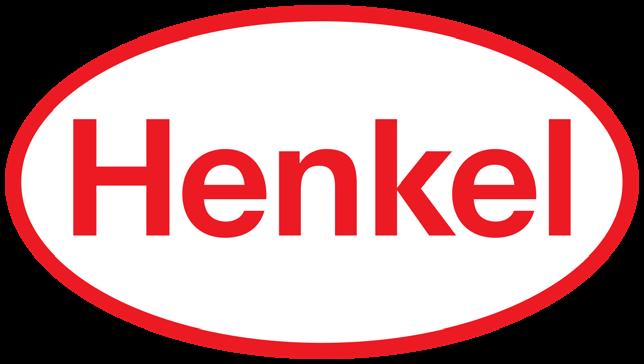
AMAZING CUSTOMER EXPERIENCE
WRITTEN BY: ILKHAN OZSEVIM
PRODUCED BY: CRAIG KILLINGBACK
26 May 2023
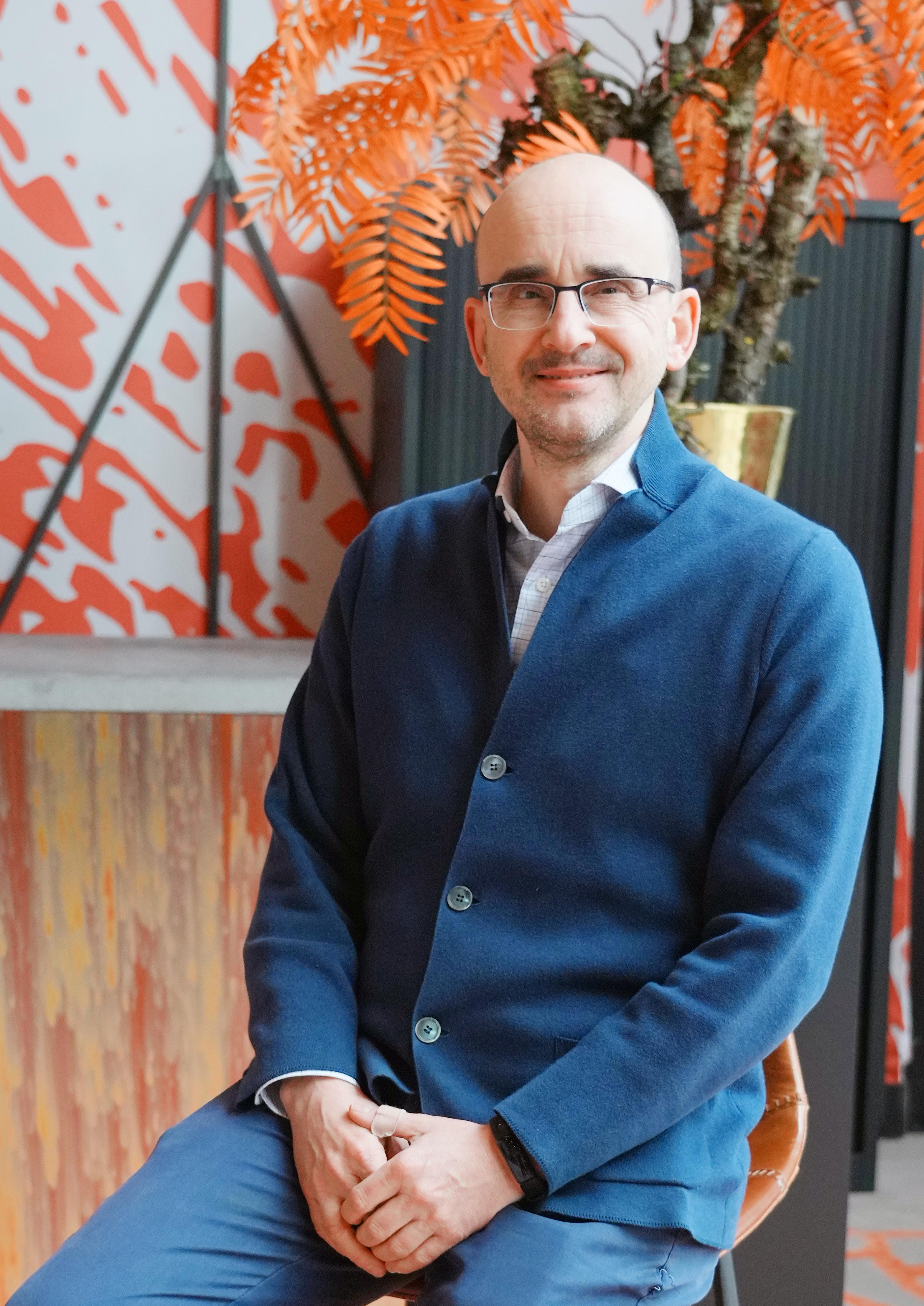
customercentric Supply Chain (SC) transformation
It all began with a vision. Henkel, the German multinational chemical and consumer goods company, many of whose goods you surely consume and have done since your childhood, saw that the world was changing. Henkel recognised that they needed to transform, and to be able to do this, they completely reimagined the supply chain.
Unravelling this vision, is Bjoern Neal Kirchner, the Global Head of Supply Chain for adhesive technologies. The goal was to create an amazing customer experience as a competitive edge.

Kirchner explains: “The vision behind the customer-centric Supply Chain (SC) transformation programme emphasised the potential for supply chains to contribute to the top line, in addition to the traditional bottom line.”
“While most supply chains focus on improving cost positions, inventory and working capital – in other words, KPIs established on traditionally internal data –Henkel believes that supply chains can also improve how customers engage with the company itself,” says Kirchner.
“By optimising the many touchpoints that customers have with Henkel throughout the entire supply chain interaction, such as ordering, logistics and planning, Henkel aims to provide a unique customer experience that can set it apart from its competitors.” This is a creative and visionary approach.
28 May 2023 HENKEL
Henkel’s
programme is nothing short of remarkable; Bjoern Kirchner shows us how they did it
Inspiration Center Düsseldorf: The state-of-the-art building comprises 30 labs and 4 technology centres for more than 650 Henkel employees

supplychaindigital.com 29
BJOERN KIRCHNER
TITLE: GLOBAL HEAD OF SUPPLY CHAIN FOR ADHESIVE TECHNOLOGIES
COMPANY: HENKEL
Bjoern Neal Kirchner is the Global head of supply chain for adhesive technologies at Henkel.
He is an experienced economist who has studied in both Munich and London. After completing his studies, he opted to travel to China where he was awarded a scholarship to study the Chinese language and immerse himself in the country’s culture. It was during this time that he began his career in logistics, as he sought to better understand China’s supply chain landscape. He secured a position at a logistics company, where he became captivated by the real-world challenges faced by businesses and their employees. From there, he continued to grow within the supply chain industry, holding various positions in different locations, including China, Hong Kong, Switzerland and Germany.

view
When asked how Henkel approaches establishing an amazing customer experience as a competitive edge, Kirchner explains that the company had to effectively relearn its perspective on customers.
The North Star
Instead of building on its own perception of what is good or effective and then executing on them, Kirchner says that Henkel engaged with customers on an entirely different level.
“So, we identified the values that were important to them in their engagement with us,” he says. “And through this process of value mapping, we identified areas where we may have not been delivering up to our customers’ expectations – in areas such as reliability, speed and innovation. Then, based on these findings, we implemented new programmes to improve the customer experience in all of these areas.”
So what is the guiding light in Henkel’s reimagining of the supply chain – or even more correctly – the value chain? Kirchner says: “We knew that we needed a North Star, and we needed it to guide the transformation and ensure that we were getting better at creating amazing experiences for our customers. This North Star was forged out of our customers’ values.”
As an execution-driven operational team, Kirchner says that Henkel are accustomed to having numbers guide them – making it difficult for something like the customer experience to be effectively measured.

“However, we needed an indicator,” he says, “an indicator that shows us whether we are making progress for our customers, and this is where the North Star shines.
“It is also crucial that, as an indicator, the North Star be connected to the overall
“Digital capability should overcome a purely functionalist view of supply chains”
BJOERN NEAL KIRCHNER
€11.242mn 2022 sales (Adhesive Technologies) supplychaindigital.com 31 HENKEL
GLOBAL HEAD OF SUPPLY CHAIN FOR ADHESIVE TECHNOLOGIES, HENKEL
Henkel and CAMELOT: A longstanding, trustful relationship
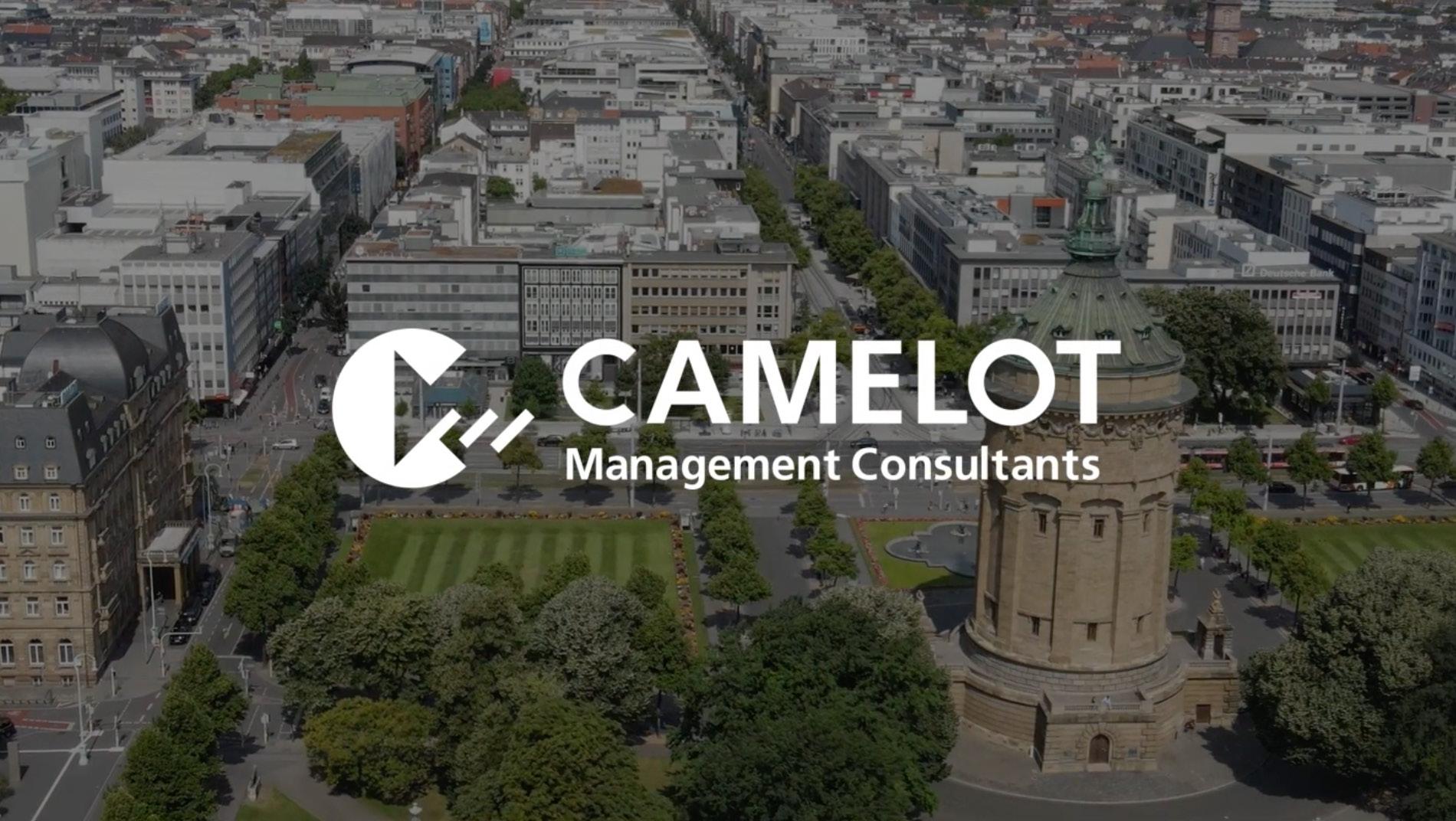
Bastian Kunze, Partner for Supply and Operations at CAMELOT Group, explains how his company became one of Henkel’s most trusted partners

LEARN MORE
Within any partner ecosystem, trust between organisations is absolutely paramount.
For more than a decade, it’s that exact trust that has enabled Henkel and CAMELOT Group to form a strong and fruitful relationship. CAMELOT has enjoyed 25 years of successful supply chain consulting, leveraging industry expertise in life science, chemicals, consumer goods and industrial manufacturing.
Explaining the firm’s core mission, Bastian Kunze, Partner for Supply and Operations at CAMELOT, says: “We connect people, processes, and technology to enable our global customers during their supply chain transformation journey.

“We are able to do that because we combine management consulting capabilities with enterprise application know-how and digital innovation.”
Trustful relationship at heart of supply chain projects
CAMELOT’S partnership with Henkel began with a supply chain process and solution implementation using SAP APO technology.
Several more projects followed in the ensuing years, mostly in the area of demand, supply and production planning – but always with the aim of innovating Henkel’s supply chain processes.
“We have had to tackle various challenges,” Kunze adds. “These were things like improving the inventory situation or helping Henkel to bring their demand process to the next level. But everything is based on a long-term, trustful relationship. That was always the foundation.”
Recently, the partners tackled a complex supply and inventory project, which saw CAMELOT implement the DDMRP (demanddriven material requirements planning) concept and the innovative Supply Chain Avatar DDMRP module by Elixum. This further improved and positioned inventory throughout Henkel’s entire supply chain network.
Elixum: Home of the Supply Chain Avatar
Elixum is a global software company that was born out of the CAMELOT Group and, in Kunze’s words, ushered in a “new era of operations and supply chain management”.
Its flagship product, the Supply Chain Avatar, is a cloud-based software suite enabling organisations like Henkel to build and plan resilient, sustainable supply chains by combining the best of two worlds. One element of this is next-generation, advanced planning and scheduling functionalities; the other is AI-driven, cognitive decision support during that process.
“With the in-built Hypertrust Platform,” Kunze explains, “the Supply Chain Avatar solutions can be implemented and deployed on any system infrastructure out there in the market.”
Success breeds trust
One thing that clearly helps to build trust between partners is success – and that’s exactly what CAMELOT has consistently achieved. The firm’s proven, market-leading supply chain process experience, combined with deep technology knowledge and global delivery capabilities, has continued to make the difference for Henkel and similar clients.
With its latest project, CAMELOT has increased the visibility of Henkel’s inventory status and projection, using increased automation that facilitates faster decision-making.
Kunze concludes: “We were able to position the inventory in the Henkel network at the right place, with the right quantity, with an overall effect of lower inventories – achieving a greater supply chain resilience.”
LEARN MORE

IN SUPPLY CHAIN PLANNING THE NEW WOW GET YOUR PERSONAL DEMO Orchestrate your supply chain at a new level with Elixum’s intelligent planning software. For insight-based decisions. For resilient operations in turbulent times. For sustainable success and growth. A CAMELOT GROUP COMPANY WWW.ELIXUM.COM https://elixum.com/ https:// elixum.com/ x.io x.io x.io x.i o x.i o x.i o
strategy of the company, which in our case is to create an amazing customer experience with our technologies. By doing so, we ensure that we are always aligned with our overarching goal, and that every step we take is working towards achieving that goal.”
Kirchner says that it’s important to put this indicator in place to ensure that momentum is not lost as progress is made. “Additionally,” he says, “ the truth is that people need encouragement, and seeing the North Star KPI rising is a clear sign that progress is being made towards the company’s vision. To achieve this, we reviewed our current service KPI and brought in the perfect order measurement.
The perfect order
The difference between the perfect order measurement and other internal data is that with the perfect order, Henkel is able to cast its net much wider, capturing data points from the customer’s perspective as well. By doing so, they are able to take into account the actual time of arrival; what the customer requested initially; and what Henkel have promised to deliver. “By measuring progress against these external data points, we can be sure that our customers will feel the difference,” Kirchner says.

supplychaindigital.com 35
HENKEL
Fixing a kitchen worktop with Pattex
Reimagining the customer-supply chain relationship – 360 degrees Henkel has a philosophy that “digital capability should overcome a purely functionalist view of supply chains”. Kirchner says: “Traditionally, supply chains are viewed as a linear chain of events that transform raw materials into finished goods, with the customer only at the end of the chain.
“However, Henkel believes that new technologies can enable a 360-degree view of the customer, putting the customer at the centre of all functions that interact with them.”

This approach requires a different set of technologies to ensure that everyone in the company has the same view of the customer experience. “For example,” he says, “service cloud technology allows for customer service interactions to be tracked and followed up on, providing insights into customer satisfaction levels.”
Digital capability, in this example, is an enabler to drive towards a new customer experience.
“The vision behind the customercentric Supply Chain (SC) transformation programme emphasised the potential for supply chains to contribute to the top line, in addition to the traditional bottom line”
36 May 2023 HENKEL
BJOERN NEAL KIRCHNER GLOBAL HEAD OF SUPPLY CHAIN FOR ADHESIVE TECHNOLOGIES, HENKEL
14% of global market
Across all 60 segments (Adhesive Technologies)
 Bjoern Neal Kirchner
Bjoern Neal Kirchner
Flo Group is the leading OTM implementing specialist from Europe and the developer of new software solutions to optimise logistic processes.
A team of experts in IT, supply chain and logistics solutions worldwide. Every day they implement, develop, integrate, and connect software to solve any supply chain and logistic challenge.
Discover our Services 〉〉

Flo Group delivers OTM with excellence in client-centricity
As the leading OTM implementation partner, Flo Group’s CEO Michiel Keijzer shares how its expert consultants deliver customer-centric strategy and outcome
With circa 250 consultants globally, Flo Group is the market leader for Oracle Transportation Management System (TMS) implementation. With core teams in Europe, India, and South America, Flo is home to many senior experts with more than 15 years of experience driving knowledge around the Oracle product, which is helping support small and large scale businesses.
Built on a people-centric culture, Flo enables its consultants to develop and grow with echoing effects across its team and client base, delivering excellence and a like-minded approach to transport management.
To achieve this, Flo Group’s CEO, Michiel Keijzer, explained how Flo has created
a templated approach upon which its consultants can build to support businesses operating globally.
“The template can subsequently have functionality and locations added to ensure the solution meets local needs where required,” says Keijzer. “We do encourage our clients to keep localisations to a minimum for ease of solution ownership going forward.”
In the early stage of Oracle TMS rollout, Flo is heavily involved in the process to ensure a successful execution, where consultants are able to get clients on board with the solution for their own specific use cases.
“Our consultants will develop the core solution
and then support the global deployment for each regional roll out,” says Keijzer. “During the roll-out stage, we will work with the clients’ own teams as they become more familiar with the solution. After each ‘go live’ during a deployment, we will hand over to the Flo support team that offers 24/7/365 live solution support and is thereby able to support any timezone.”
This client-centric approach inherently puts Flo in a great position to meet and exceed customer expectations, which has been critical to its success and a leading component of its journey to Oracle Transport Management (OTM) stewardship.



“Henkel believes in the outside-in approach to supply chains, taking in the views and the voices of the customer, as well as data points from outside the company, to design and improve its supply chain performance towards customers”
BJOERN NEAL KIRCHNER GLOBAL HEAD OF SUPPLY CHAIN FOR ADHESIVE TECHNOLOGIES, HENKEL
Adhesives production at the site in Düsseldorf
Rechanneling data: from inside-out to outside-in

Kirchner discussed the difference between the inside-out and outside-in approach to supply chains, and where Henkel stands on this.
Kirchner says: “As the term ‘supply chain’ indicates, it is, in essence, a chain of events. We can visualise this as two opposing streams. The first consists of the material flow, which exists from the procuring of raw materials, to producing intermediaries, on to finished goods, and finally out to delivering those goods to customers.
“Then there is the information flow –and this streams in the opposite direction, from the demand of the customer, on to production and procurement.”
The traditional inside-out approach is where a company accesses the information it has inside of its company, and constructs its reality around that. Kircher expresses that as a company matures in the supply chain, they enhance their perception of their needs, and this is where digital capabilities come into play. “You begin to understand that you need to extend your visibility to the data you receive on both ends of your value chain.” Kirchner says: “In contrast, the outside-in approach acknowledges that a company is part of a much larger value stream that includes suppliers, distributors, customers and consumers.
“By taking these perspectives into account, we are able to make decisions that are better aligned with the overall value stream. Henkel believes in the outside-in approach, taking in the views and the voices of the customer, as well as data points from outside the company, to design and improve its supply chain performance towards customers.”
supplychaindigital.com 41 HENKEL
Building the value chains of tomorrow
As a leading value chain consulting and technology company, Bluecrux transforms today’s supply chains into smart, efficient and fully integrated value chains. As a community, that is built on the intersection which they call “the Cutting X”: where problem meets purpose, and expertise meets technology. Where supply chains evolve, and value chains are forged.

Transforming supply chains into the value chains of tomorrow
with purpose. Like no other player in the market, we offer a unique value proposition. One where expertise and technology converges.” Bluecrux focuses on distinct industry verticals, backed by the belief that specialised knowledge is crucial. It focuses on these main clusters:
Schoenmakers.
Founded in 2011, Bluecrux uses an ecosystem approach transforming the value chains of tomorrow. “The time of either providing advice or providing technology solutions is behind us,” says Managing Partner Anouk Schoenmakers: “We work with our customers to go from the initial ideation towards actual implementation and real results, combining consulting services with state-of-the-art technology.”

Across Bluecrux’s diverse customer base, it sees the same elements creating the rising complexity companies need to deal with nowadays:
1. The increasing speed at which business decisions need to be taken.
2. The growing uncertainty that businesses are facing.
3. The digitisation of technological progress that is needed.
4. The looming market disruption behind every corner.
“And while our answer to our customers’ complexities is always different, the elements that make up our offering are typically the same,” says Schoenmakers. “We connect a deep understanding of the problem with solutions
1. Pharma
2. MedTech
3. Healthcare
4. CPG
5. Specialty chemicals
6. Industrial manufacturing
“In our focus industries, we have the ability to help our customers to transform their entire value chain end to end,” says Schoenmakers. “At the heart of Bluecrux is the belief that innovation is born of collaboration. This requires a community approach, building a movement that is called The Cutting X. Where supply chains evolve and value chains are forged.”
Bluecrux’s transformational, collaborative, customer-centric approach is essential to Henkel: “No longer looking from an inside-out perspective, pushing one size fits all standards across the supply chain. Instead, we look through the customer’s lens.” Schoenmakers says: “We share the belief with Henkel that supply chains should no longer be linear, functional and siloed. Hence, we started a transformation journey together, to deliver real customer centricity.”
The key to overcoming complexity and unlocking supply chain value is the convergence of business and technology, says Bluecrux’s Anouk
more
Learn

From vision to reality: crafting the customer CX program
According to Bjoern Kirchner, the first step of building a customer centric Supply Chain (SC) transformation programme at Henkel was to engage directly with customers and ask them about their experience. This was the ‘going broad’ approach.
However, with over 150,000 customers, it was not realistic to cover them all, so Henkel selected customer representatives and engaged deeply with them, performing value mapping and workshops to build a perception of what customers actually thought of the company: ‘going deep’.
The second phase was about creating ideas to fulfil different customer needs, such as innovation capability, quality, reliability and speed. Henkel then gathered teams across all functions to generate ideas on how to improve the customer experience, redesigning crucial touchpoints, such as

shipment experience, track and trace, sampling and complaints processes.
Kirchner says: “We structured the CX programme into three areas, including the differentiators, which were the redesign of crucial touchpoints with customers, the fundamentals, which were the subsystems to enable getting those data points, and the efficiencies, which was about bringing new technology to capture a different efficiencylayers, such as process mining and optical character reading.”
He admits that the transformation was a complex undertaking given the size of the company, but it was powerful for both sides of the equation, and could partially fund new initiatives while continuing to contribute to the bottom line.
supplychaindigital.com 45
HENKEL
Products on display, Düsseldorf
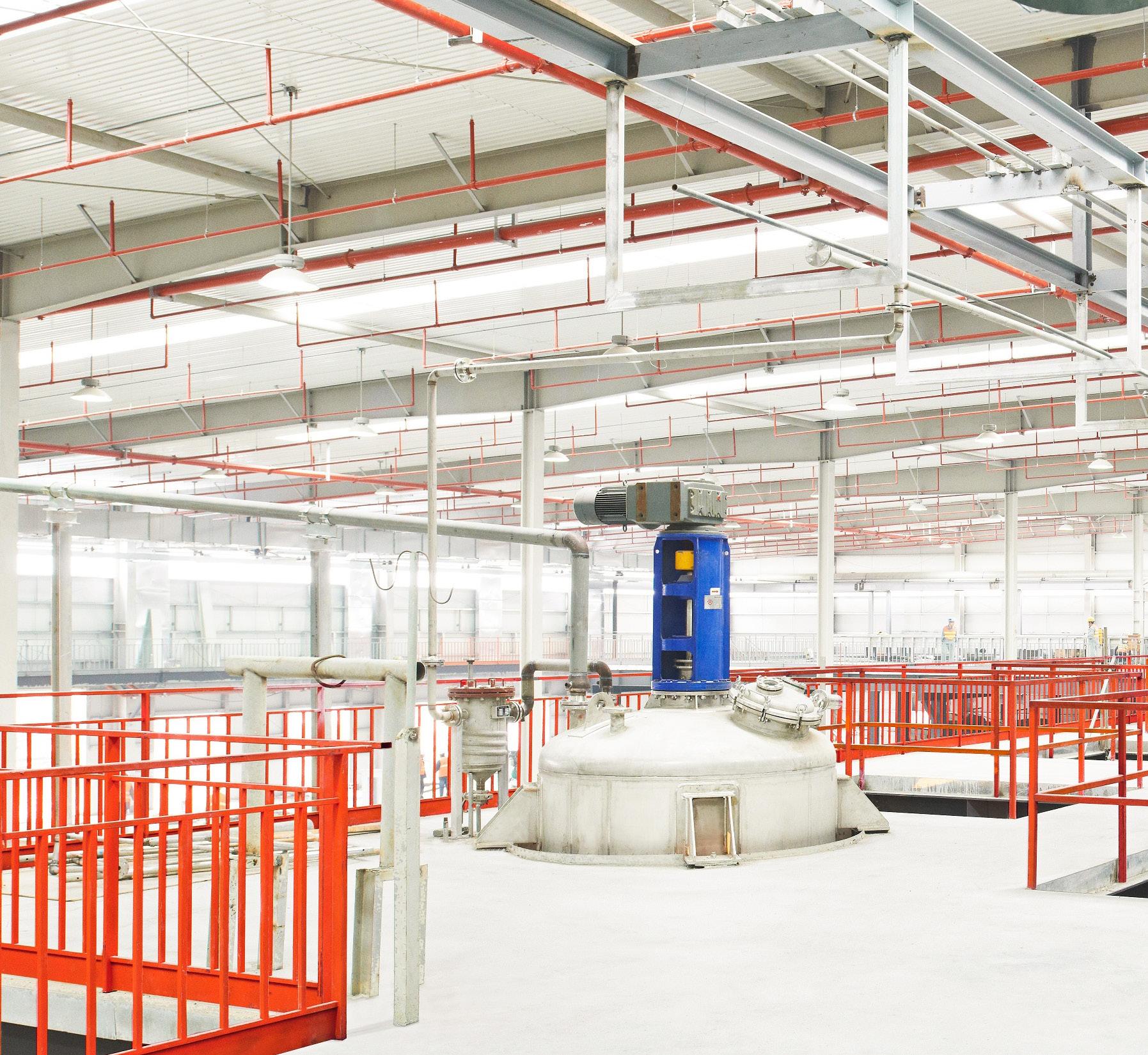


46 May 2023
(INSET): TCA: Application of thermally conductive adhesives for batteries of e-cars
(MAIN): Dragon Plant: Henkel is operating the biggest adhesive production facility near Shanghai, China
HENKEL
Henkel’s partner ecosystem Such an undertaking could not be executed without the right partner ecosystem. Just some of the partners involved with Henkel’s projects include Bluecrux, VMware, Camelot Consulting, and Flo Group.
“When looking for a partner to help with our vision of repositioning the supply chain, we needed someone who had experience not only in customer-centricity, but also in supply chain planning. Bluecrux, with its deep supply chain knowledge and customer centricity track record, was a great partner for us to work with,” he says.
Kirchner also talked about their partnership with Camelot Consulting, which helps them with their material master data governance process and quality control. “The other area of our partnership with Camelot is in planning capabilities, where they are implementing demand-driven MRP to drive customer-centricity and outside-in supply planning.”
Flo Group is another one of Henkel’s key partners, and they work together in the logistics arena. Specifically, Flo Group was Henkel’s implementation partner for OTM (Oracle Transportation

supplychaindigital.com 47
13.2% Organic sales development (Adhesive Technologies)
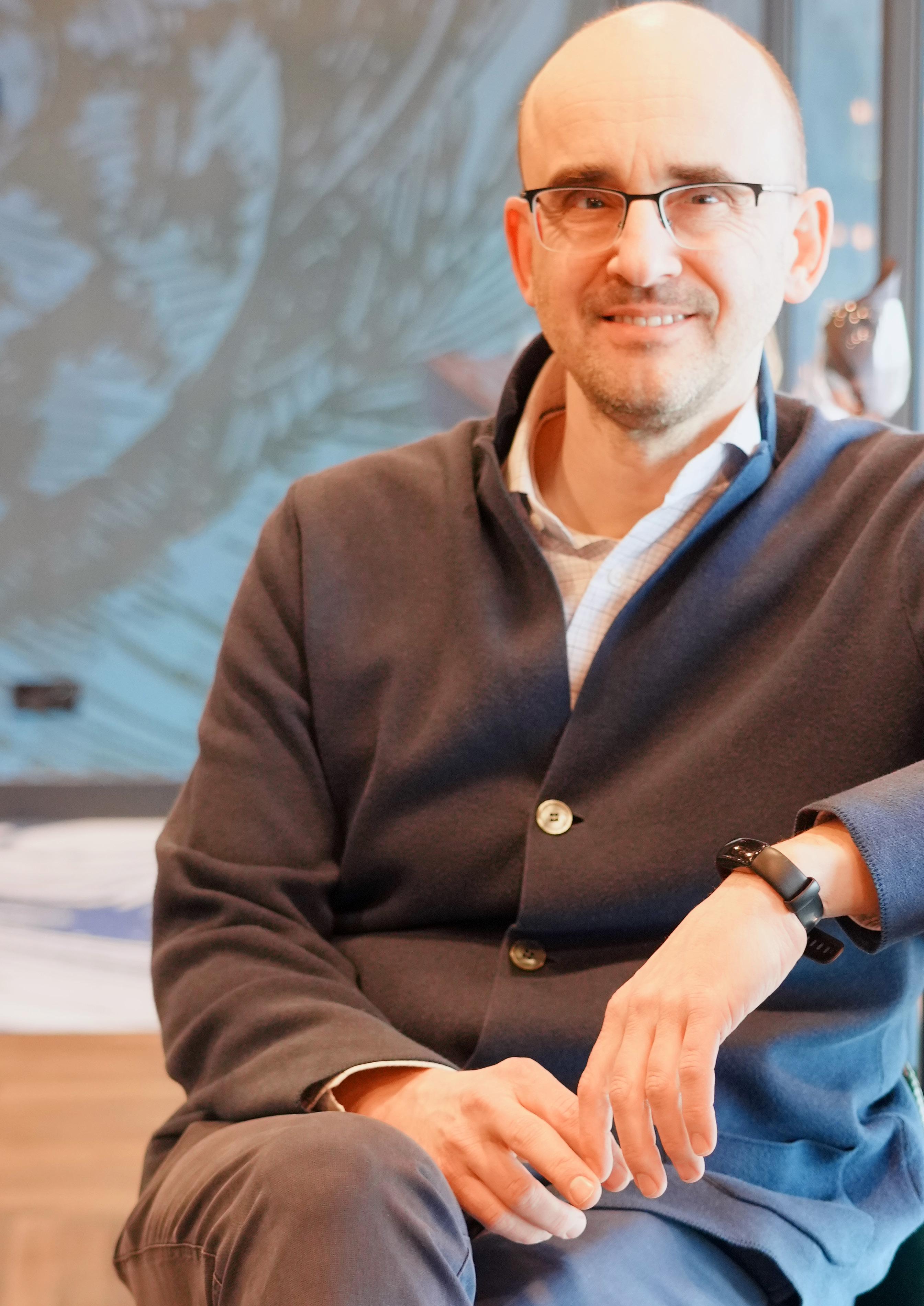
“Henkel believes in the outside-in approach to supply chains, taking in the views and the voices of the customer, as well as data points from outside the company, to design and improve its supply chain performance towards customers”
BJOERN NEAL KIRCHNER GLOBAL HEAD OF SUPPLY CHAIN FOR ADHESIVE TECHNOLOGIES, HENKEL
Management). Kirchner says: “Flo Group’s expertise in implementation is crucial to our undertakings”.
Then there is Salesforce. Kirchner expresses that they are currently implementing Salesforce’s main application – the service cloud – in their customer service and technical teams. “We have been impressed with how professionally Salesforce has been running the program and are happy to learn from them. I believe it was a wise decision to work with a best-in-class company like Salesforce, and to listen carefully to their advice.”
Last, but not least, in Henkel’s pantheon of key partners is Fourkites. Henkel sees T&T capability as a basic customer requirement to shape customer experience. Fourkites is Henkel’s strategic partner to deliver visibility and transparency in logistics services. In the past few years, Henkel managed to cover a significant part of the deliveries with Fourkites’ T&T platform, and there is an ambitious plan to continue the roll out of T&T in the coming year.
The greatest challenges and lessons

Kirchner describes the biggest challenge in their current role as balancing the urgent needs of their supply chain team with the important task of transforming and maturing their capabilities in terms of systems, processes, mindset and people. Henkel needs to make sure that the performance and transformation sides of their teams work in-sync, and don’t develop things independently.
On a slightly philosophical conclusion – but one that has obviously served him well, as can be seen in his overseeing Henkel’s customer-centric Supply Chain (SC) transformation programme – Kirchner tells me that the best advice he has ever received is “to figure out how fast you can be in implementing change – and then go a bit slower – to make sure that people have enough time to absorb and digest it all”. And that’s how you turn visions into realities.
supplychaindigital.com 49 HENKEL

50 May 2023
FAIL TO PLAN, PLAN TO FAIL: THE CRITICAL CRYSTAL BALL OF DEMAND PLANNING
The pandemic, ongoing supply chain disruption and volatile politics means the role of supply chain demand planners has never been more important
 WRITTEN BY: SEAN ASHCROFT
WRITTEN BY: SEAN ASHCROFT
supplychaindigital.com 51 SUPPLY CHAIN

A 52 May 2023 SUPPLY CHAIN
running joke among supply chain professionals is that, in today’s uncertain and volatile world, what they really need is not a welter of technology, but the services of a clairvoyant armed with a crystal ball. But in the absence of such help, the next best thing is an old-fashioned, non-mystical demand-planning professional.
The importance of demand planning has been elevated by ongoing postpandemic supply disruption, happening against a backdrop of war in Ukraine, rampant inflation, workforce volatility and the looming spectre of recession But what is supply chain demand planning, exactly? This is the process of predicting customer demand for products or services and determining the amount and timing of inventory needed to fulfil that demand.
The goal is to optimise inventory levels, reduce out-of-stock instances and improve customer service levels, while minimising costs and inefficiencies.
It is a skill that is built on data analysis around customer-demand patterns, market trends, sales forecasts, and historical sales data.
This information is used to build a demand plan, which outlines the expected demand for products or services over a specific time period.
Once the demand plan is in place, supply chain professionals can use it to determine the amount and timing of inventory needed to fulfil that demand. This can involve working with suppliers to ensure timely delivery of raw materials or finished goods, managing warehouse inventory levels, and coordinating production schedules to meet demand.
Effective supply chain demand planning is critical for businesses that want to stay competitive and meet customer needs while minimising costs and inefficiencies.
By accurately predicting demand and optimising inventory levels, companies can improve customer satisfaction, increase revenue, and reduce waste and inventory carrying costs.
Here, we speak to Jefferson Barr, Chief Marketing Officer at supply chain planning specialist, Netstock. Barr gives his views on how the pandemic and technology has changed the discipline, but also how key elements of it remain unaltered.
A
“Knowing your customer is an enormous benefit to demand planning”
supplychaindigital.com 53
JEFFERSON BARR, CHIEF MARKETING OFFICER, NETSTOCK


How does customer-understanding help demand planning?
The purpose of demand planning is to generate a future plan that the organisation thinks reflects consumption by their customers, so knowing your customer is an enormous benefit. The use of statistical forecasting methods should be adopted in order to use the historical customer consumption data.
This enables organisations to derive patterns and trends and provide future projections of what could be consumed. Demand planning is after all a process of planand-review, and the more customer insight you have to add to the mix, the more accurate your forecasts will become.
We have also found that ‘what-if’ demand planning provides huge benefits to our customers, especially in light of all the recent supply chain disruptions.
What-if scenarios allow them to see the net effect of various actions. For example, what if they adjust lead times from 90 to 180 days for a particular channel? This would allow them to see how much more inventory they would need to order, and what the financial impact of these changes would be.

“Volatility within the supply chain is the new norm, which makes demand planners more crucial than ever”
JEFFERSON BARR, CHIEF MARKETING OFFICER, NETSTOCK
supplychaindigital.com 55 SUPPLY CHAIN
How important is a deep understanding of one’s suppliers?
Very. We have seen where our clients went through a process of identifying underperforming suppliers, surfacing the past results, and finding that those suppliers were completely unaware of what was happening in the organisation. This is often the case when you deal with hundreds, or even thousands, of suppliers. Better collaboration leads to a leaner stock-holding, and the ability to jointly plan around supply chain disruptions.
Jefferson Barr
TITLE: CHIEF MARKETING OFFICER
COMPANY: NETSTOCK
INDUSTRY: DEMAND PLANNING
LOCATION: NEW YORK
An experienced sales and marketing executive, expert in SaaS, B2B, high-tech and enterprise software solutions. He says of himself: “I’m proficient in developing and executing strategic sales and marketing programs focused on driving revenue, generating demand, building market awareness, and consistently achieving business goals.
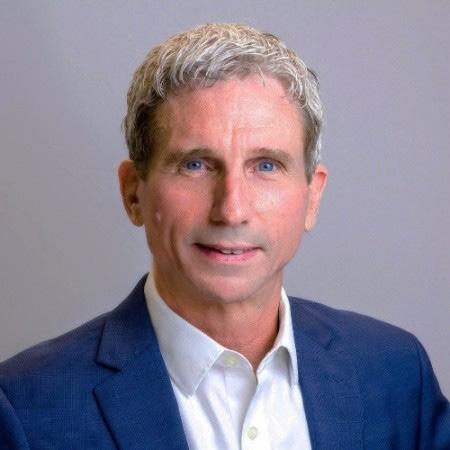
Pre-digital, what did demand planning look like?
Demand planning is a process, and as with any process you have a list of steps that needs to be followed for it to work. With all the sophisticated planning tools available today, this process is sped up so that demand planners can review past results at scale and identify exceptions much faster than the old “line-by-line” paper-based review process.
What
elements of pre-digital demand planning remain important?
Most definitely the internal collaboration between different stakeholders in the organisation. Demand planning is an inputheavy, people driven process and there are also various units of measurement within the organisation.
Unfortunately, that will not be replaced by any planning tools in the near future, as people are connected to the real world and their judgement is a key input to the demand planning process. But a word of caution here: technology will only help you do ‘bad things’ quicker if you don’t have proper processes and procedures in place.
How different was demand planning, pre-pandemic?
The work-from-home movement obviously resulted in far more remote planningsessions. We have seen that remote planning-teams often spend more time huddling around the issue at hand and less time on inter-relationship tension, which we all know exists in a highly stressful environment like a demand planning review meeting. In many cases, the ‘newnormal’ way of remote demand planning has improved the flow of insight and quality of planning.
Retailers ‘don’t plan around supply chain kinks’
Last year, many multinational retailers faced an unprecedented glut of inventory, most notably Nike. Part of the problem is that retailers are adept at planning for recession, but are not so great at doing so for kinks in the supply chain. The average recession is 10 to 12 months long, and retail CEOs are planning for economic uncertainty; they’re planning for this economic risk factor.
“But they are less likely to plan for supply chain imbalances, and take proactive steps to de-risk their supply chains.

Alla Valente, Senior Analyst at global market research firm, Forrester, agrees
retailers need “to do a better job at planning for the correct levels of demand”.
“If retailers want to restore supply chain to its former healthy state they need to consider unplanned events,” she said. “For example, how much longer will the war in Ukraine last?
“And what about climate chaos in certain parts of the world? How might this impact suppliers in high-risk areas?
“Then there’s record inflation. How much further is it going to peak, and how is that going to impact companies that are suppliers or maybe suppliers of your suppliers?”
supplychaindigital.com 57 SUPPLY CHAIN


Netstock demo overview WATCH NOW SUPPLY CHAIN
How valuable are demand planners in times of uncertainty?
Demand planners are becoming way more valuable to organisations that have complex supply and demand chains that need to be planned.
What the pandemic proved is how fragile the supply chain really is. We have witnessed how a seemingly obscure disruption in supply and demand can bring the whole house of cards tumbling down. Volatility within the supply chain is the new norm, which makes demand planners more crucial than ever to supply chain management.
What does best-practice demand planning entail?
Demand planning teams should be connected to other stakeholders and foster collaboration within the business. Within organisations, teams have different roles, incentives, and views on supply chain excellence. Visualising supply chain issues through collaborative planning helps organisations improve alignment and drive reliability in business results and basic business strategies such as:
n What are the goals of the various divisions in the organisation?
n What service level do we want to offer our customers?
n Are we driving towards service level or market growth?
These goals all have different outcomes, and organisations need better planning collaboration to to collectively achieve these goals.
And to successfully implement collaborative planning programs that drive supply chain excellence, companies must be clear on the role of the forecast and the inventory plan.
Grocery demand planning is high-wire act
Within retail, one segment is set apart from the others: grocery. Demand planning for perishable goods is a different ball game. But the consumer packaged goods companies supplying a given retailer with products only see what the grocers are ordering. They have no idea what customers are buying, or when.
And this is where lags can occur. If a significant order is made based on inventory and then it’s shipped, it can become disconnected from the actual consumer demand signals. This can cause imbalances in the supply chain, including out-of-stock in one region and overloaded inventory in another.
The right data and analytics tools can help identify customer behaviour, as well as track the quantity and quality of produce coming in, and also produce that is going to waste.

“Collaboration leads to a leaner stock-holding and the ability to jointly plan around supply chain disruptions”
JEFFERSON BARR, CHIEF MARKETING OFFICER, NETSTOCK
supplychaindigital.com 59


60 May 2023
META EMEA: CONNECTING COMMUNITIES THROUGH SUPPLIER DIVERSITY

AD FEATURE
WRITTEN BY:
ILKHAN OZSEVIM
AD FEATURE
PRODUCED BY:
GLEN WHITE
supplychaindigital.com 61
META
Krystle Sands, Head of Supplier Diversity for the EMEA region on Meta’s global mission to foster opportunities for diverse-owned companies
Meta’s mission is to give people the power to build community and to bring the world closer together.
According to Krystle Sands, Meta’s Head of Supplier Diversity for the EMEA region, this holds true for her team’s work as well. “When it comes to supplier diversity, Meta’s goal is to create opportunities for diverse-owned companies to do business with Meta, and the people and communities that Meta connects.”
This principle of ’connection’, acts as a sort of subtle double-entendre in Meta’s vision, since it simultaneously means bringing people together; and also empowering them to network through its technologies.
Supplier diversity at Meta is one of ambitious proportions, but it has already exceeded expectations both in terms of its reach and its impact.
In 2020, the company announced their public commitment to invest a minimum of US$1bn with diverse-owned suppliers and US$300mn with black-owned businesses.
“We surpassed that goal in 2021, with an amazing recorded spend of US$1.4bn globally with diverse-owned companies, and US$306mn with specifically blackowned businesses in the United States. And we’ve been focusing on continued progress, says Sands.”

62 May 2023 META
2004

Year founded (then Facebook) 2021 Facebook became Meta Platforms, Inc
$116bn Revenue (USD)
10K+
Number of Employees
CEO Mark Zuckerberg
Such a level of growth and expansion is nothing short of incredible, and it speaks to both to how foundational DEI is at the company, as well as the unmistakable explosion in demand for such projects.
And as the demand accelerates, adept companies will move with the zeitgeist accordingly. But only the most visionary will have the wherewithal to actively stimulate that demand.
In keeping with this axiom, Sands says that Meta’s Global Supplier Diversity work has evolved quite dramatically over the last few years. Originally launched in 2016,

“Meta’s mission is to give people the power to build community and to bring the world closer together”
64 May 2023 META
KRYSTLE SANDS HEAD OF SUPPLIER DIVERSITY FOR THE EMEA REGION, META
it has expanded across countries and regions ever since.
“In 2020, we launched our efforts in APAC, EMEA and LATAM, and the real focus was on making as big an impact for diverseowned businesses as possible,” she says.
Sands knows that one of the main reasons that Meta has been so impactful is because of the way that the company communicates concerning supplier diversity within the business.
“Everyone at Meta is a buyer,” she says. “We want Meta employees to be intentional in the way that they spend their budgets,
$1bn
In 2020, Meta announced their public commitment to invest a minimum of US$1bn with diverse-owned companies and US$300mn with black-owned businesses
$1.4bn
In 2021, Meta recorded a US$1.4bn spend with diverse-owned companies and a US$306mn with U.S. black-owned businesses, exceeding its annual goal
and I think that’s a big part of the reason why we’ve been one of the fastest growing supplier diversity programs in the whole world.”
Last year, Meta was inducted into the Billion Dollar Round Table (BDR). “It was an incredible achievement for the team globally, but we’ve still got more to do, and much more of an impact to make,” she says.

As an organisation with such weight, Meta is perfectly oriented to have a serious impact in supplier diversity on a global scale, and we can already see its influence.
Supplier diversity is the branch of DEI that particularly focuses on the economic aspect of the grand project; recognising that economic empowerment is closely tied to, and indivisible from social empowerment. In the end, it all goes back to first principles.
“Opportunities shouldn’t be based on historical systemic biases and supplier diversity really challenges that,” says Sands. “For me, that’s why it’s so important to hold companies to account in terms of how they spend their money; and consequently how they affect broader
supplychaindigital.com 65
society in the creation of generational wealth and socioeconomic change.”
There are still many people that labour under the false impression that only the largest players, and the largest suppliers in the world are really capable of bringing about any kind of meaningful change; and so ’why then should the small players even play?’
Krystle Sands is not one of those people. She illuminates the situation for the fatalist and disaffected by saying: “Diverse suppliers have an enormous impact on their communities. They employ people; they pay rent; they bring massive value to our economies – economies which are primarily made up of small and diverse-owned businesses that exist to really drive us forward through their innovation, entrepreneurship –and the diverse perspectives that they bring.”
From this angle, supplier diversity is grass-roots, and it is in this recognition that Meta shines.

“Diverse suppliers have an enormous impact on their communities. They employ people; they pay rent; they bring massive value to our economies”
KRYSTLE SANDS HEAD OF SUPPLIER DIVERSITY FOR THE EMEA REGION, META
66 May 2023 META

Meta’s S2P and supplier diversity journey
Meta’s source-to-pay organisation has been on an impressive transformational journey over the past few years. When Sands came aboard back in 2019, she joined a small global team who were set to expand. Since then, the team has expanded out on an international scale. They’ve grown in their tooling, their processes and their capability, all within a very short timeframe.
“We’re able to do this by building connections, by driving stakeholder engagement and by building an intuitive buying experience – all while streamlining our processes,” says Sands. “We’ve aligned our performance measures to north stars that embody source-to-pay’s commitment to our stakeholders. Supplier diversity sits within one of those North Stars and shines as part of our community pillar.”
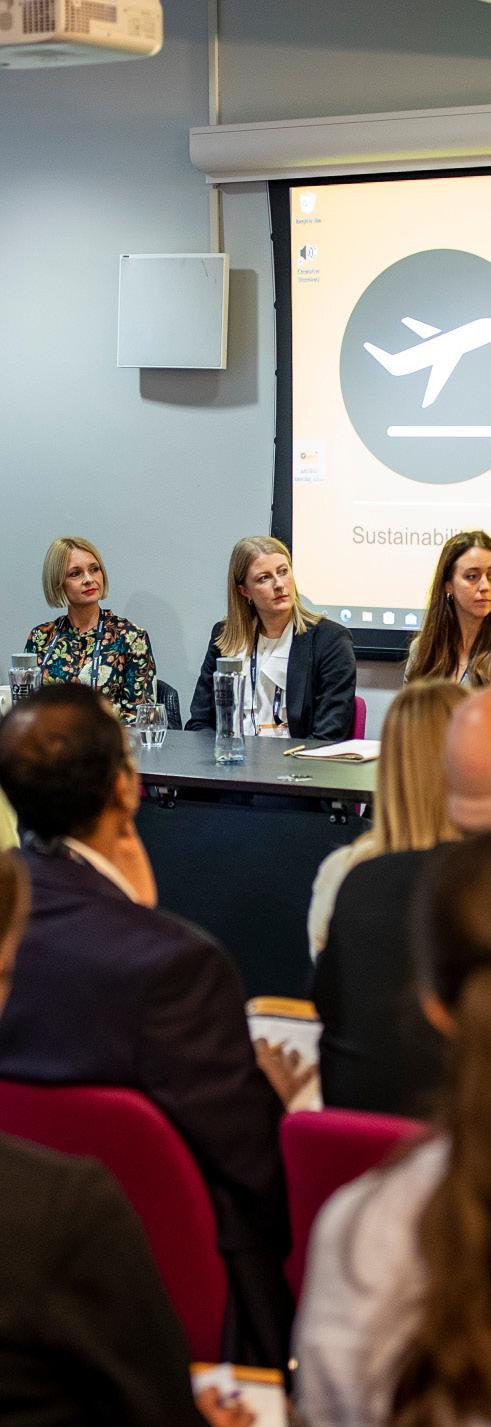
“Opportunities shouldn’t be based on historical systemic biases and supplier diversity really challenges that business norm”
68 May 2023 META
KRYSTLE SANDS HEAD OF SUPPLIER DIVERSITY FOR THE EMEA REGION, META
2016
Meta’s supplier diversity initiative was originally launched in 2016, and has expanded globally ever since.
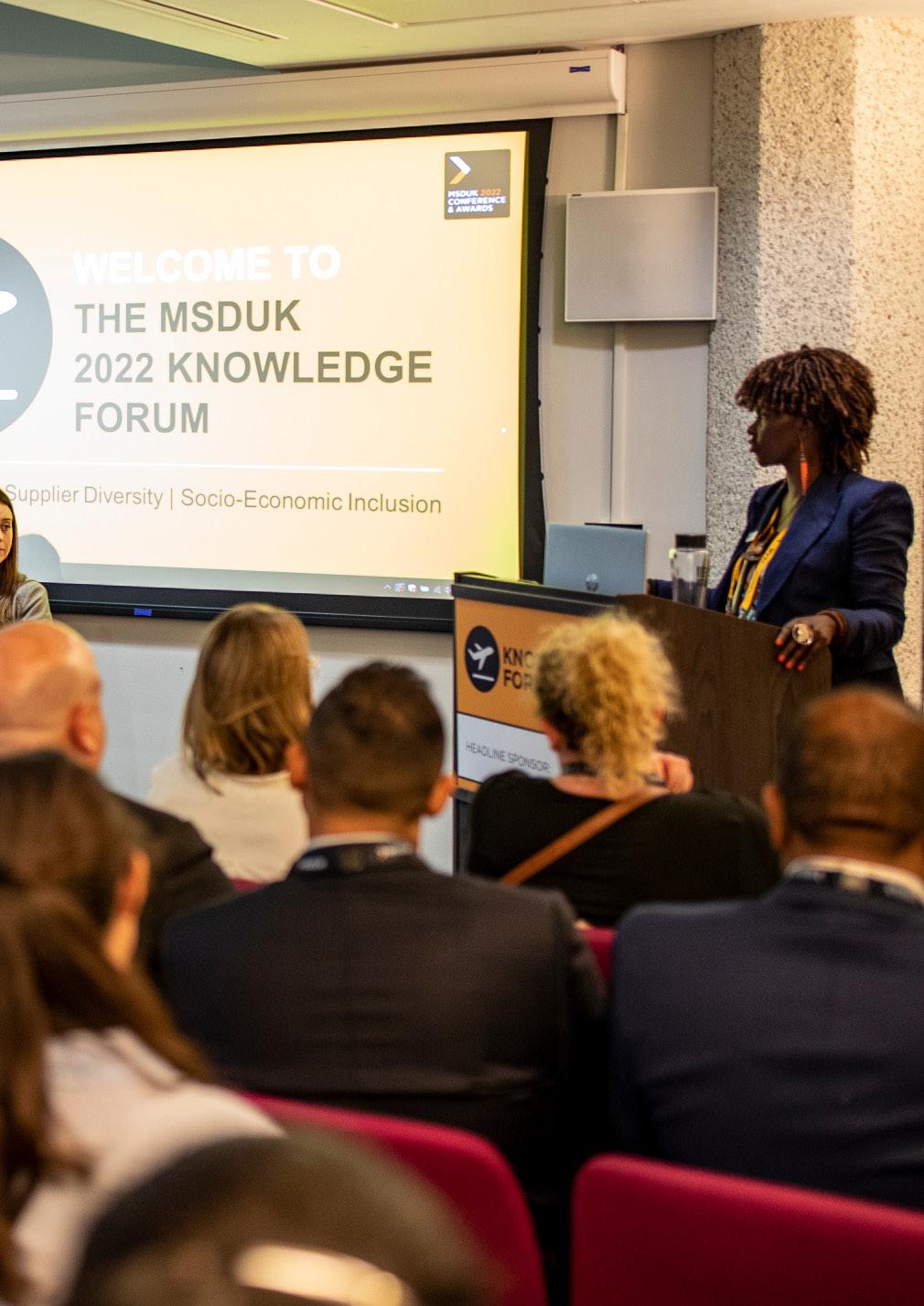 Krystle Sands at the MSDUK 2022 Kowledge Forum
Krystle Sands at the MSDUK 2022 Kowledge Forum
supplychaindigital.com 69
2020
In 2020, Meta expanded its supplier diversity efforts in APAC, EMEA,and LATAM, and the focus was on making as big an impact for diverse-owned businesses as possible

70 May 2023
From European to global supplier diversity partnerships
To have a truly inclusive supply chain, Sands says that Meta needs to partner with suppliers that are not just based in the United Kingdom or the United States. There is another kind of ’united’ that Meta has in mind.
“Our supply chain needs to be where our customers are, and our stakeholders need to represent the communities that we work with. For this reason, collaborating with our advocacy partners to expand supplier diversity outside of the US and UK is a core priority for us.
“Further, we’ve been partnering with a number of organisations and two of the big partners that we are really focused on for 2023 are the European Supplier Diversity Project and the Global Supplier Diversity Alliance.”

“Our supply chain needs to be where our customers are, and our stakeholders need to represent the communities that we work with”
supplychaindigital.com 71 META
KRYSTLE SANDS HEAD OF SUPPLIER DIVERSITY FOR THE EMEA REGION, META
Supplier Diversity: European, Global
The European Supplier Diversity Project started as a way to help ethnic minority businesses in Europe to do business with corporates like Meta. Their objective is to expand certification to six new markets in Europe, and Meta is a founding member of that programme.
“The Global Supplier Diversity Alliance on the other hand, will act as a governing body laying out a framework for country and regional supplier diversity initiatives. They will be investing in world class research into the business case for supplier diversity at country and regional levels, and will support other advocacy bodies to grow their certification programmes.”
Through the web of these programmes, and fittingly, the interconnectivity that they represent, we can see the network of Meta’s supplier diversity initiatives steadily expanding across the globe.

Orienting Meta’s supplier-diversity initiatives Sands says that for 2023, Meta will continue to provide opportunities and increase spend with diverse-owned businesses. “We’ll be looking at our tooling and using data-driven decision making to build on them to ensure that stakeholders can make well-informed buying decisions.
“We’ll also be prioritising our external corporate relationships to share best practices and collaborate as part of a wider community.”
“Diverse suppliers have an enormous impact on their communities. They employ people; they pay rent; they bring massive value to our economies”
72 May 2023 META
KRYSTLE SANDS HEAD OF SUPPLIER DIVERSITY FOR THE EMEA REGION, META
Just as Meta is aiming to connect and forge communities between diverse suppliers, we feel that Meta remaining connected to other companies and developing wider corporate communities is an inevitable part of the process.
Supplier Readiness and Champions Sands says: “Two of the internal programmes that I’m really excited about in particular for this year are our Supplier Readiness Programme and our Champions Programme.
“The Supplier Readiness Programme will look at how we can support diverse businesses in becoming ready to work with companies like Meta, through the training, information and guidance we can provide so that they can be successful.
“The Champions program is a broader program looking internally at how we can increase advocacy and adoption of supplier diversity by our employees, and really create a community of champions to support the cause.”
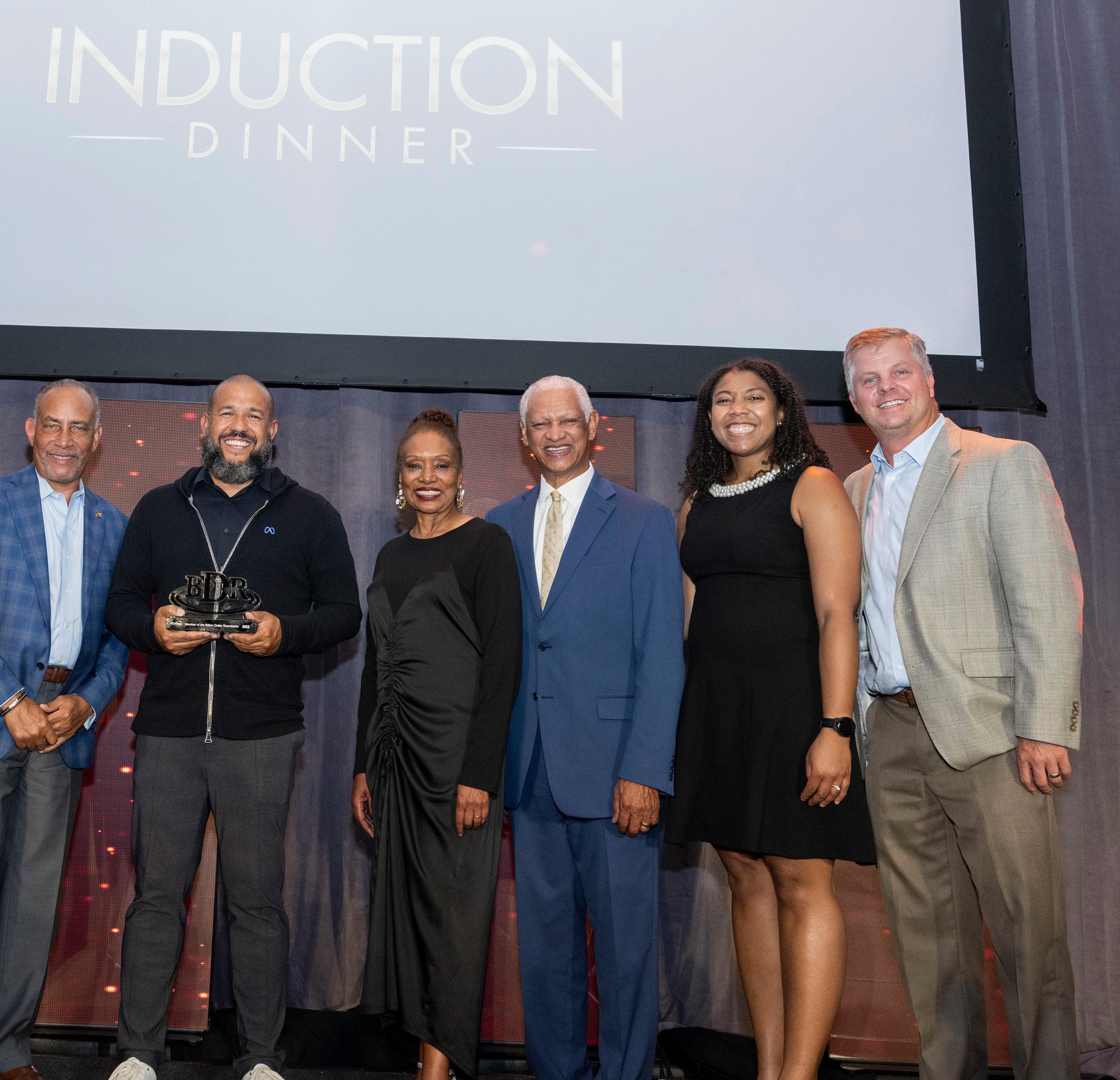
supplychaindigital.com 73
META
Stronger, together
I ask Sands about her visions and hopes as head of supplier diversity for the EMEA region, and she doesn’t flinch.

“I hope to see more cross collaboration with corporates and advocacy partners.
“We can create a lot of positive change by sharing best practices and helping other companies to start their own supplier diversity journeys.”

Meta’s supplier diversity initiative seeks to further expand into Europe over the next few years.
“When we look at supplier diversity,” she says, “the UK is behind the US, but actually, Europe lags behind the UK.
“With the work that MSDUK are doing in the European Supplier Diversity Project; and that which WeConnect International are doing in broadening their scope, we’ll see more European companies start to create their own supplier diversity programmes which will be incredibly impactful.
“I hope to see more transparency around how we’re measuring supplier diversity; what we are measuring; how we’re measuring, and what the standards are by which we’re measuring supplier diversity and success.”
If credibility is to be achieved, and real change is to be brought about in the world,
quantifiable KPIs must be ushered in. More hope, less faith.
Sands predicts that there will be a fundamental change in the way that the economic impact from supplier diversity is measured, and in conclusion, asserts the formula that sits in essential poise at the human heart of supplier diversity as a principle – she says: “We can go further and faster, if we go together.”

supplychaindigital.com 75
TURBULENCE ON JOURNEY TO NET ZERO AIR CARGO
Two senior aero industry experts from Roland Berger explain why a joinedup supply chain is crucial if technology is to help the air cargo industry meet sustainability goals
 WRITTEN BY: SEAN ASHCROFT
WRITTEN BY: SEAN ASHCROFT
76 May 2023

supplychaindigital.com 77 LOGISTICS
f the aviation sector is to be carbon neutral by 2050 – its declared goal – then it must embrace new technologies, and fast. It knows this.
The aviation industry recognises the need for greater sustainability. According to a recent survey of industry suppliers by international management consultancy Roland Berger – in conjunction with aerospace associations in Germany (BDLI) and France (GIFAS), 64% of respondents “are working to develop sustainable parts and systems”.

A number of solutions are close to certification while other, more radical innovations, remain in the testing phase. The will to be more sustainable is there, if not always the means, and this is a problem. It is not the only problem.
Global air freight 'been growing for years'
The global air freight industry has been experiencing significant growth for decades, driven by globalisation and the demand for faster and more reliable shipping options. Major players include DHL, FedEx and UPS, and airlines such as Emirates, Cathay Pacific, and Lufthansa Cargo. Other players in the industry include freight forwarders, ground handlers, and customs brokers. According to the International Air Transport Association (IATA), global air freight volumes grew by 4.4% in 2021, despite the challenges
78 May 2023 LOGISTICS
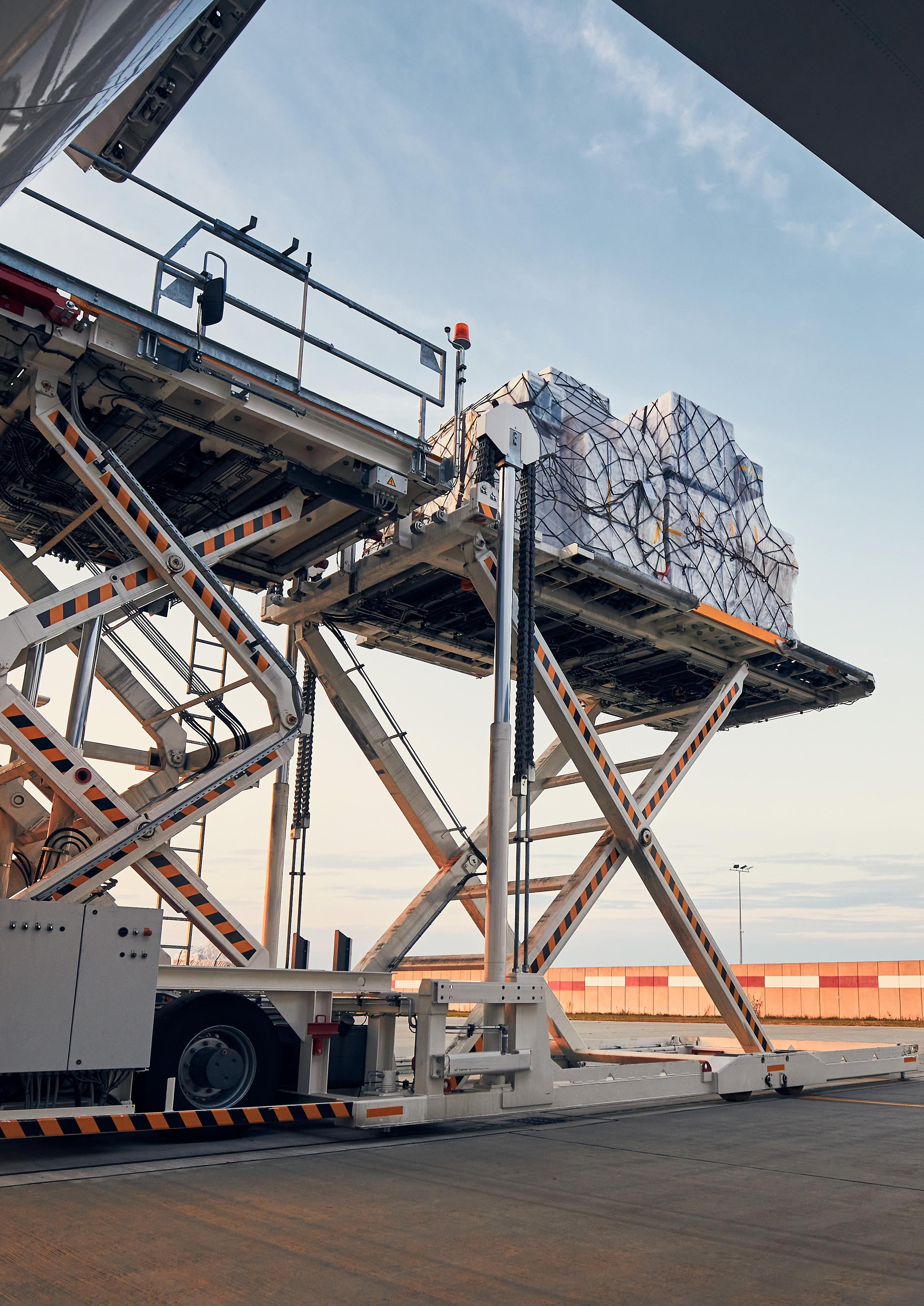
“ Sustainable aviation fuelsn are a transitional aidn rather than a gamen changing solution”n
supplychaindigital.com 79
MANFRED HADER, SENIOR PARTNER, ROLAND BERGER

posed by the COVID-19 pandemic. Growth is being driven by factors such as the rise of e-commerce, an expansion of global trade, and rising demand for time sensitive and high-value goods.
Being a growth industry adds further complexity to the drive for greater sustainability, and as if this wasn’t enough, there is yet another issue creating turbulence on air freight’s flight path to net zero: lack of supply chain support.
Roland Berger has produced a paper exploring this very issue, in which it says greater supplier involvement is critical if green aviation is to become a reality.
The paper is written by two of Roland Berger’s top sustainable aviation experts: Senior Partner Manfred Hader, who heads up global aerospace and defence operations, and Stephan Baur, Principal, who is an expert in aerostructures and interiors.
Manfred Hader
TITLE: SENIOR PARTNER
COMPANY: ROLAND BERGER

INDUSTRY: PROFESSIONAL SERVICES
LOCATION: GERMANY
Hader heads Roland Berger’s Global Aerospace & Defense Practice and operates out of the firm’s Hamburg office. He focuses on consulting large international companies and institutions in the fields of aerospace & defence.

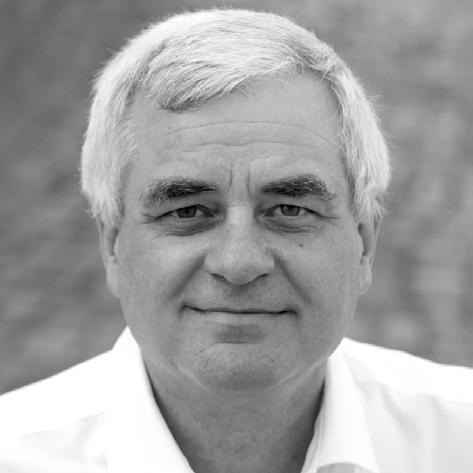
“
Airframe and enginen OEMs are currentlyn following differentn tech roadmaps.n We need a moren unified approach”n
LOGISTICS
MANFRED HADER, SENIOR PARTNER, ROLAND BERGER
Supply chain 'lacks market coordination'
Hader and Bauer say that there is “a lack of market coordination along the supply chain”, and that this is preventing progress on sustainable aviation technologies.

To improve things, they say, original equipment manufacturers (OEMs) “need to clearly communicate technology roadmaps with suppliers”, adding that governments “must also commit to increased funding and clearer policies”.
The Roland Berger consultants say that, of all aviation industry suppliers, systems suppliers are making the most progress, because “they are concentrating on electrification of onboard systems and other weightor energy-saving solutions to
improve energy efficiency”.
Bauer adds that aerostructure and interiors suppliers are also focusing on reducing weight, as well as improving recycling loops for materials. Yet it is propulsion suppliers that have the biggest impact on aircraft sustainability.
The majority, says Hader, “are currently focusing much of their efforts on sustainable aviation fuels (SAF) in combination with more advanced conventional engines”.
Three quarters of respondents to Roland Berger survey say these two things are their first or second priorities, while a quarter say hybrid propulsion is a main priority and just 16% say hydrogen. “Electric propulsion, which is mostly
In 2022, air cargo revenues reached a record US$204bn more than double the figure for 2020 82 May 2023
suited to shorter flights and would therefore cover just a small percentage of industry emissions, is even less of a priority,” says Hader.
But, says Hader, sustainable aviation fuels are not enough “They are a transitional aid rather than a game-changing solution,” he explains. “They’re designated mainly to make today’s aircraft more sustainable for the next two decades”.
He says SAFs use scarce supplies of green electricity with a lot less efficiency, and adds that the aviation industry’s goal of covering 2% of flights with SAFs by 2030 “is not enough to achieve broad market adoption of SAF by 2050. The technology is still in its infancy,” he says, adding that “providing all air traffic with SAFs by 2050 is a ship that has already sailed”.

Stephan Baur
TITLE: PARTNER
COMPANY: ROLAND BERGER
INDUSTRY: PROFESSIONAL SERVICES
LOCATION: GERMANY
Baur joined Roland Berger in 2011 as a Principal in our Industrial Products & Services team. He is an expert in aerospace and in particular aerostructures and interiors..

LOGISTICS
Decarbonising airfreight

A case study in sustainable air freight
Green air cargo key focus for the industry
Sustainability was the focus for the most recent World Cargo Symposium, an event run by the International Air Transport Association (IATA), the air industry trade association that supports aviation with global standards for safety, security, efficiency and sustainability.
In 2022, air cargo revenues reached a record US$204bn, more than double the figure for 2020. It accounted for around 40% of total airline revenues in 2022.
The event focused on how the industry can capitalise on resilience to build a more sustainable future.
Identifying new ways to attract and retain talent was also a focus of many of the sessions.
Returning to the subject of sustainableaviation technology, Hader says this “is moving much too slowly, and the industry knows it”.
The reasons for this vary, he says. More than a quarter (28%) of survey respondents cite the absence of a clear roadmap from OEMs; 21% feel a lack of investment is most to blame, while 18%). Say limited human resources are to blame.
Unfortunately, say Hader and Baur, supplier struggles are just the tip of the iceberg – that the entire aerospace sector is currently falling short in driving the industry towards greater sustainability.
“Market participants are highly dependent on each other to develop new technologies, and the required investments to reshape the industry are huge,” says Hader. “If the industry cannot act together, development stalls for everyone.”
For suppliers, it seems that a lack of external guidance and overemphasis on
WATCH NOW 84 May 2023 LOGISTICS
International Air Transport Association (IATA), says global air freight volumes grew by 4.4% in 2021

supplychaindigital.com 85
SAFs is limiting technological development.
Airframe and engine OEMs, meanwhile, are currently following different technological roadmaps, points out Baur. “This is despite the need for a more unified approach,” he adds.
And to compound the problem, they say governments are struggling to provide clear, internationally aligned guidance.
“Without direct demand or clear roadmaps, infrastructure providers have little incentive to invest in sustainable infrastructure such as hydrogen fueling capacities,” explains Hader.
So, what needs to be done? Hader and Baur say OEMs must take a leading role and – in conjunction with governments and authorities – decide which specific technologies to pursue.
“Then they must communicate detailed technological roadmaps quickly and clearly across the entire sector,” says Hader, “and with a specific focus on their suppliers”.
He says this “would help to intensify R&D efforts throughout the supply chain and drive faster technological development, as well as allowing a more effective allocation of funding.”
He adds: “In turn, this would enable a clear, international infrastructure roadmap for areas such as refuelling once technologies are ready.”
In conclusion, the pair warn that, although 2050 might seem some way off, the long timelines in the aviation industry mean it must act now to stand a realistic chance of hitting its targets.
“Suppliers are willing and able to take on a more active role in improving sustainability, but the onus is on OEMs to involve them more effectively,” Hader says.

86 May 2023
LOGISTICS

“Aerostructure and interiors suppliers n are focused on reducing weight and n improving recycling loops for materials”n
supplychaindigital.com 87
STEPHAN BAUR, PRINCIPAL, ROLAND BERGER
SAFEGUARDING HEALTH THROUGH SUPPLY CHAIN


88 May 2023





supplychaindigital.com 89
PRODUCED BY: MIKE SADR
WRITTEN BY: SEAN ASHCROFT
United Urology Group (UUG) is a US-based national network of 1,500 urology healthcarefocused employees. It has affiliate practices in Arizona, Colorado, Delaware, Maryland, and Tennessee.
Founded in 2016 and with its HQ in Maryland, it supports 220 providers in 95 locations across five states, making it one of the largest urology networks in the US.
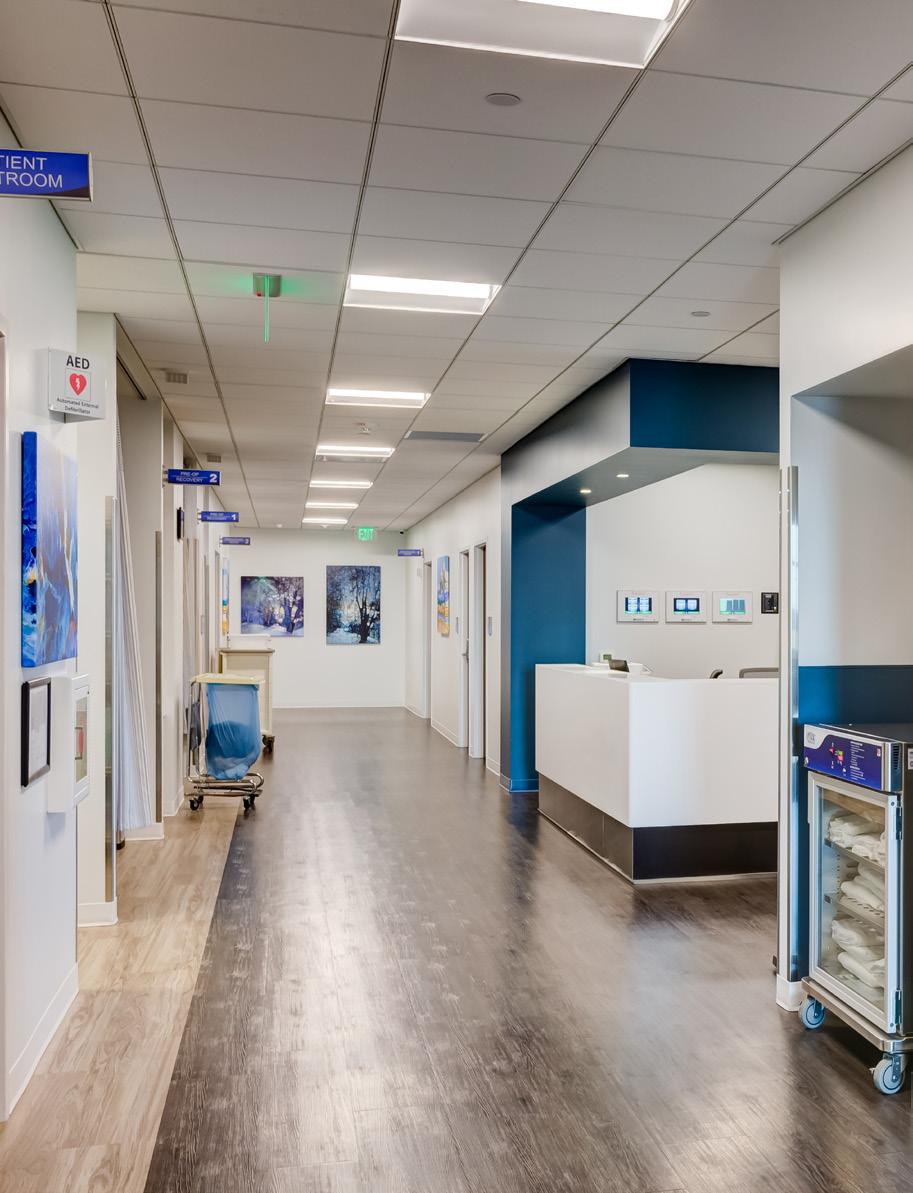

At heart, UUG is a management services organisation (MSO), providing administrative and support services to urology practices across the United States. This support includes revenue cycle management, financial management, human resources, marketing, and strategic planning.
David Forbes is VP of Supply Chain Management for UUG and is responsible for its source-to-pay programme, strategic sourcing, procurement, and accounts payable. He also provides consulting services in inventory management for UUG clinics.
The support Forbes and his team provide includes everything from human resources and sourcing services to IT.
He says: “I source contracts for my practices. I aggregate everybody's spend and negotiate the best possible agreements with the right trading partners at the right level.”
90 May 2023 UNITED UROLOGY GROUP
Why supply chain is a point of difference for US-based healthcare management services organisation, United Urology Group



Forbes also offers procurement support, or “day-to-day blocking and tackling” as he describes it. Accounts payable is another of his areas, and his team also ‘owns’ the company’s source-to-pay solution that serves its physician practices.

UUG’s network of practices are known for their integrated urologic care programs, a patient-first approach, clinical excellence, and innovative treatments for
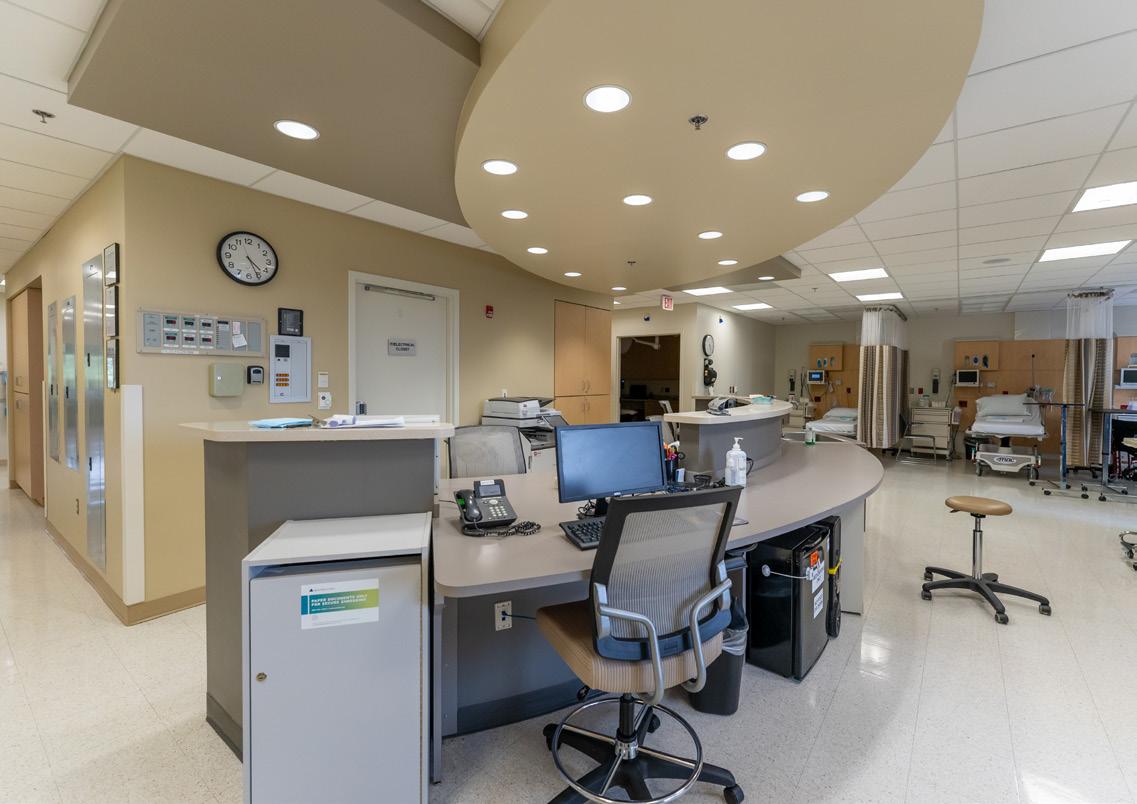
a wide range of urologic conditions, from the most common to the most complex cases.

“We aim to support our affiliated practices in providing high-quality, patient-centred care,” he says, “and to support our affiliated practices in delivering care in an efficient and effective manner.”
UUG’s supply chain organisation is vital to this goal, says Forbes, who explains that it helps the
DAVID FORBES VP SUPPLY CHAIN MANAGEMENT, UNITED UROLOGY GROUP
92 May 2023 UNITED UROLOGY GROUP
“We aim to provide high-quality, patientcentred care”
company deliver on its Quadruple Aim strategy, comprising:
• Clinical efficacy
• Patient experience
• Clinician experience
• Cost takeout
“These are four metrics our practices look to base decisions on, whether small or major,” says Forbes.
He adds: “Clinical efficacy is about whether or not a decision made by our affiliated practices improve patient outcomes. Clinician experience refers to the experience

DAVID FORBES
TITLE: VP SUPPLY CHAIN MANAGEMENT
COMPANY: UNITED UROLOGY GROUP
INDUSTRY: HEALTHCARE
David Forbes is a seasoned supply chain professional with almost two decades of experience. Currently serving as the VP of Supply Chain Management for United Urology Group, his team is responsible for providing end-toend source-to-pay support to over 220 urologists and advanced practice practitioners. David's extensive experience includes working with the Healthcare Industry Distributors Association to develop healthcare trading partner data communication standards, building value analysis and sourcing departments for a hospital-based system, and serving as a strategic sourcing consultant with The Advisory Board Company. He holds a B.S. in Business from Miami University and an MBA from Loyola University Maryland.
EXECUTIVE BIO
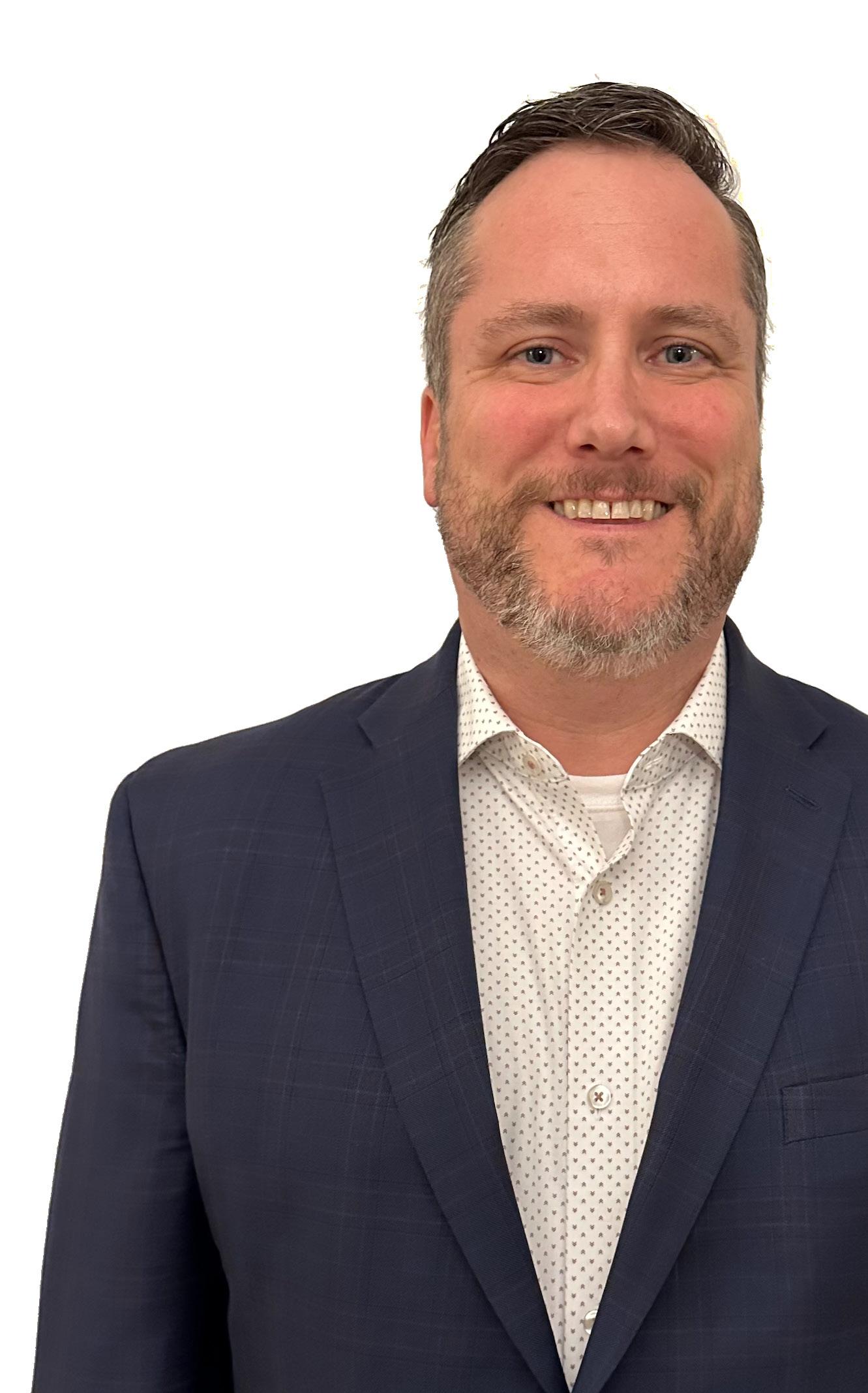



“Shortages and back orders are the toughest part of the job. In the healthcare industry, we've never seen it as bad as it is right now”
94 May 2023
DAVID FORBES VP SUPPLY CHAIN MANAGEMENT, UNITED UROLOGY GROUP
Safeguarding health through supply chain
of physicians, nurses, and medical assistants when using the product or service.”
Patient experience, he explains, concerns factors such as patient comfort and recovery each of which “are key considerations in cost takeout”.
Forbes cites as an example the purchase of a simple piece of urological equipment, such as a catheter.
“Cost takeout is about what we can do to prune unnecessary costs from healthcare, but it is not always about monetary cost. I might be able to negotiate a fantastic deal on the latest foley catheter, say, but if this product is going to cause urinary tract infections, or if it’s difficult to insert or remove, then it doesn't make sense to do it.”
Supply chain, he says, helps UUG deliver on its Quadruple Aim metrics.
“The obvious one is cost takeout, and the rest are impacted through the clinical integration of my department with our physician practices.”
220
Number of providers UUG has for its urology practices

95
Number of locations
5
Number of US states covered
WATCH NOW
supplychaindigital.com 95 UNITED UROLOGY GROUP
Partnering with Specialty Networks for Growth & Improved
Patient Outcomes
Specialty Networks and United Urology Group have partnered over the past decade to better practices across the group and improve patient care. The common focus on improvement in every area, along with clinical integration throughout, promotes consistent advancement at a clinical level.

Learn More
Partnering with Specialty Networks for Improved Patient Care
Specialty Networks, partnered with United Urology Group since 2013, enhancing practice performance through data, events, and group purchasing support.


Specialty Networks is the parent organisation of companies including group purchasing organisation UroGPO, of which United Urology Group is a member.
Specialty Networks has presence in multiple specialties
As a multi-specialist organisation, Specialty Networks has deployed GPOs in urology, gastroenterology, and rheumatology, alongside a robust data analytics platform (PPS Analytics) and also a research arm. The latter supports members like United Urology in conducting research inside their practices, with a data analytics arm to support practices while addressing gaps in care.
“The GPO establishes best-in-class purchasing agreements with manufacturers in areas including pharmaceuticals, services, and medical devices,”
Darren Dieleman, Senior Vice President at Specialty Networks, says. “We’re aggregating not just United Urology Group, but also the other 720 urology practices across the country into one buying group, then negotiating value-added programs with manufacturers to support the individual members.”
The partnership with United Urology Group
“What’s unique about the relationship between United Urology Group and Specialty Networks
via UroGPO is the fact that we share the common customer of our physician practices,” explains David Forbes, the Vice President of Supply Chain Management for United Urology Group. Alongside the benefits of the GPO, United Urology Group also utilises PPS Analytics – the data analytics arm of Specialty Networks – to streamline and identify potential gaps in patient care.
“We also run customised educational events at their individual pods and a series of live events across the country,” Dieleman explains. “We’re running a summit for United Urology in May to allow their practices, many acquired during the pandemic, to come together to establish longterm goals and objectives, network, and attend educational podium sessions.”
What’s next for the partnership?
“Live events, purchasing, reporting – there’s a much larger strategy ahead of us to help United Urology Group achieve in aggregate what they wanted to achieve individually as independent practices,” says Dieleman.
Specialty Networks and United Urology are moving forward with a hands-on approach to continually bettering themselves, the practices, and, therefore, patient care.
More
Learn
He adds: “This is why it's really important that as a supply chain organisation we’re closely aligned with the clinicians, so that we can be sure to execute on our collective goals.”
UUG is plugged into a large ecosystem of businesses who help it deliver on its goals.
These include:
• Specialty Networks
A niche group-purchasing organisation that negotiates agreements for specialty products, most prominently branded oncology pharmaceuticals.
• Medline
Medical-surgical distributor Medline is a key supplier. “We recently partnered with Medline because they are designed to scale with us,” says Forbes.

• Neotract
Manufactures a proprietary treatment called Urolift, of which our Chesapeake practice was an early adopter.
• Karl Storz
A key player in scopes and video equipment, crucial instruments that help urology practices meet patients’ clinical needs.
Such partnerships help Forbes meet his defining goal: the care of patients, whose health, often delicate, he and his team hold in their hands.


Along with just about every other supply chain executive on the planet, Forbes has been faced with a difficult market over the past few years.
Being able to juggle everything and keep things moving in the right direction in the face of adversity “comes down to people and systems”, says Forbes. “It’s all about making sure that you have the right infrastructure in place.”
98 May 2023 UNITED UROLOGY GROUP
He adds: I'll give you an example. When I first joined, only one other person other than me provided procurement support. When you're spread across the country like we are you can't expect somebody to be available at 7:30am Eastern Time and 6.00pm Western Time.
“So we made the decision to have somebody support our western markets, in Colorado and Arizona. Not only did this improve employee satisfaction, obviously, but it also made us more responsive to our market needs.”

Technology is another area UUG sees as a means to give it a competitive edge.

“We put a really heavy focus on the right technology in supply chain,” says Forbes. “Our prime strategy around resource management is leveraging technology. In my own department, we're evaluating AI tools to assist us not only with invoice processing, but also with strategic sourcing and contracts lifecycle management.”
Technology, says Forbes, helps UUG serve its customers, who are the practices in the field, for which assist them to focus on the communities they serve.
DAVID FORBES VP SUPPLY CHAIN MANAGEMENT, UNITED UROLOGY GROUP
“We're evaluating AI tools to assist us not only with invoice processing, but also with strategic sourcing and contracts lifecycle management”
supplychaindigital.com 99






 DAVID FORBES VP SUPPLY CHAIN MANAGEMENT, UNITED UROLOGY GROUP
DAVID FORBES VP SUPPLY CHAIN MANAGEMENT, UNITED UROLOGY GROUP
But as with any sizable change project, there are hurdles to clear and barriers to break down.
“You’ve got to be sure that you choose the right solutions in the first place,” he says. “But you also need to ensure you're then using these solutions correctly.”
Data is a massive issue, as it is with so many digital transformations.
“Organising data around category management is a massive issue in supply chain in general,” says Forbes, who reveals that he and his team procure more than 200 categories of products and services.
He adds: “We have to make sure that our data is structured in a way that allows us to mine it, so that we can have efficient
request-for-proposals, without which we cannot manage our contracts.
UUG’s new procurement programme “is fully built out” says Forbes, who adds that it has made a huge difference to the company’s procurement and sourcing processes.
“When I first started, it was taking us upwards of eight days to reconcile inventory at the end of the month, but this past month, we did it all in a single day. All counted, all reconciled.”
He says that, although the procurement transformation was tough at first, it has been “a caveman-discovering-fire moment”.
“We are now able to intelligently manage inventory levels, and drive a formulary of products. We used to get complaints from vendors about not being paid, but now we now have steadfast processes in place that ensure prompt payment. We’ve gone from taking 57 days to process an invoice to about 10 days.”

“Over time we acquired additional practices and when you grow you need to scale-up your staff”
supplychaindigital.com 101 UNITED UROLOGY GROUP
Forbes says the rapid pace of the transformation was driven by the fact UUG was going through a period of rapid growth.
In 2016, UUG included only a single practice, Chesapeake Urology, and operated only in the mid-Atlantic region.
“Over time we acquired additional practices,” Forbes says, “and when you grow you need to scale-up your staff.”
He joined the company in 2020 “when UUG was starting to get our legs back from the initial COVID push”.
That growth is continuing apace, says Forbes, who reveals the coming 18 months will see the group focus on integrating with its ambulatory surgery centre (ASC) jointventure partners.
These partners help operate the largest ambulatory platform in the US, comprising

“Running a supply chain is like ‘being a conductor at the front of an orchestra’”
DAVID FORBES VP SUPPLY CHAIN MANAGEMENT, UNITED UROLOGY GROUP
102 May 2023
475 facilities serving patients in surgery centres and surgical hospitals.
ASCs are modern healthcare facilities focused on providing same-day surgical care, including diagnostic and preventive procedures.

They have transformed the outpatient experience for millions of Americans, by providing a convenient alternative to hospitalbased outpatient procedures. They also have a strong track record of quality care and positive patient outcomes.
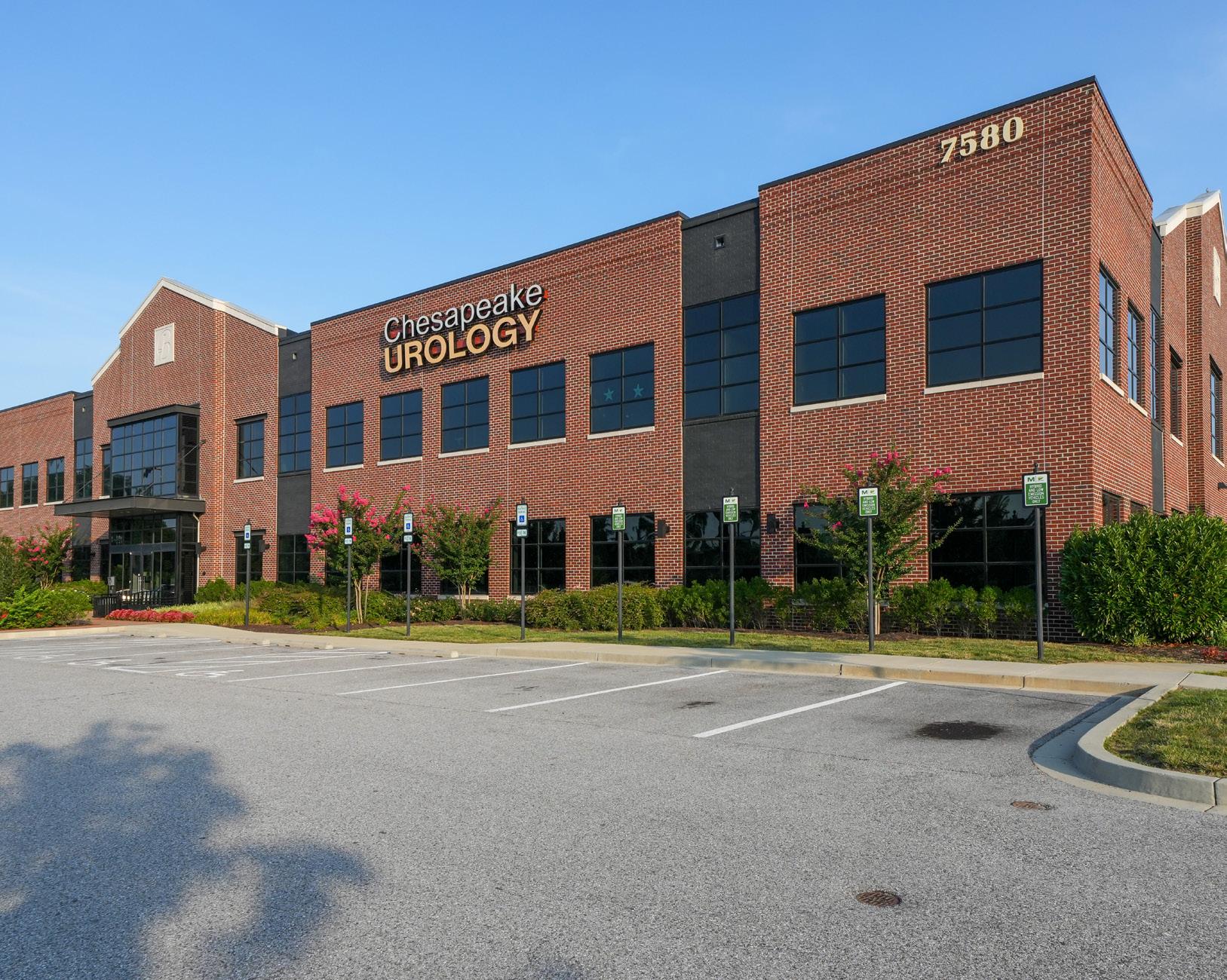
In June 2022, UUG formed a joint venture partnership in 22 ASCs. At the time, UUG CEO Sanford Siegel said of the deal that “we have an exciting runway with USPI as our partner,
and we look forward to bringing our patientfocused cultures together” – a sentiment Forbes echoes.
“It’s an exciting time for us,” he says. “An exciting future.”
Customer satisfaction is everything and in supply chain that means being able to respond to needs in the field – “such as being able to procure items on shortage, or back order.”
Forbes says running a supply chain is like “being a conductor at the front of an orchestra”.
“I might need to set up a regional hub-andspoke in our Maryland market to manage a shortage, else we're going to run out of products to certain clinics.”
Forbes’ voice tails off, as he lets the implications of that sink in: compromised care for patients, some of whom will be seriously ill.
“It might be that we have to consolidate our inventory, and then I’m the conductor on that,” he adds, waving an imaginary baton.
supplychaindigital.com 103 UNITED UROLOGY GROUP

SUSTAINABLE SOURCING
A NET ZERO NECESSITY
McKinsey Partner Peter Spiller explains how procurement can be sustainable in the face of multiple challenges, and why ESG practices must become more embedded
 WRITTEN BY: SEAN ASHCROFT
Apple fruit crates in organic food factory warehouse
WRITTEN BY: SEAN ASHCROFT
Apple fruit crates in organic food factory warehouse
SUSTAINABILITY

106 May 2023
Loaded iron ore train in Arctic Circle extreme terrain hauled by electric locomotives
In the summer of 2022 Microsoft, was the latest in a string of high-profile companies to be accused of greenwashing, when it revealed that its Scope 3 emissions had risen by 22.7% year-on-year, despite pledging to be carbon neutral by 2030.
While the company had succeeded in reducing its carbon emissions in fuel, energy, and company vehicles, it transpired that most of these carbon savings were pandemic-driven. In the meantime, Microsoft’s procurement practices – around purchased goods and the use of sold products – threatened to derail its 2030 carbon neutral pledge. Shortly after the news broke, the majority of Microsoft’s partners made promises to become net zero by 2050.
Ensuring that procurement is sustainable is no easy task, yet when implemented and managed correctly, it can lead to better decision making, significant cost reductions, and a more successful brand.
More importantly, it puts so-called greenwashing practices in their place, replacing them with strategies that actually make a difference.
Here we speak to sustainable procurement expert Peter Spiller for his take on the subject. Spiller is a Partner with McKinsey, and is based in its Frankfurt office, where he advises clients across industries including telecoms, high-tech, automotive, and consumer goods on operations transformation, supply chain, and procurement topics. He co-leads McKinsey’s operations around environmental sustainability, and is a leader of its work in product development and procurement in the Europe, Middle East, and Africa region.
Spiller advises business leaders on ESG strategy, carbon accounting and tracking, supplier sustainability transformations, and supply chain decarbonisation.

“Broader sustainability targets with suppliers need to be anchored at the supplier’s board level”
supplychaindigital.com 107 SUSTAINABILITY
PETER SPILLER PARTNER MCKINSEY



Accelerate Your Net-Zero Carbon Initiatives with Low-Code Featured with:
Aluminium ingots ready for export. Aluminium is one of the most environmentally friendly metals. An estimated 75% of the 1 billion tons produced in the past 100 years is still in use today.

Technology is instrumental to achieving next-level capabilities across industries. But organizations that want to operate sustainably must choose technology that lets them adhere to strong environmental, social, and governance principles.

How is inflation impacting sustainable procurement practices?
Future-proof procurement is about optimising several dimensions when sourcing materials and services – from specifications, cost, quality, and lead times to ESG and sustainability compliance.
Appian Corporation, a process automation leader, is a critical piece of the digital transformation and sustainability puzzle. The enterprise-grade Appian Low-Code Platform is built to simplify today’s complex business processes, with process mining, workflow, and automation capabilities.
Sourcing managers are naturally making trade-offs between these dimensions when executing a purchasing event. In many cases, the cost dimension matters most once certain thresholds in quality or specifications are met, and this will also be the case going forward.
“By quickly building apps that streamline and automate workflows, organizations are using Appian to make their processes for monitoring and reporting on ESG initiatives faster, simpler, and more effective,” says Meryl Gibbs, Emerging Industries Leader at Appian.
Sustainable sourcing may be more expensive today, but it doesn’t have to be –it is important to screen category by category and SKU by SKU. Many procurement levers, for example de-specification and demand management, often reduce both cost and carbon footprints at the same time, creating a win-win.
“Both AWS and Appcino are amazing partners of ours,” says Michael Heffner, VP Solutions and Industry Go To Market at Appian. “We have an extremely long legacy engagement with AWS as our trusted, go-to-market partner and Appcino builds “meaningful, business-focused applications on the Appian platform and is amazing in all things ESG.”
Digital transformation in ESG.
As an AWS leader enabling sustainability solutions built on the cloud, Mary Wilson, Global Sustainability Lead at AWS, talks about the partnership with Appian.
Peter Spiller
TITLE: PARTNER
COMPANY: MCKINSEY
“Our objective is to help our customers achieve sustainability goals across their business operations,” says Wilson. “[This means] looking at data availability, meaning access to more data, and enabling actionable insights. “Lowcode, cloud-enabled, technologies will allow organizations to build fast, learn fast, iterate, and continue to improve these insights to drive their sustainability outcomes.”
INDUSTRY: PROFESSIONAL SERVICES
LOCATION: FRANKFURT, GERMANY
Tarun Khatri, Co-Founder & Executive Director of Appcino (product part of Xebia), explains just how critical ESG is in the face of digital transformation. “The investment community now considers ESG reporting as a major factor for measuring performance,” says Khatri The collaboration will continually uncover new insights and provides customers the opportunity to accelerate their ESG goals with speed and security.
Spiller advises clients across industries including telecoms, hightech, automotive, and consumer goods on operations transformation, supply chain, and procurement topics. He co-leads McKinsey’s operations around environmental sustainability, and is a leader of its work in product development and procurement in the EMEA region.
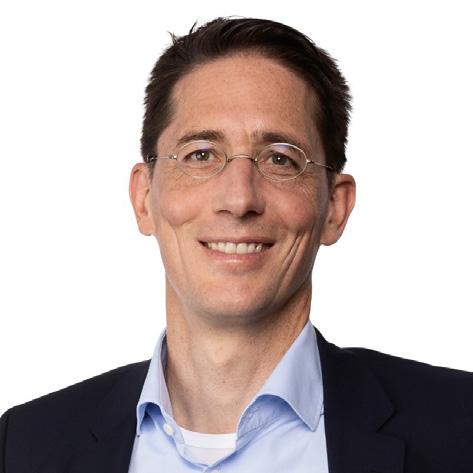
SUSTAINABILITY
Executives from Appian, AWS, and Xebia share their collaborative efforts and excitement about their partnership in low-code, cloud, and sustainability.
Technology will drive sustainable sourcing

Solving the multifaceted issues in the supply chain requires an all-round approach to fostering digitisation and improving sustainability.
As the first stage of the process, a proactive, integrated, technologydriven, and sustainable sourcing strategy will improve visibility along the supply chain.
This will have transformative logistical and financial benefits, as companies are able to track products from manufacturing to processing to delivery - and therefore can respond as needed, in live-time, to disruptions or delays from the beginning. An integrated and technology-driven sourcing strategy will also foster collaboration between different departments, as individuals explore best practices for sourcing decisions and actions. This includes ethics and logistics, as well as financial considerations.
Many supply chain software companies now provide standardised platforms to ease business solutions. By centralising and streamlining data processing across, as well as within, organisations, supply chain software promises to improve workflow, operations, productivity and sustainability from sourcing to shipping, as well as enriching the customer experience and increasing profits.
In procurement, will sustainability ever be as ingrained as ‘cost’?
We need to distinguish between two sustainability dimensions: mandatory requirements and the more consumerled shifts.
Many companies already include compliance requirements, such as no child labour or no toxic materials. These are mandatory, and well-enforced as supplierselection criteria.
Once these requirements have been met, companies can begin to focus on both cost and carbon footprint reduction in the second dimension of sustainability.
Roastery worker standing at pile of sacks with coffee beans. Most coffee is produced on monoculture farms, which reduces biodiversity.
Of course, there are still tradeoffs to be made here when both requirements are not equally met, but there are opportunities to achieve this dual mission of carbon and cost reduction.
How embedded is ESG compliance in sourcing?
There is a significant need for further ESG awareness and capability building, not just in the procurement function but in general across the corporate world – but we are seeing progress.
In the best case, procurement professionals will become pioneers, both in
achieving sustainability targets with suppliers and analysing their own operations but also in their ‘tier-n’ value chain (supplier development for sustainability).

For many producing companies, the biggest part of the sustainability footprint –carbon, waste and water – sit in the supply chain and therefore with ‘tier-n’ suppliers.
What companies are the standard bearers for sustainable procurement?
One pioneering company I would name here is Danfoss, a global components manufacturer. Adding decarbonisation targets to its procurement strategy, it has
“There is a significant need for further ESG awareness and capability building”
PETER SPILLER PARTNER MCKINSEY
supplychaindigital.com 111 SUSTAINABILITY
Decarbonising Asia’s Supply Chains
embarked on an ambitious journey toward net zero by leveraging the latest digital solutions, including McKinsey’s Catalyst Zero Product.
The result is a cost-optimised decarbonisation roadmap showing, for example, alternative suppliers for certain materials like iron, steel, and aluminium,
helping Danfoss create low-carbon versions of existing products still at low cost.

This supports its goal of reducing direct and indirect emissions from purchased energy by 46.2%, reducing emissions across the value chain by 15%, and becoming carbon neutral across its operations by 2030. (The full impact story can be found here).
What is Danfoss doing that others are not?
Successful companies optimise procurement spend from a dual mission objective, addressing cost and carbon at the same time and same the priority level.
Developing a joint baseline, they implement optimisation initiatives covering both dimensions and track them in a systematic way. Trade-off decisions are based on meaningful carbon pricing logic or strategic considerations, and can lead to competitive advantage through securing scarce materials early on, for example.
“Sustainable sourcing may be more expensive today but it doesn’t have to be”
PETER SPILLER PARTNER MCKINSEY
112 May 2023 SUSTAINABILITY
WATCH NOW
Grape production is relatively sustainable since there is no significant damage to air, water, land, soil and forests, as long as pesticides have not been used.

supplychaindigital.com 113
Logs in new Zealand stacked up ready for export. In New Zealand fast-grown exotics woods are considered sustainable

114 May 2023
How can procurement get stakeholders on board with sustainability?

Internal stakeholders are under the same pressure as procurement to become more sustainable. There are areas where procurement relies on other functions to be in-step – for example, the R&D department when re-designing products to allow more sustainable sourcing.
It is crucial to boost cross-functional collaboration, share objectives, and create transparent business cases –best practices that leading category management organisations have established already.
We see the bigger challenge with suppliers, especially with SMEs, that may not have the resources and tools to accelerate their decarbonisation efforts.
How can these challenges be overcome?
Working together with suppliers must be orchestrated on different levels. Broader sustainability targets with suppliers need to be anchored at the supplier’s board level and be consistent with what the customer company is asking from suppliers across the board.
Open communication is critical, including regular dialogues about mutual expectations, joint ideation on how to become more sustainable, and bestpractice sharing. Sustainability KPIs need to be embedded into the standard KPI systems and reviewed in the quarterly business review with the supplier on a regular basis to drive sustainable, inclusive growth.
supplychaindigital.com 115 SUSTAINABILITY
Mike J. Walker at Microsoft empowers pharma supply chain innovations
 WRITTEN BY: SEAN ASHCROFT
WRITTEN BY: SEAN ASHCROFT

 PRODUCED BY: JAMES BERRY
PRODUCED BY: JAMES BERRY

116 May 2023


supplychaindigital.com 117
MICROSOFT
Mike J. Walker, Executive Director, Global Health & Life Sciences Strategy at Microsoft
Mike J. Walker heads up Microsoft’s life sciences supply chain practice, and explains why industry advisory drives business value


Supply chain is a complicated industry that typically requires highly trained engineers to oversee, but pharmaceutical (pharma) supply chains take complexity to another level.
As well as the usual litany of supply challenges, pharma has distinct requirements on the handling of materials like a cold chain element, and also faces the perils of product recalls and compliance issues, because the field of medicine is just about the most regulated sector there is.
And then of course there’s the added pressure of how catastrophic any delays might prove, because the medicines being shipped are critical for ensuring patients have access to the medicines they need to maintain their health, or even keep them alive.
While there is a variety of permutations, the most prevalent today is the small molecule pharma supply chain. This chemical-based drug will typically begin with the sourcing of raw materials – active pharmaceutical ingredients – used to manufacture drugs. The manufacturing process involves several stages: formulation, quality control, packaging and labelling. Once the drugs are ready, they are shipped to warehouses or distribution centres, from where they are distributed to healthcare providers, pharmacies and hospitals.
118 May 2023 MICROSOFT

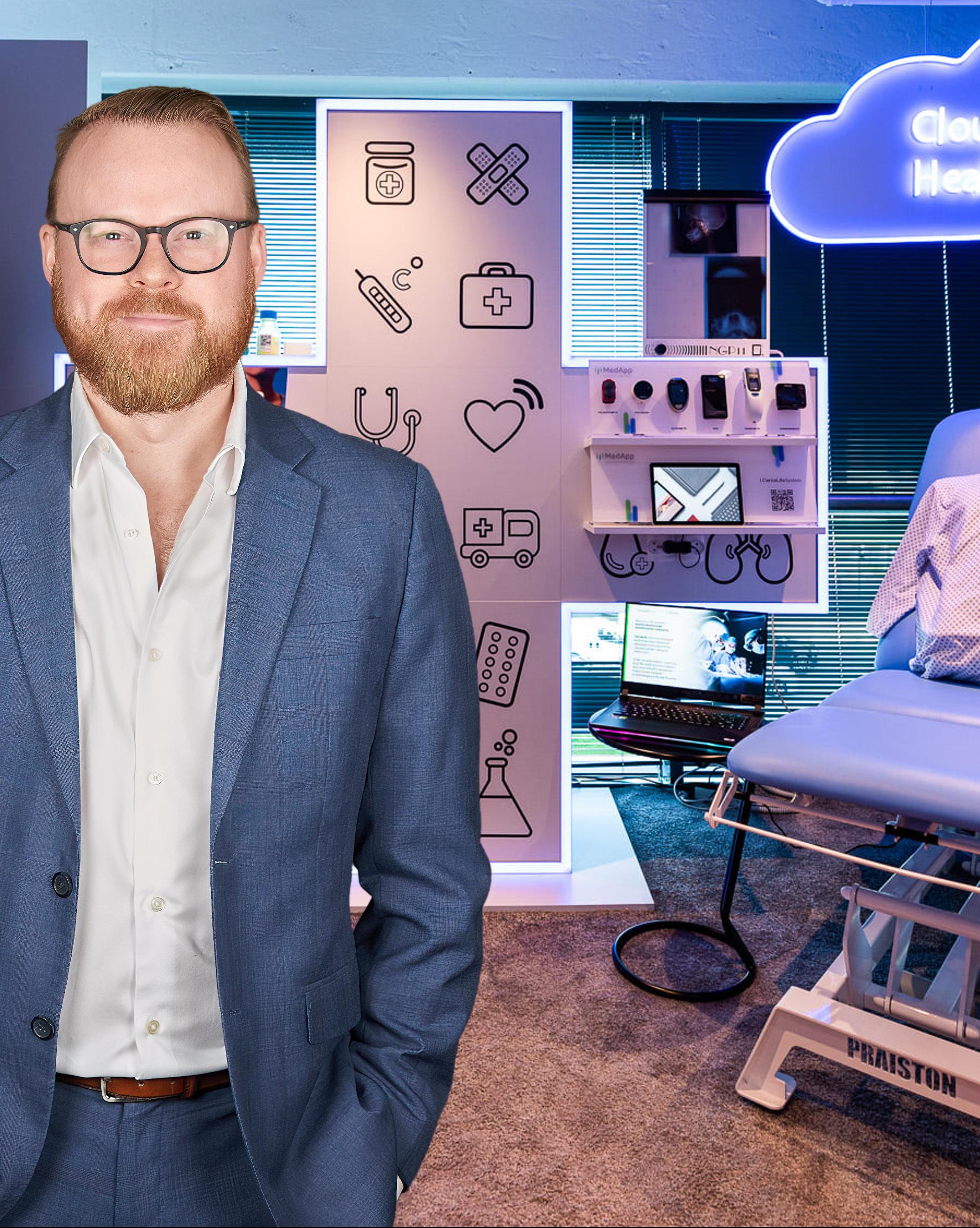




supplychaindigital.com 119 MICROSOFT
For other forms, like biologics or vaccines, the supply chain is required to keep these volatile medicines stored at the right temperature and humidity, with tracking shipments to prevent counterfeiting and diversion.
Pharma supply chains turning to digital technologies



To address such challenges, pharma companies are adopting digital technologies such as cloud, blockchain, artificial intelligence and the Internet of Things (IoT) to enhance transparency, traceability and efficiency in their supply chains.
One company that is helping pharma firms digitally transform operations is Microsoft,



“My role is about being a trusted business advisor to empower our top global customers with expertise and proven practices to accelerate their digital strategy”
120 May 2023 MICROSOFT
MIKE J. WALKER EXECUTIVE DIRECTOR GLOBAL HEALTH & LIFE SCIENCES STRATEGY, MICROSOFT
and at the forefront of its offerings is Mike J. Walker, Executive Director, Strategy, Health & Life Sciences.
In his role, Walker is the strategy leader for Microsoft’s supply chain and manufacturing point of view on pharmaceuticals, med-tech and biopharmaceuticals.
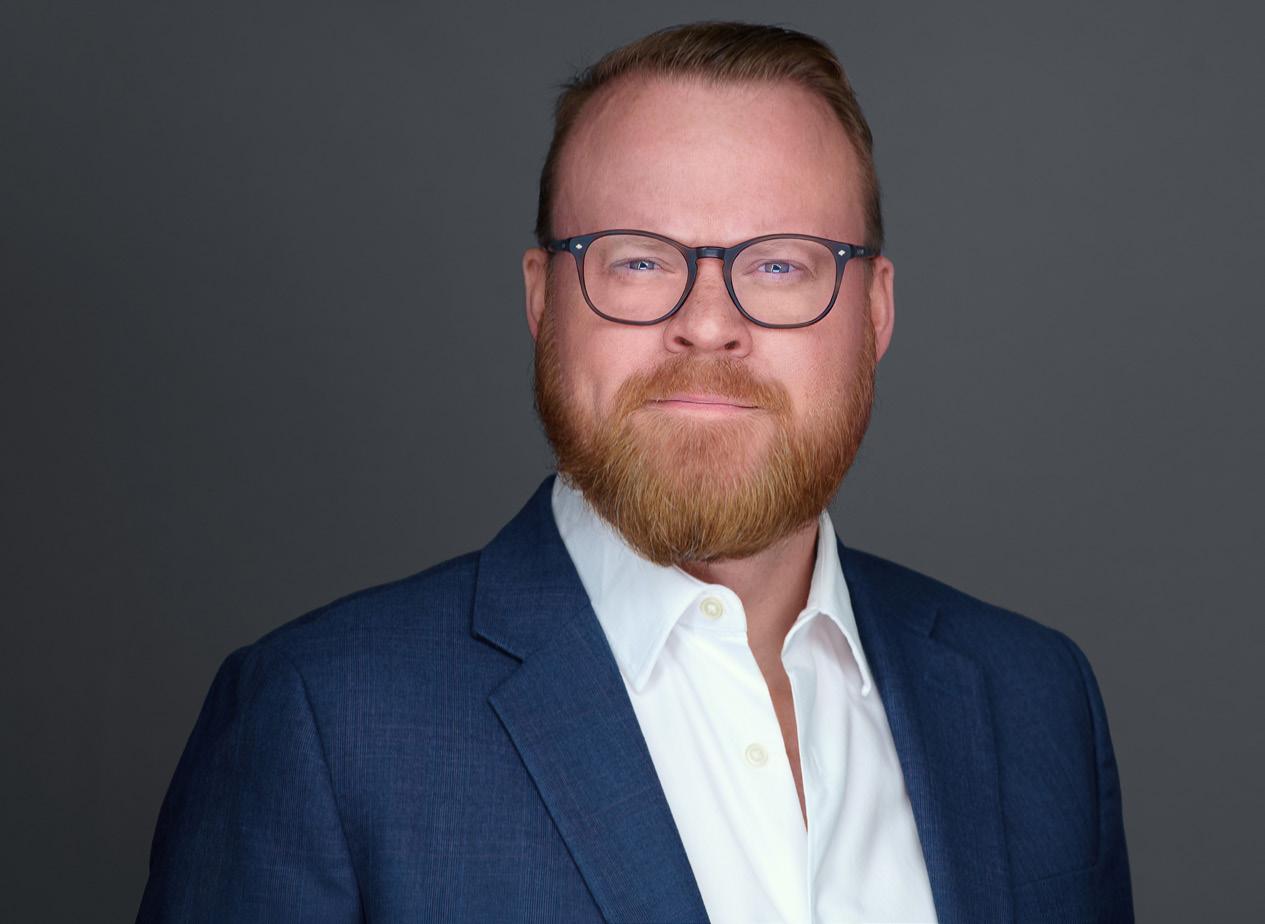
“My role is about being a trusted business advisor to empower our top global customers with expertise and proven practices to accelerate their digital strategy,” he says. “Ensuring that these conversations are business-led with a keen understanding of the pharma business along with the external market risks. As with all industries, technology is always part of that conversation, but the key is to ensure that
EXECUTIVE BIO
TITLE: EXECUTIVE DIRECTOR, GLOBAL HEALTH & LIFE SCIENCES STRATEGY

LOCATION: UNITED STATES
Mike J. Walker is an entrepreneur, futurist, digital strategist, podcast host, global keynote speaker and a best-selling author with a specialty in helping business executives stay relevant in the digital economy.
Walker brings paradigm-shifting digital transformation by leveraging leading innovation practices through experiences with Fortune 500 leaders around the globe.

He has found success in driving pragmatic approaches to large scale problems, an ability to break down large complex challenges into something manageable, along with an insatiable need to bring teams together.
Currently at Microsoft, Walker leads a team focused on life science supply chains and manufacturing.
He acts as a trusted advisor to executives, helping them with some of their toughest challenges. This includes how pharma organisations digitally transform using digital ecosystems, digital twins, AI, IoT and blockchain.
supplychaindigital.com 121


those technology conversations are focused on how strategically relevant they are to your businesses long-term goals. Once we know that, we can have a conversation on how to maximise the value potential of those technologies. That is what really matters for my client’s executive teams.”


Typically, Walker partners with “decisionmakers” – C-suiters both on the business and technical sides of pharma organisations.
The most challenging aspect of the role, he says, is “the pace and the sheer amount of change happening”. He adds: “When you peel back the onion you find each has subtly different business drivers, different cultures, different personalities and leadership styles. It requires you to employ a level of emotional intelligence to your approach. ‘This is the right answer’ is something that never flies.

WATCH NOW 124 May 2023 MICROSOFT
Microsoft helping pharma supply chains navigate change
‘I am like a counsellor, only without the couch’
“Instead, provide the executive with a framework to work within and let them drive the conversations based on the guided journey and lots of questions. I am there to shepherd them through proven practices, almost like a counsellor, only without the couch.”
Another challenge stems from the nature of the pharma industry itself.
Walker says: “What most needs changing in pharma supply chains is the legacy mindset and a culture of risk aversion. These organisations fall into the trap of thinking they can’t do something because they’ve always done it that way. With this mindset they don’t ask the right questions.”

Questions, he says, such as: How do we create this experience within the bounds of the rules? Will the market dynamics change that would make this a viable solution? What is the level of risk tolerance we are willing to take? How can we partner with the regulatory bodies to influence change?
On the latter point, Walker says that, in his experience, regulatory bodies like the FDA are “very willing to hear you out if you've got a compelling approach to solving industry challenges”.

As for barriers to digital transformation, Walker says that here things are playing out just as they have in other sectors.
Barriers to transformation take time to overcome
“I see lots of barriers other industries have gone through and have overcome,” he says. “It just takes time. The nice part of having a cross-industry background is I've seen how other supply chain organisations have dealt with this level of change.”

supplychaindigital.com 125 MICROSOFT
This is why Walker likes to take biopharma clients to visit Microsoft customers in other fields, such as consumer goods. He has also taken them on visits to brewing giant ABinBev Anheuser-Busch.
“Brewing beer is very similar to what a biologics organisation does,” he explains, “so showing them what is possible in a less complex environment is a worthwhile thing to do.”
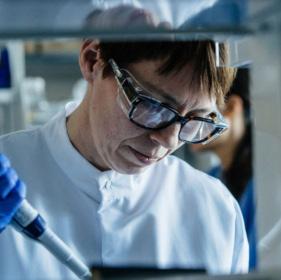
Technology obsolescence is another hurdle, 65% of manufacturing environments run outdated operating systems, he says.
“Even though the intent is to update technology and software, if you’ve got manufacturing equipment running Windows XP on devices supporting your biologics


manufacturing lines, you can’t just shut it down and replace it because that could impact the entire batch worth millions of dollars.”
He adds that from a strategy perspective the challenge is “to not only fix the current problem, but to create an evergreen model that prevents obsolesce from happening to begin with”.

Of course, some of the barriers to transformation in pharma differ to other sectors, particularly around regulation. The FDA’s Drug Supply Chain Security Act (DSCSA), a single federal framework for tracing prescription medications through the supply chain, is challenging the pharmaceutical sector to reach data transaction targets by November 2023.

“We need visibility across the entire value chain, and you can't do that in a sequential, linear, compartmentalised way”
126 May 2023 MICROSOFT
MIKE J. WALKER EXECUTIVE DIRECTOR GLOBAL HEALTH & LIFE SCIENCES STRATEGY, MICROSOFT
“There is much less scrutiny on manufacturing a beer versus a vaccine,” says Walker. “Medicine is treated very differently not only from a supply chain perspective but also from a manufacturing and a sourcing perspective.”
Pharma regulatory environment is unique
He adds: “The entire supply chain looks a little bit different, and the regulatory environment is unique. In an automotive company's supply chain, for example, they don't necessarily have to tell a regulatory body the specific specs of the machines that they will use to make that product.“
And of course, like all businesses across all sectors, pharma organisations are getting

hit from all sides. There’s a rising need to be more sustainable, materials cost more, increased energy costs – especially in Europe – which drives the impetus to do more with less cost. They're also getting hit from a geopolitical perspective, like the war in Ukraine but also, says Walker, economically from a global trade and tax perspective.
“In China for example, there is an increase in operating costs of doing business in China, especially for manufacturers with aspects like minimum wage increasing between 30% and 65% in recent years. Tax rates are also higher across the board due to a unified corporate tax, and with China’s new cybersecurity and privacy regulations, they

supplychaindigital.com 127
have the potential to transform how pharma companies conduct business in China. The most pressing question I hear from pharma executives is, should we stay or should we go.”
Walker also points out that the pharma industry is being disrupted by smaller biotech firms, along with tech-savvy companies. He likens what’s happening here to how Uber and Lyft have changed the taxi business.
“It’s the same in the pharma industry, where you've got countless small biopharmas that, from an R&D perspective, are pumping out way more patents than the traditional players.
“A lot of that has to do with their ability to be nimble and they also leverage technology at its fullest. With the bigger organisations you've got a big ship to turn, and you've got a lot of moving pieces.”
Technology is a conversation for later in the relationship
Technology is vital, but Walker says it is “always a conversation I have later in the relationship”. But it is very much a conversation that needs to be had, because many supply chains as they stand are simply ill-suited to being digitally transformed.

“Supply chains can be very linear,” he says. “The connections between the ecosystem of partners can be brittle and fragile, and there is a growing need to make sure supply chains are modular, dynamic and provide transparency across the entire value chain –and you can't do that in a sequential, linear, compartmentalised way with technology.”
He adds: “You have to do it in a way now that is much more decentralised than what it was before. There's a significant amount of processes around reconciliation of data that is introduced because of that.”

“
Many of my customers are regional ecosystem hubs that serve specific markets”
128 May 2023 MICROSOFT
MIKE J. WALKER EXECUTIVE DIRECTOR GLOBAL HEALTH & LIFE SCIENCES STRATEGY, MICROSOFT
Walker observes that this requires “an ecosystem approach” – supported by a common “data fabric” that allows organisations to digitise their supply chains in a meaningful way.
On this note, Walker has partnered with Kinaxis, a ‘visionary leader in supply chain’ solutions, according to analyst firm, Gartner.
Walker believes that leveraging the power of the Microsoft Azure cloud platform together with Kinaxis' solutions will provide pharma organisations with an agile and autonomous supply chain platform,

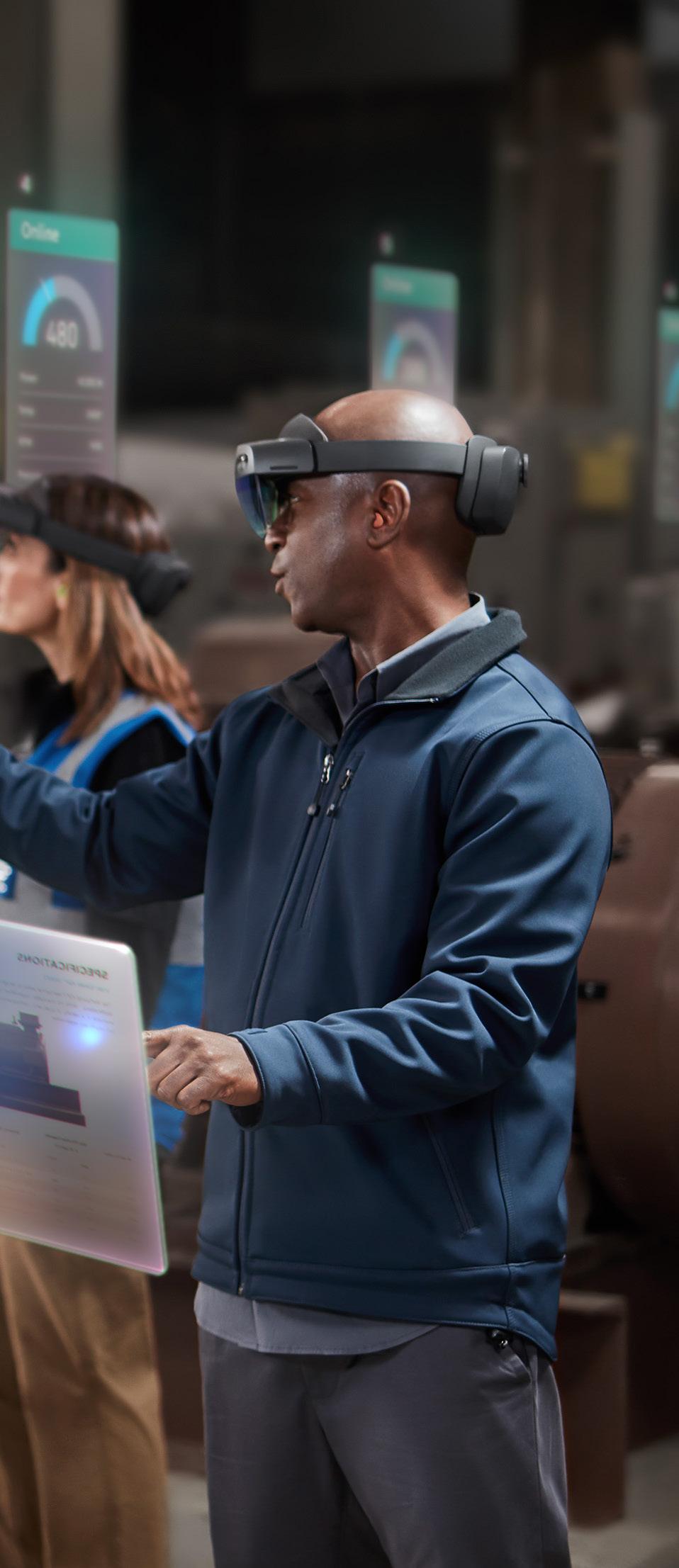

which are essential in today's rapidly changing business environment.



He says: “This combination of capabilities enables a digital ecosystem platform for pharma supply chains that uses advanced analytics and artificial intelligence to analyse data from across the supply chain, including suppliers, customers, and internal systems.
“It can also integrate with other systems, such as ERPs, MES, CRMs, and logistics systems, to provide a comprehensive view of the entire supply chain.
supplychaindigital.com 129 MICROSOFT

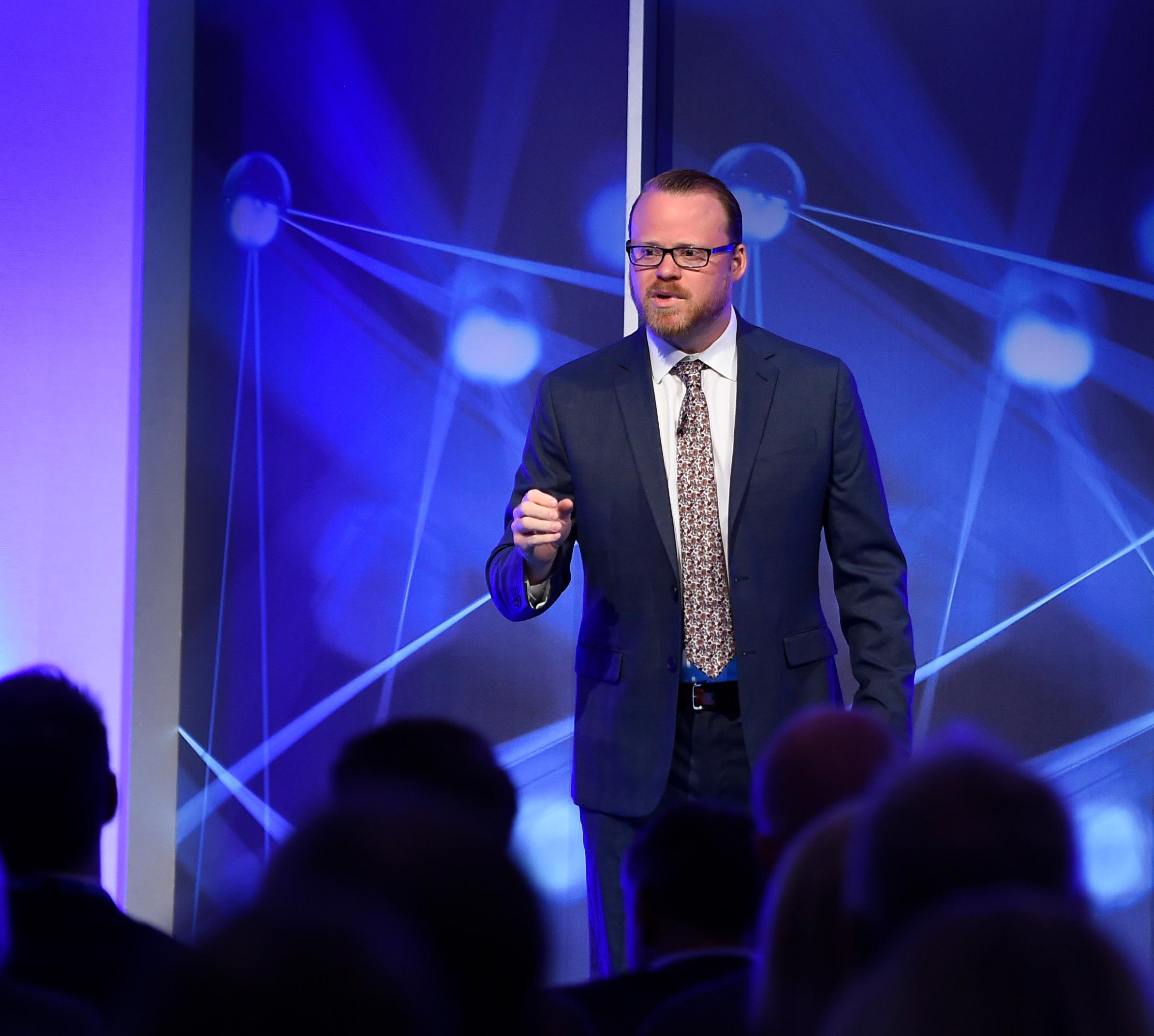




130 May 2023 MICROSOFT
Walker recounts a past conversation he had with a pharma company.
“They were talking about how one of their key priorities is to digitise all instances of paper use,” he says. “On the surface
“But I asked if this meant putting scanners into their factories at each process-step to make sure that all paper was scanned, and then entered into a document management system.
“Then I asked if they wanted instead to solve the root problem, which was fundamentally how to reinvent the business process and how data is handled.” This, he says, requires a rethink of the organisations’ relationship with data
Digital twins can co-exist at different
Walker says he knows of pharma organisations that are leveraging digital twins for an end-to-end view of their supply chain. But does this tick all the boxes that need to be ticked, even? Probably not, he feels.
“When you look at these digital twins there's different levels and types. You have layers of digital twins that coexist within an organisation. Some represent the asset itself. Some represent the people and the interaction. Some represent the process, and others represent the facility or the
Walker says that what is needed, and often lacking, is a strategy around creating “a common data platform that is able to create digital threads to connect all of this data”, and “a full genealogy of everything that was involved in the creation of all these layers of digital twins”.

What makes Microsoft unique is our commitment to industry specific standards

and communities, such as the Open Manufacturing Platform, the OPC Foundation, the Digital Twins Consortium and our innovative partner ecosystem, coupled with composable and extensible solutions that seamlessly connect people, assets, workflows and businesses processes. Our technology is giving businesses more intelligence and visibility than ever before and making operations more adaptable.
Looking at the bigger geopolitical picture, Walker says pharma companies are changing the shape of their businesses, by stepping away from globalisation.
“I've heard from four very senior executives in the pharma supply chain that globalisation as an approach is dead,” he says. “Now it's more about de-globalisation and modularity. Many of my customers are creating an ecosystem of ecosystems strategy whereby they are regional ecosystem hubs that serve specific markets. However, each one of these is still loosely connected and provides a level of autonomy but also flexibility.”
Walker references McDonalds here because “they solved this problem in the fifties with the franchise model”.

He adds: “Why make every one of your factories unique and bespoke when you can create a franchise model that provides speed, modularity, and flexibility through a common set of methods and standards? For example, maybe it would be possible to take an oral solid dose drug and make the manufacturing and supply chain 90% standard across all applicable factories.
“This also gives you a level of nimbleness and agility in the marketplace that you won't have in linear supply chains with bespoke factories.”
supplychaindigital.com 131 MICROSOFT
UBER FREIGHT LOOKS TO AN
AUTONOMOUS FUTURE
Mazen Danaf is Senior Scientist at Uber Freight, and says that autonomous trucking can cut road deaths, ease the global truck drivers shortage and boost efficiency
 WRITTEN BY: SEAN ASHCROFT
WRITTEN BY: SEAN ASHCROFT
AUTONOMOUS


supplychaindigital.com 133 TECH & AI

134 May 2023
In 2021, self-driving vehicles travelled approximately 4 million miles in California alone, which was double the previous year’s total.
Many of these miles were completed by non-commercial vehicles, but the trucking industry – in the US and beyond – is well positioned to reap the benefits of autonomous vehicle (AV) technology.
The push for AV solutions in road haulage is primarily about safety. According to statistics from Uber Freight, more than 5,000 lives were lost in large-truck crashes in 2019, including those of 892 truck drivers and occupants. Around one-third of these accidents occurred on interstates, freeways, and expressways – all roadways on which AV trucking solutions work best.

Of these fatal accidents, just 13% were caused by vehicular or environmental factors. The remaining 87% were caused by driver error around performance (21%), decisions (38%), and recognition (28%).
AV technology has the potential to address such safety issues, says Mazen Danaf, Senior Applied Scientist & Economist at Uber Freight.
Danaf focuses on analysing the truck transportation landscape, and produces long-term forecasts based on supply and demand indicators. He is also a research affiliate with the Intelligent Transportation Systems Lab at MIT, which studies transportation systems and develops network modelling-and-simulation tools.
supplychaindigital.com 135 TECH & AI
Unlock hidden value in your Supply chain


An award-winning collaborative supplier relationship platform Suppeco leverages the potential in relationships to solve key challenges within the value chain
Built to capture, measure, Improve. A practical solution built for the real world
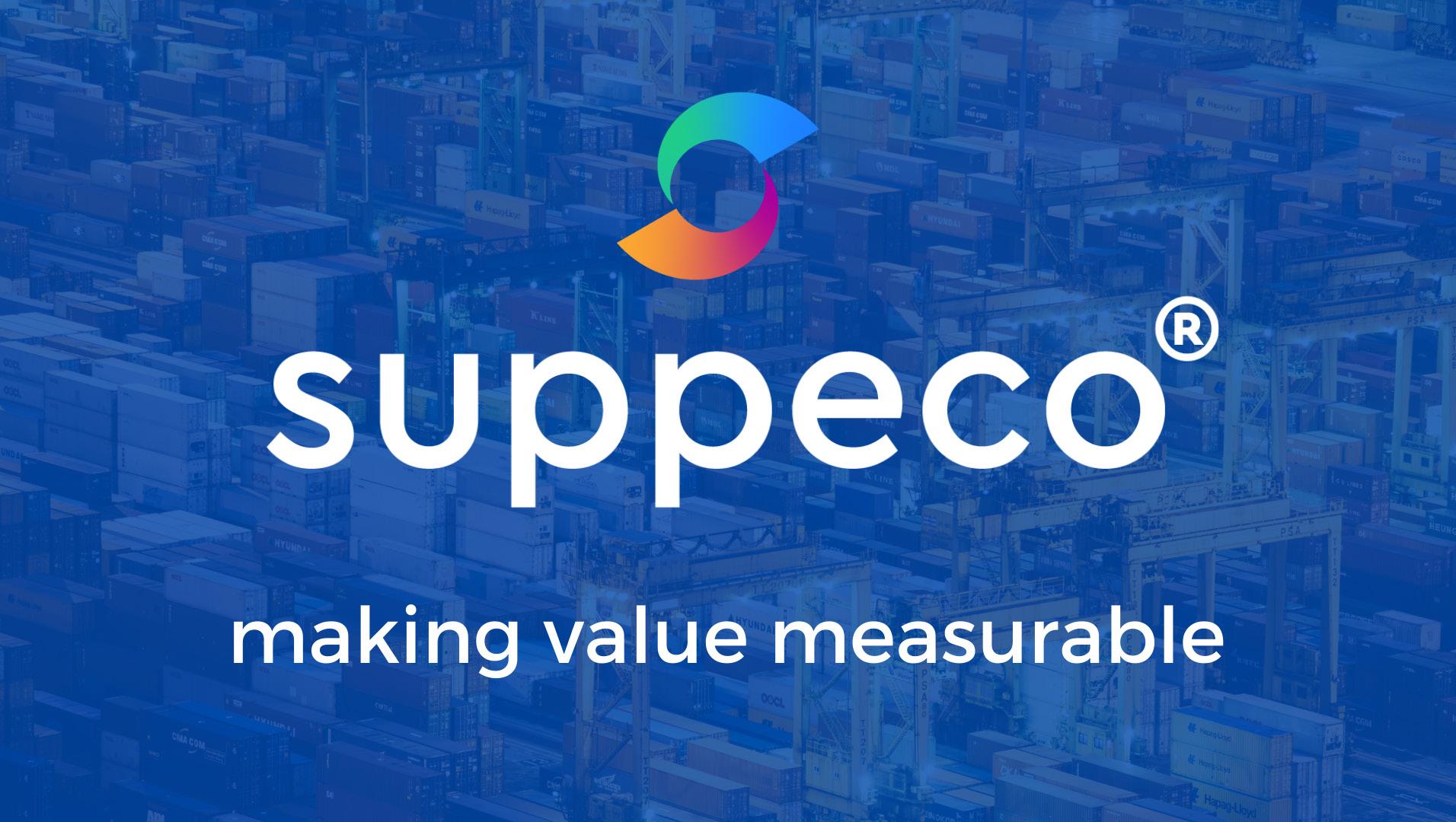
BOOK A DEMO
“At Uber Freight, we envision a bright future for the trucking industry,” says Danaf, “one where truck drivers and self-driving trucks connect long-haul and localhaul routes”.

He adds that such a model “will support the growth in truck freight demand, create safer roads, provide better truck-driving jobs, and make goods more affordable and available for everyone”.
Danaf – who says his job is to “simplify the movement of goods that help communities thrive” – says that although the safety benefits of AV are widely welcomed, there remain unanswered questions around the effects of AV technology on the trucking industry in general, and on truck drivers in particular.
Uber Freight study into self-drive trucking
To produce some clarity around this, Danaf recently authored an Uber Freight paper, called ‘The future of self-driving technology in trucking’.
In the paper, Danaf sets out to show why trucking is the fastest route to commercialising and scaling selfdriving technology.
“At Uber Freight, we envisage a future where truck drivers and self-driving trucks connect long haul and local haul routes”
supplychaindigital.com 137 TECH & AI
MAZEN DANAF, SENIOR APPLIED SCIENTIST & ECONOMIST, UBER FREIGHT
Autonomous driving levels explained
Self-driving development is an incremental endeavour. SAE International – formerly the Society of Automotive Engineers – is a US-based global professional standards organisation for engineering professionals across various industries and the National Highway Traffic Safety Administration SAE International recognises six levels of vehicular automation.
0-2
At Levels 0, 1, and 2, the driver must be engaged at all times. The vehicle supports the driver with basic features, such as automatic steering, acceleration, deceleration/braking, and cruise control.
3-4
Levels 3 and 4 include additional features that allow the vehicle to drive under certain conditions. However, at Level 3, the driver must be ready to take over when the feature requests.
5
Finally, at Level 5, the vehicle can drive under all conditions without any assistance. Level 5 is the automation ‘north star’ but it is currently unattainable because the technology is not there yet. Currently, self-driving developers are focusing on Level 4, where the vehicle can drive under most conditions along specific corridors. Remote operators will handle the remaining ‘edge cases’, where human intervention is needed.
Autonomous and driven trucks must co-exist

He also outlines an AV hub-to-hub model, which will allow autonomous trucks (ATs) to operate alongside those driven by people.
“This model achieves synergies that benefit carriers, drivers, and AV developers,” he says in the introduction to the paper. “Instead, he continues, it will become “an essential component of supply chains that helps satisfy growing demand, while offering drivers better working conditions”. Autonomous trucking will not be a dispensable service that simply aims at
reducing the cost of trucking.” He also goes on to outline Uber Freight’s predictions for how AV technology will unfold over the coming years. In the paper, Danaf broaches another key positive of AV trucking solutions: labour shortages.
In many developed economies, the trucking industry is acutely short of skilled labour, as experienced drivers retire or choose other careers, and younger people are not being recruited quickly enough. And all this at a time of growing demand. It’s a huge problem. The American Trucking Associations – the largest national trade

“Autonomous trucking will not be a dispensable service that simply aims at reducing the cost of trucking”
supplychaindigital.com 139 TECH & AI
MAZEN DANAF, SENIOR APPLIED SCIENTIST & ECONOMIST, UBER FREIGHT
Uber's selfdriving truck makes its first delivery

Mazen Danaf
TITLE: SENIOR APPLIED SCIENTIST & ECONOMIST
COMPANY: UBER FREIGHT
LOCATION: SAN FRANCISCO, US
Mazen Danaf focuses on analysing the truck transportation landscape, and produces long-term forecasts based on supply and demand indicators. He is also a research affiliate with the Intelligent Transportation Systems Lab at MIT, which studies transportation systems and develops network modelling-and-simulation tools.
association for the US trucking industry – estimates that up to one million haulage employees will be lost between 2022 and 2030.
Europe facing driver shortfall of 2 million
Meanwhile, In Europe, the International Road Transport Union says that unless the industry is made more accessible and attractive to drivers, Europe could see a shortfall of 2 million drivers by 2026, impacting half of all EU freight movements.
“Lifestyle issues are largely to blame for truckers leaving the industry,” says Sanaf. “The hours are long and gruelling, and trucking keeps drivers away from home for up to 200 nights a year.”
Sanaf says self-driving solutions will help address this issue, as well as others faced by haulage drivers, including pay issues, because autonomous trucking can deliver a higher rate of pay per hour spent at the wheel. AV tech can also help address other

WATCH NOW
TECH & AI
industry pain points, such as lack of parking facilities, congestion problems and, as mentioned already, road safety.
“Uber Freight has been leveraging technology to address some of these issues,” says Danaf. “For example, we have laid the groundwork for seamless trailer handoffs between autonomous trucks and human drivers with Powerloop, a drop-and-hook trailer solution.

In terms of AT systems, Danaf says automated commercial transport will operate under a hub-to-hub model.
“Human drivers will handle the trip ends, which involve complex urban streets and manual operations at facilities, such as loading, unloading, gate
entrance, and documentation,” he explains. “ATs will service the middle part of the trip.”
He adds: “Under this model, a driver picks up a preloaded trailer from the shipper’s facility and delivers it to a transfer hub located close to the Highway – also known as the ‘first mile’.
“The trailer then gets hooked to an AT, which drives on the highway to another transfer hub located near the receiver’s facility. This step is referred to as the middle mile.
At the second transfer hub, another driver picks up the trailer and delivers it to its final destination. This is the last mile.”
Sanaf says the hub-to-hub model allows AT developers and carriers to launch commercial
supplychaindigital.com 141
In 2021 Uber Freight drove 20 million truck-miles on the interstate corridors between Fresno, Los Angeles, and San Francisco, and delivered 45,000 loads between these markets
5G connectivity key to adoption of autonomous vehicles
The advanced capabilities of the 5G network enable manufacturers to better meet global demand, evolve the solutions being deployed, and use these vehicles to achieve the eagerly-anticipated supply chain 4.0. “5G can help to accelerate the adoption of autonomous vehicles. It promises transmission speeds up to 20 times faster than current 4G platforms, with significantly lower latency. This means instant access to information and changes to the environment,” explained Eric van Vliet, the Telecom Market Development Director for APJ & EMEA at Dell Technologies.
“This can help intelligent vehicles with quick decisions and the ability to communicate with networks, with each other and with the built environment – on a commercial, widely-deployed basis – taking self-driving cars from a gimmick to a valuable part of economic infrastructure.”
operations earlier “before transitioning to a depot-to-depot service”.
At the same time, he says it adds capacity where it’s needed most – in long-distance trucking – as well as providing a better lifestyle totruck drivers.


“This model is a stepping stone toward full autonomy,” Sanaf says. “ It allows AT developers to start generating revenues in their early years of operation.
“This will provide them with a revenue stream that can sustain the development of self-driving technology instead of relying
exclusively on external investment, in order to expand their capabilities beyond highway driving.”
Looking to the future, Sanaf expects autonomous trucking to expand “gradually throughout the US interstate system”. In the short term, he feels weather, regulations, and autonomy capabilities “will dictate the lanes on which ATs will operate”.
In the long term, he says, “commercial opportunities and technological developments will undoubtedly drive expansion strategies”.

“In the short term, weather, regulations and tech capabilities will dictate the lanes on which automated trucks operate”
MAZEN DANAF, SENIOR APPLIED SCIENTIST & ECONOMIST, UBER FREIGHT
supplychaindigital.com 143 TECH & AI
Supply chain Transformation in the FAS

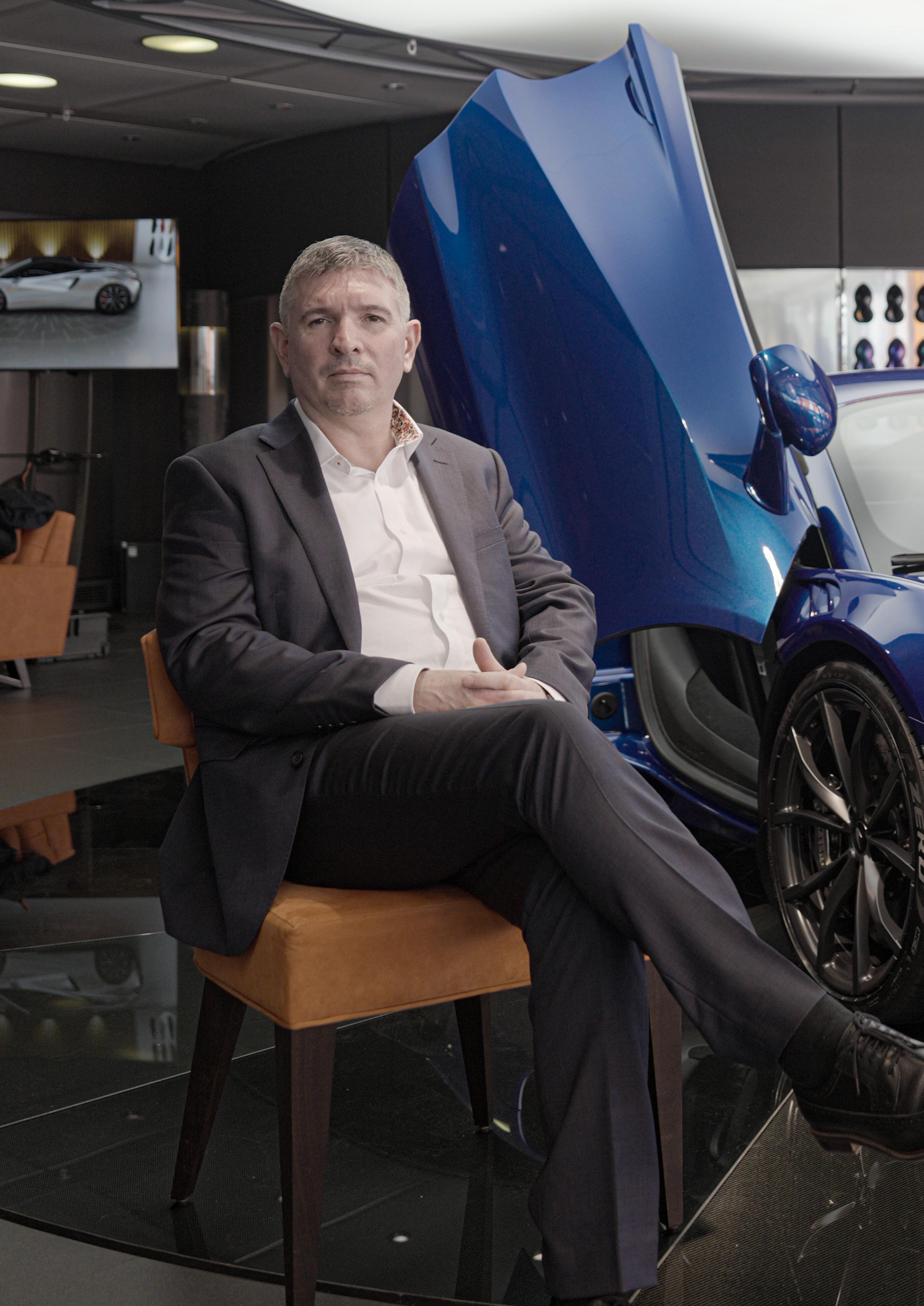
144 May 2023
 PRODUCED BY: GLEN WHITE
PRODUCED BY: GLEN WHITE
supplychaindigital.com 145 MCLAREN
WRITTEN BY: SEAN ASHCROFT
Automotive Logistics Director Ashley Naughton on how McLaren is transforming at a pace one might expect from the maker of Earth’s fastest road cars

Few companies have the pedigree, history and pure elan of McLaren Automotive, the British manufacturer of luxury, highperformance sports cars and supercars. McLaren was founded in 1963 by Bruce McLaren, a New Zealand-born racing driver, and initially the company designed and built only race cars. In recent years, though, it has shifted its focus to high-performance road cars.
Building McLaren's fast-cardedicated logistics function
Its current lineup includes several models, including the 720S (£227,300/$305,000), and GT (£166,300/$204,990), all of which are midengine sports cars (meaning the engine sits between the axle lines of the front and rear wheels). The company’s latest model is the hybrid-powered Artura (£189,200/$233,000), which was introduced in 2021.
In addition to its road cars, McLaren Automotive also produces racing cars and provides support for various racing teams. McLaren Automotive has been at the forefront of automotive technology, leveraging its experience in F1 to translate this excellence into its road cars. Like other F1 teams (Williams and Mercedes) it is based in
146 May 2023

supplychaindigital.com 147
South East England – in Woking, Surrey, – but has a worldwide network of suppliers.
The Woking facility is a state-of-the-art complex that includes design studios, as well as engineering and production facilities
for McLaren’s road cars, including the GT, Supercars and Ultimate cars.
The centrepiece of the Woking campus is the McLaren Technology Centre (MTC). It’s a stunning, futuristic building designed by famed architect Norman Foster, and is the kind of structure one can picture housing a colony of humans on the Moon, or even Mars.
The MTC houses McLaren’s design and engineering teams, home to advanced simulation and testing facilities, including wind tunnels and a driving simulator. McLaren Production Centre sits adjacent to the MTC and is the focus for its supercar operations.
In addition to its Woking HQ, McLaren has a world-class, state-of-the-art

“We make fast cars and have a fastmoving business, and sometimes that’s a bit of a challenge”
148 May 2023 MCLAREN
ASHLEY NAUGHTON AUTOMOTIVE LOGISTICS DIRECTOR, MCLAREN
McLaren Composite Technology Centre that manufactures its carbon fibre chassis architecture. It is based in Sheffield, in the North of England.
And overseeing all of the logistics holding these operations together is Logistics Director Ashley Naughton, who concedes that the most challenging aspect of the role is – aptly enough, given the dizzying speed of its products – “having to work at pace”.
“We make fast cars and we have a fastmoving business, and sometimes that’s a bit of a challenge,” he adds. But Naughton is battle-hardened on this front, having spent more than a quarter of a century in logistics and supply chain, working largely
ASHLEY NAUGHTON
TITLE: AUTOMOTIVE LOGISTICS
DIRECTOR
COMPANY: MCLAREN
INDUSTRY: AUTOMOTIVE
LOCATION: LONDON UK
Naughton brings over 25 years' global industry experience from aerospace and automotive supply chain.

During his career, highlights include 18 years working for Rolls-Royce PLC holding various operational leadership roles in the UK & USA.
In recent years, Naughton has been focusing on supply chain transformation and digitalisation with some of the UK’s largest automotive

AN INNOVATION, DESIGN AND TRANSFORMATION POWERHOUSE


At Capgemini Invent, we help our clients to embrace innovation and transformation to get the future they want.
By combining strategy, technology, data science, and creative design expertise with an inventive mindset, we partner with our clients to innovate and transform their business, helping them navigate today, while plotting a course for the future. Explore our brands
Capgemini Invent: driving efficiency in McLaren’s supply chain


In today’s volatile climate, Capgemini Invent & McLaren are on a three year path to building a strong and sustainable supply chain to support McLaren’s expansive future.
Capgemini Invent enables CxOs to envision and shape the future of their businesses. It is working all over the world to enable its clients to unleash human energy through technology for a more inclusive and sustainable future.
“We partner with our clients to unlock the value of technology and help them transform their businesses, and support management and stable growth,” says Phil Davies, Capgemini Invent’s Head of Intelligent Industry in the UK.

Davies distils this process into three key stages:
y Using technology to advance the consumer experience
y Accelerating intelligent industry
y Transforming client enterprise efficiencies
Capgemini Invent recently began working with British supercar giant McLaren on
its logistic operations, looking at how it can combine technology, people and processes to drive resilience and sustainability into those operations.
“The world today is much more volatile; supply chains are constantly disrupted,” adds Davies. “We are working with McLaren to implement a strategy to cope and live with that disruption.”
The three main elements of the relationship are:
y Driving efficiency into McLaren’s supply chain
y Supporting McLaren with the transformation of its logistics operation
y Providing a three-year vision
“The three-year vision is really focused on how to create a logistics operation that’s going to thrive in this volatile future,” explains Davies. “Propelling them to unleash the potential of their organisation.
“The aim is to allow them to continue their relentless focus on customer experience and quality whilst building that resilience and visibility they need to cope in today’s volatile world.”
Ashley Naughton, Logistics Director at McLaren, adds: “Capgemini has been an instrumental partner for us. They’ve brought in thought leadership and shared the best industry practices, not only with automotive clients but also other industry sectors, which allows us to learn how other sectors are approaching different problems.”
“I think both McLaren and Capgemini are organisations that really focus on outcomes,” concludes Davies. “So, whilst we’re in the early stages of building the vision, I would say ‘watch this space’ around the next 18 months.”
McLaren: supply chain transformation in the fast lane
in aerospace and automotive, with firsttier suppliers, in either manufacturing or logistics services.


He says the most satisfying aspect of his role at McLaren is “working with our people”.
He adds: “It’s a very passionate organisation, with a rich history in automotive and racing. The innovation and ingenuity of the people is really quite inspiring.
“We also have a very complex product,” he says, “which means we’ve got extremely specialised suppliers, and we are constantly looking to improve the business.”
This, Naughton observes, often means his team has to react super quickly, and concedes this puts pressure on people “to support what the business is trying to achieve”.
Along with logistics chiefs worldwide, Naughton’s ability to support McLaren goals
“Capgemini has been very supportive in helping us to understand the art of the possible”
WATCH NOW
152 May 2023 MCLAREN
ASHLEY NAUGHTON AUTOMOTIVE LOGISTICS DIRECTOR, MCLAREN
has not been made any easier by a multitude of shocks and pressures existing today.
Overcoming obstacles with digitalisation, determination & data
Whether that be raw materials shortages, capacity limitations or cost pressures, it all presents challenges. It’s a situation that makes him more determined than ever to future-proof McLaren’s supply chain.

“It’s about mitigating challenges that are as yet unknown,” he says. “Having information early on in our supply chain is very important. We don’t always know what’s around the corner, so it’s about understanding the risks to our business, and making decisions based on that understanding to safeguard ourselves.”
And what of the longest and most painful supply chain shock of all in the automotive manufacturing world: microprocessor shortages?
“In terms of future-proofing against semiconductor shortages, nothing is going to protect us completely. There is no insurance policy that will give us total availability for all the semiconductors we need.
“That said we have done really well with semi-conductors and were very proactive, early on, as that risk emerged. Securing those commodities gave us the breathing space that others perhaps have struggled with.”
Naughton continues: “Moving forward and thinking about a wider scale of the supply chain, we can better protect ourselves by having early information around these risks,
supplychaindigital.com 153
1963
McLaren was founded in 1963 by Bruce McLaren, a New Zealand-born racing driver

154 May 2023
which are sometimes in the third or fourth tier of the supply chain.
“So building supply chain maps and then ingesting data using technology is a way to become more resilient, so we can deal with those shocks when they occur.”
It is this climate of uncertainty that prompted McLaren to embark upon the digital transformation of its supply chain and logistics operation.
“If you stand still, you’re actually moving backwards,” Naughton says of the digitalisation programme. “Logistics and supply chain are a core part of our business. We design products, we manufacture the vehicles, but we can’t do that without our supply chain partners.”
Naughton adds that McLaren Automotive handbuilds state-of-the-art super cars in a state-of-the-art facility and is constantly looking to innovate. “The same applies for our manufacturing and Logistics operations,” he adds. “I want that same performance. Agile, communicative, and responsive.”
This is why McLaren is investing heavily in improving its supply chain ecosystem.

“Our suppliers are partners in our business and we need their support to be successful. If we don’t invest in that then we’re being negligent,” Naughton says. “Our supply chain is a key enabler for our business. It’s integral to the way that we do business.”
The strategy on digitalisation “comes down to three Cs”, Naughton says.
“It needs to be connected, collaborative and ultimately needs to be cognitive.”
He adds: “It’s about having data that we can use to make decisions much earlier than we do today. This is how we derive resilience, how we optimise and how we discover efficiencies. We need technology to do this, and we’re on that journey.”
Operationally, Naughton says the benefits of digitalisation derive from breaking down
supplychaindigital.com 155 MCLAREN
barriers and silos that “traditionally exist within organisations”.
Such barriers also exist within the supply chain network, Naughton points out, adding that technology can create opportunities for all partners in that ecosystem. “Collaboration and data sharing is quite simple if we adopt Cloud, for example,” he says, adding: “Our inbound operations will hugely benefit from digitalisation and technology, but then that flows into the manufacturing ecosystem, of which I’m part. Similarly, there is also a strong drive for transformation within the manufacturing team and we need to ensure we are synergising.”
Ultimately, he says, the goal of the programme is to transform the business “so our customers get a better quality product and a more reliable service”.
He adds: “At the end of the day, any transformation programme must keep the customer in mind, which is why we’re deeply connected to our customers and how they view our products, as well as how they view the service. Ultimately, we want to be faster, more effective and more trusted, so that we can better deliver on what customers expect.”
Capgemini collaboration is feather in McLaren's cap

Helping McLaren drive the change programme in the right direction is Capgemini, a global leader in consulting, technology services and digital transformation.
“Capgemini has been an important partner for us,” says Naughton. “They’ve brought in thought leadership and have shared industry best practices.”
And not just from the automotive clients with whom Capgemini works, says Naughton “but from other industry sectors”, which he says has been invaluable “because we need
to learn how other sectors are approaching similar and different problems”.
“Capgemini has been important in helping us to understand the art of the possible and to identify those opportunities where technology can help McLaren on its journey.
Naughton admits that there is still much to come “because the company’s logistics transformation is quite embryonic in terms of crystallising what the future looks like”.
He adds that the next phase “will be to begin looking at the specific opportunities and capabilities Capgemini has helped us identify”.
He continues: “We need to consider what’s right for McLaren. We are unique in certain aspects, but we need to adopt standardisation where it makes sense. I am fortunate to have a strong team around me to make the right choices about our future logistics operations. As I said before, it’s about the people. Moving forward, its about understanding the choices we face, and
156 May 2023 MCLAREN
ASHLEY NAUGHTON AUTOMOTIVE LOGISTICS DIRECTOR, MCLAREN

then making decisions based on those options. We’re not quite there yet, but in the coming months we’ll begin making decisions around the processes and technology, then implement what we see as the biggest opportunities.
“Some of those changes will come from our internal team members and some will come from our partners. We have a really strong team here who have already
developed digital capabilities so we will continue to leverage our skills, but there will be things we need support with.”
Sooner rather than later, Naughton hopes – in keeping with the fast pace of life so fitting for a supercar manufacturer.
“I like to operate at pace,” he says. “It’s in my DNA and also in McLaren’s, who like to do the right thing, quickly.”
So that’s the near-term. But what about the longer-term future for McLaren? How does Naughton see this shaping up?
“We will move towards being an insightdriven organisation. Network data is key for this to occur. Through collection of such data, this will enable us to become far more resilient. “The need for sustainability cannot be ignored. The majority of Scope 3 emissions
“We derive resilience from having data we can use to make decisions much earlier than we do today”
supplychaindigital.com 157
come from the supply base, so we have a responsibility to improve how we operate our business. This will be our future.”
From fast cars to fast manufacturing, there's a need for speed in the future

Naughton feels that recent changes at the top of the company will shape McLaren’s performance in the next 12 to 18 months.
Michael Leiters joined as CEO of McLaren Automotive in July 2022.
German-born Leiters has held senior positions at Porsche AG, eventually becoming a Product Line Director there. More recently, he was Chief Technology Officer at Ferrari. So he is certainly someone who knows all about fast-moving manufacturing environments.
“I think we’ve got an exciting future, particularly with Michael Leiters joining the organisation,” says Naughton, adding that “there’s also lots of other positive changes”.
Among which, he says, is “a shift-change in the way we approach things, from design through to delivery of product”.
He adds: “It’s one of the reasons I took the opportunity to join McLaren. I’m passionate about driving change and am lucky enough to have a leadership team that supports the need to transform. “It’s an exciting time to be in operations and supply chain logistics in the automotive business. I believe our future is really bright.”
158 May 2023

supplychaindigital.com 159
SUPPLY CHAIN SCHOOLS IN THE US
Among the top supply chain & logistics colleges in the US are MIT, Stanford, Carnegie Mellon, Berkeley, and the universities of Pennsylvania, Michigan & Texas




 WRITTEN BY: SEAN ASHCROFT
WRITTEN BY: SEAN ASHCROFT
TOP 10
160 May 2023


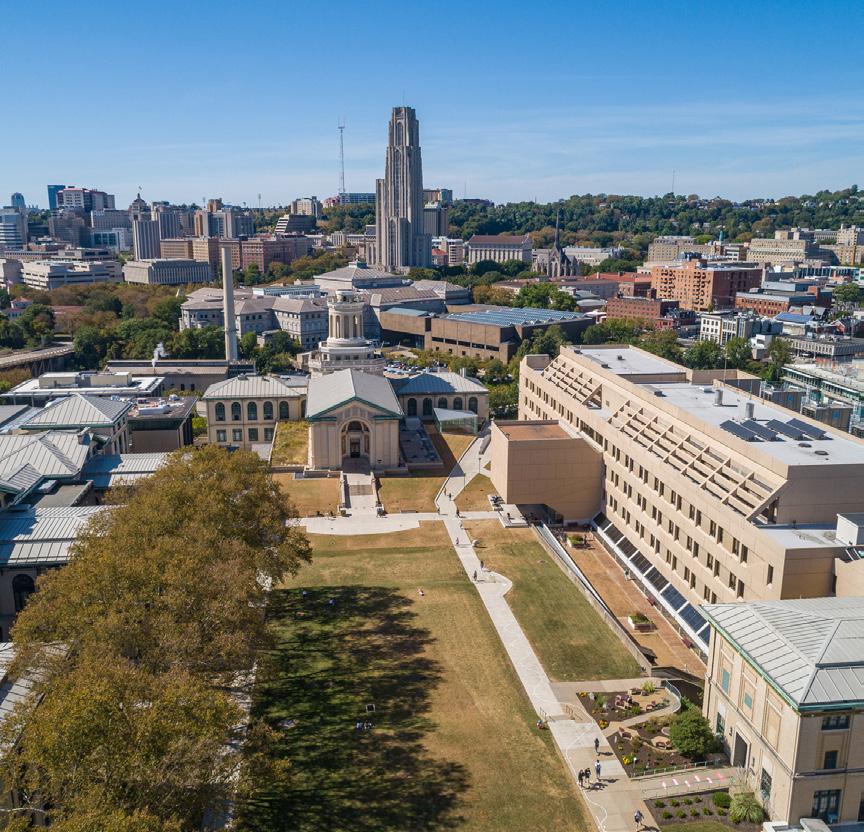
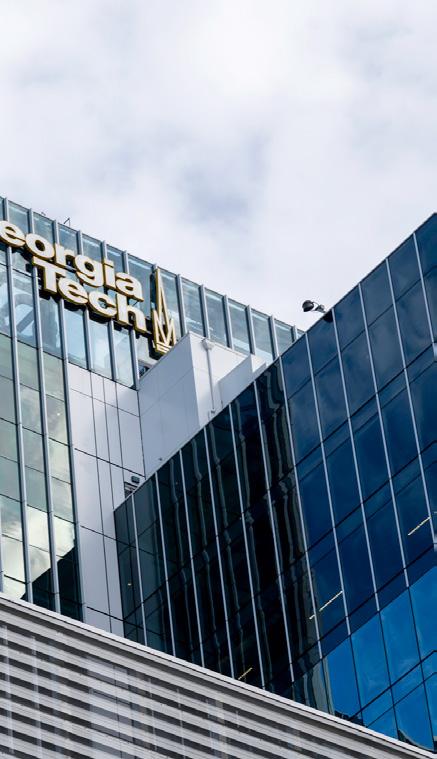




supplychaindigital.com 161
University of Arkansas
Course: Supply Chain Management
Leader: Matt Waller, Dean, Sam M Walton College of Business
The Sam M Walton College of Business at the University of Arkansas offers students learning based around technology and analytics in supply chain. It prepares students for careers in carrier management, logistics management, and with companies that manufacture, sell, and distribute consumer goods to retailers. There is an emphasis on business process integration, as well as analytical techniques to manage the flow of materials, from the manufacturing process to customers.
Purdue University


Course: Supply Chain Management Leader: David Hummels, Dean, Krannert School of Management
Purdue's Krannert School of Management runs a course known for its focus on technology and data analytics in supply chain. Students learn the processes involved in the complete product cycle, from supplier to customer. It says of its course: “Successful future supply chain and operations leaders need a broad understanding of many business functions, from finance to accounting to human resources and leadership, and that's what we provide.”
10 162 May 2023
09
University of Texas, Austin

Course: Supply Chain Management
Leader: Jay Hartzell, President
The McCombs School of Business at the University of Texas is well-regarded for its focus on technology and analytics in the supply chain industry. The course looks at the systems approach taken by companies, suppliers, and partners to deliver manufactured products and services to the end customer. It helps prepare students for entry-level positions in SCM, including materials manager, risk management analyst, logistics planner, and staff consultant.
University of California, Berkeley

Course: Supply Chain Management

Leader: Ann Harrison, Dean
Just miles away from Silicon Valley, the Haas School of Business gives students opportunities to work with leading businesses. The Haas School’s SCM programme centres on sustainability and social responsibility in the supply chain industry. The aim of the course is to help students understand the environmental and social challenges of complex supply chains, and ways to match supply and demand that don’t contravene social and environmental issues. Students learn to identify and measure such impacts.
08 07 TOP 10



















































TOP 10 26 - 27 September 2023
Design Centre, London GET YOUR PASS SPONSORSHIPS A BizClik Event Join the Event Disrupting Procurement & Supply Chain
Business
Carnegie Mellon University

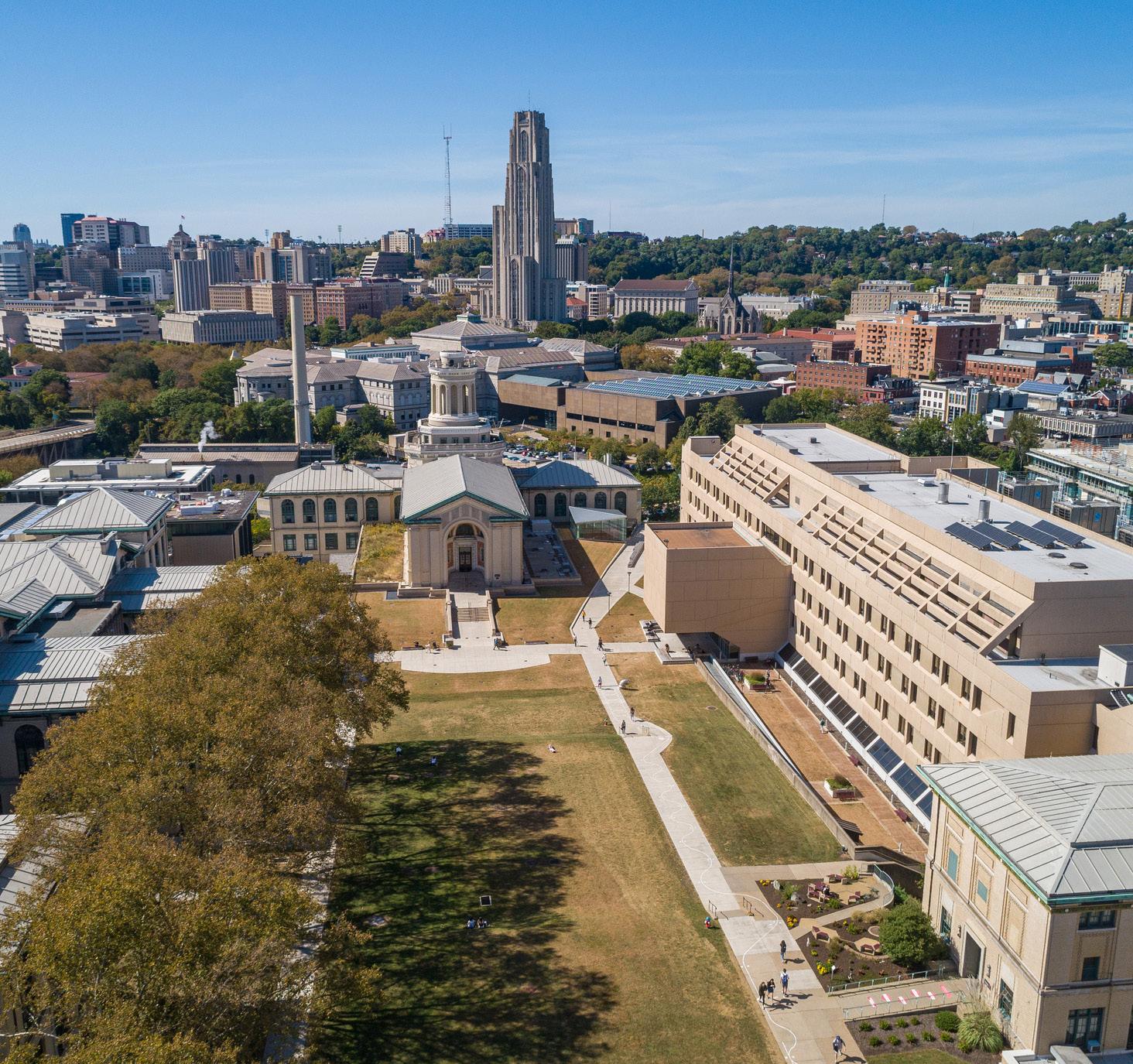
Course: Supply Chain Management

Leader: Inki Sul, Visiting Assistant Professor of Operations Management


A program of learning that focuses on technology and analytics. It explores how firms can make better strategic and tactical choices. It covers: inventory planning, the inventoryorder interface and network design. The course tackles real-world SCM challenges, with an emphasis on approaches to increase the flexibility and responsiveness of supply chains. A large part of the course focuses on multistage inventory planning practices embedded in modern SCM software, based on managing inventory from a network, rather than single site, perspective.

Georgia Institute of Technology

Course: Supply Chain and Logistics


Leader: Maryam Alavi, Dean and Professor, Scheller College of Business


Georgia Tech's program is known for its emphasis on technology and data analytics in the supply chain sector. It offers a wide range of supply chain, operations management, logistics, and related degree programmes, at BSc and MSc. The Institute also provides global leadership for research and education to optimise supply chain strategy, infrastructure, processes, and technology.
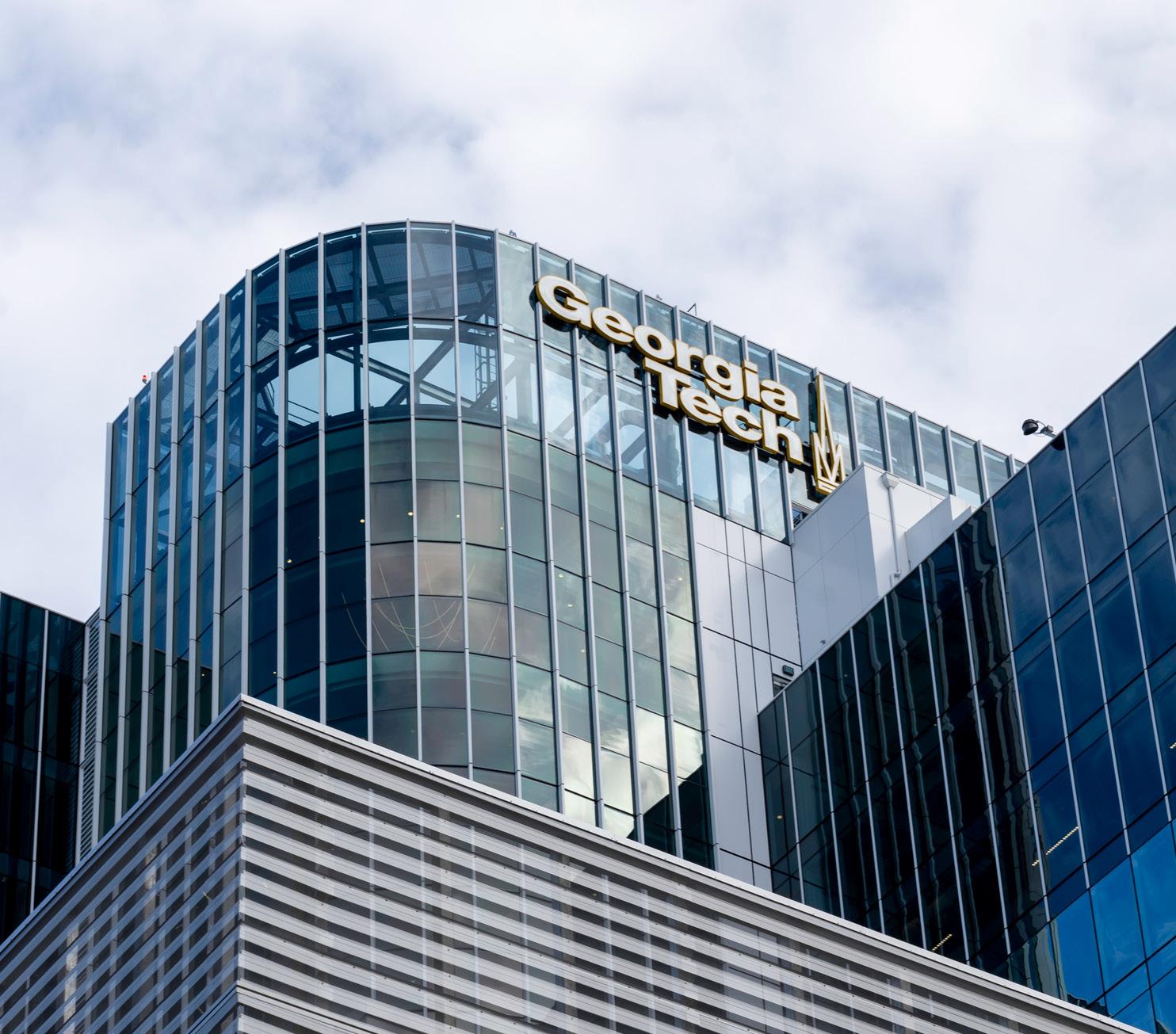

TOP 10
06 05
University of Michigan

Course: Global Supply Chain Management
Leader: Ravi Anupindi, Faculty Director, Value Chain Innovation
The University of Michigan’s Ross School of Business offers a program that is well-regarded for its focus on sustainability and social responsibility. The course offers “a holistic, hands-on understanding of supply chain management”, and promises to lead students through any challenge in this evolving industry”. It is a 10-month, STEM-designated program for college graduates and is focused on end-toend, global SCM, offering “real-world supply chain insights informed by extensive industry access”.
University of Pennsylvania (Wharton)

Course: Supply Chain and Operations
Leader: Erika James, Dean, The Wharton School
A highly respected course that focuses on the strategic aspects of supply chain management. Wharton's six-week online Global SCM Program provides a comprehensive understanding of today's global supply chain challenges. Participants learn how supply chains have reacted to global stresses, and develop an action plan to reimagine the current global supply chain based on identified opportunities for improvement. It also covers the frameworks, skills, and capabilities required to coordinate and integrate global logistics, purchasing, operations, and market channel strategies, in a way that is socially and environmentally responsible.
04
03 166 May 2023
Stanford University

Course: Supply Chain Management
Leader: Jon Levin, Dean, Stanford Graduate School of Business
Known for its focus on technology and innovation in the supply chain industry. Topics covered include: definition of a supply chain; coordination difficulties; pitfalls and opportunities in SCM; inventory and service trade-offs; performance measurement and incentives; global SCM; supplier management; design and redesign of products and processes for SCM; tools for analysis; industrial applications; and current industry initiatives.
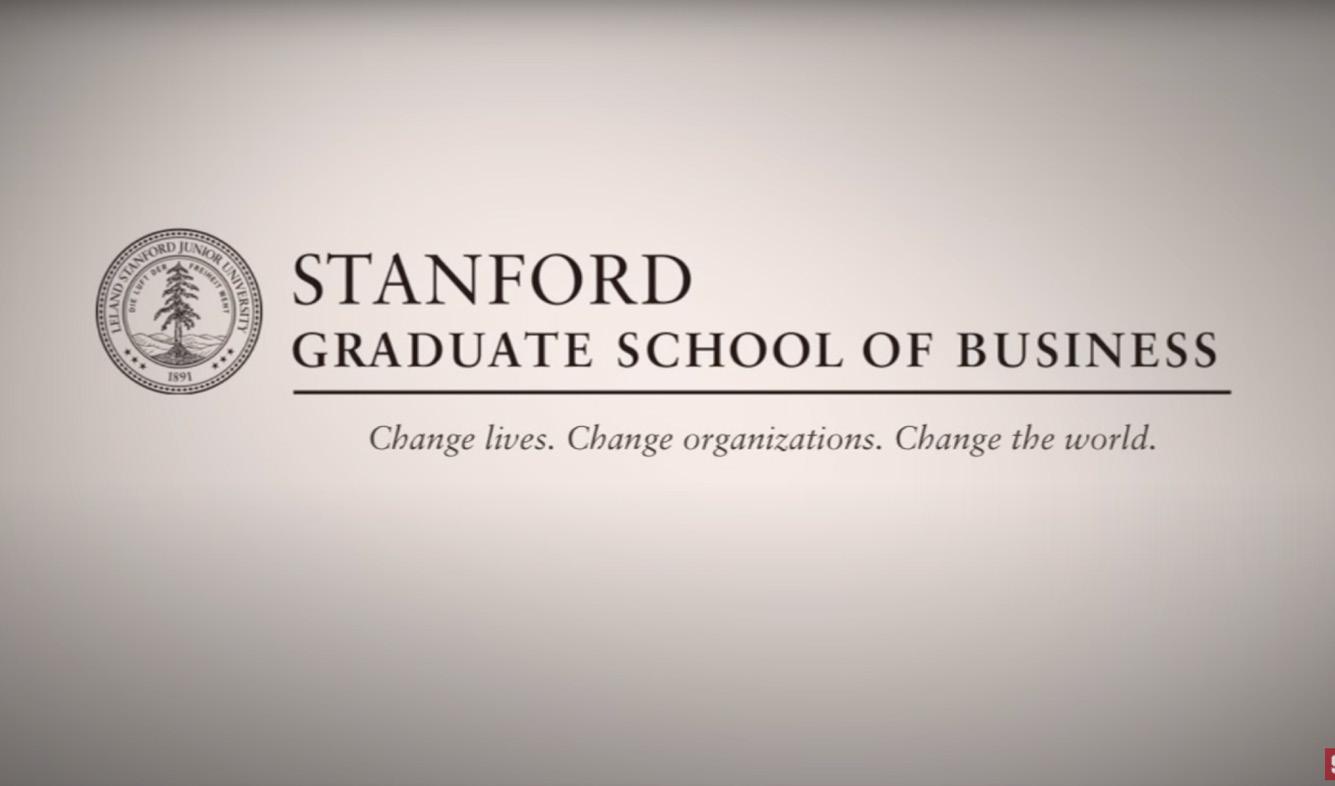
02 TOP 10 supplychaindigital.com 167

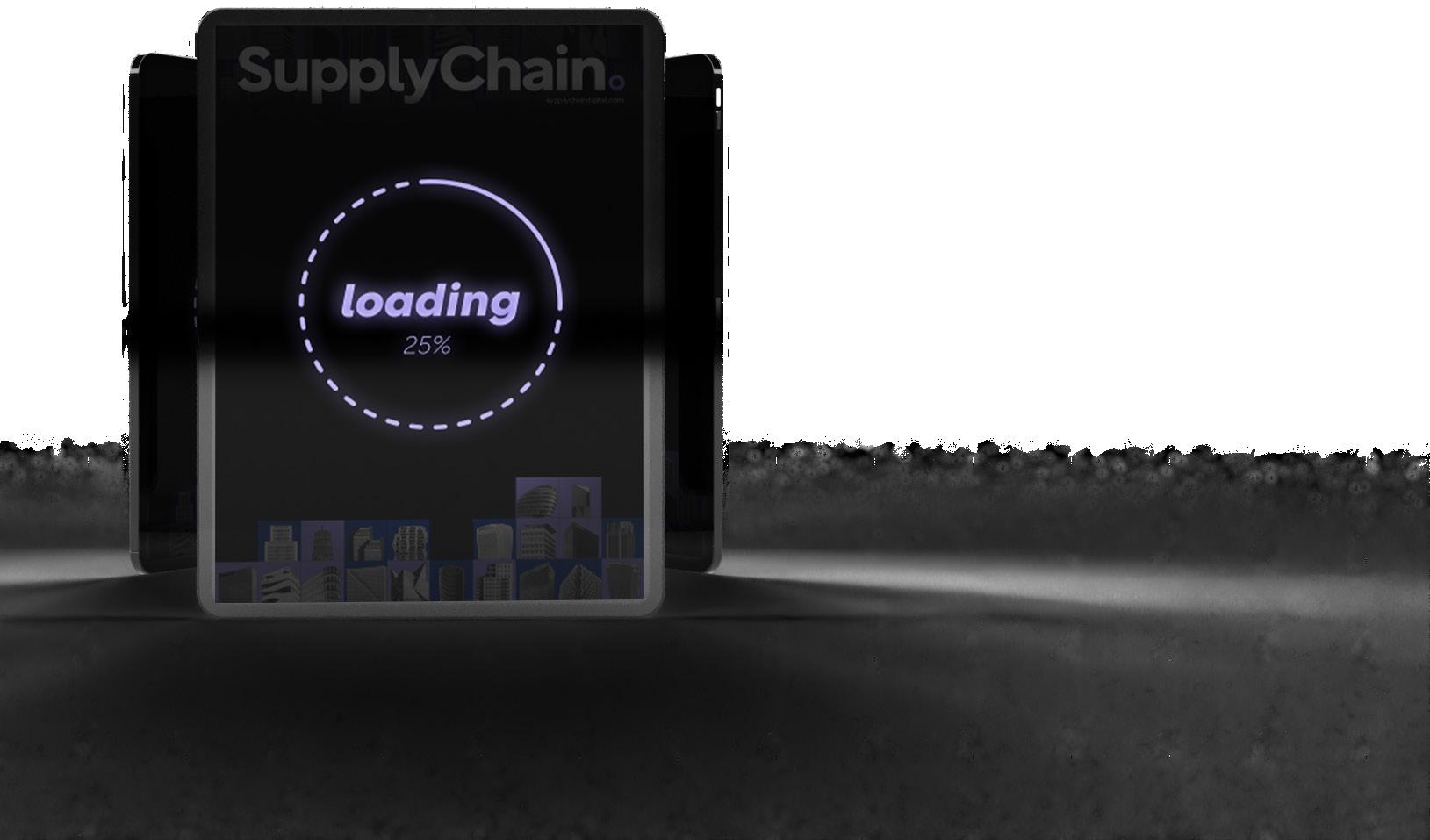


THE TOP 100 COMPANIES IN SUPPLY CHAIN Discover the companies leading the way, setting the pace and inspiring global business change. COMING SOON Join the community Sponsor opportunities Digital Content for Digital People

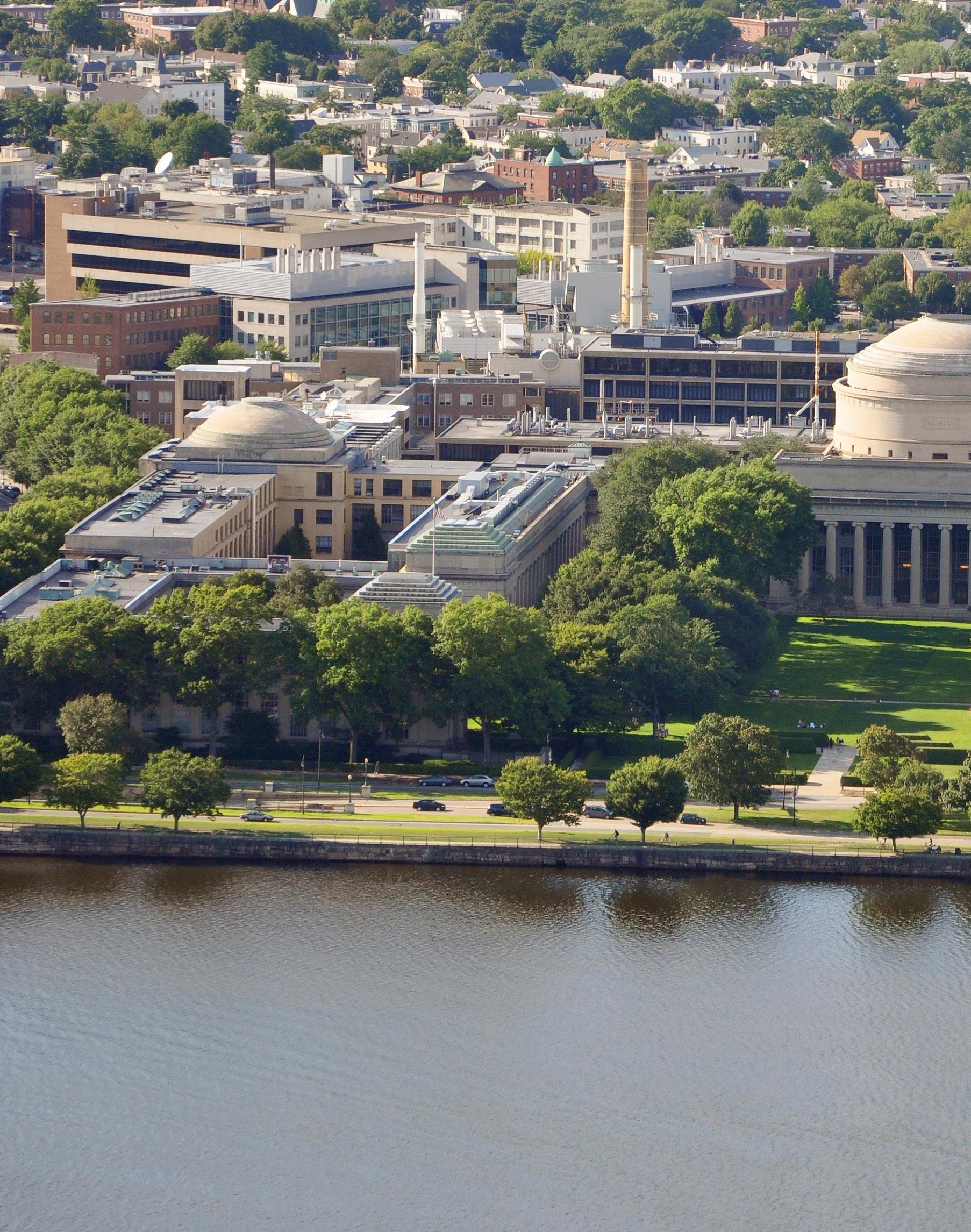

MIT x MicroMasters Program in Supply Chain Management WATCH NOW 170 May 2023
Massachusetts Institute of Technology (MIT)


Course: Supply Chain Management
Leader: Yossi Sheffi, Director, MIT Center for Transportation & Logistics
This program is consistently ranked as one of the top programs in the world. The MIT Center for Transportation and Logistics moves leading-edge research from MIT’s labs to the global marketplace through its educational programs. It has two masters options: Master of Applied Science in SCM, designed for students who want to take a job in industry or consulting upon graduation; and Master of
Engineering in SCM, which is more research-focused and designed for students who wish to continue on in research or pursue a PhD. It also runs a six-week course for supply chain professionals, on transforming climate pledges into actionable strategies through better supply chain management.
TOP 10
supplychaindigital.com 171
The leader in luxury electric vehicles

Barely a decade into the popularisation of electric vehicles, Faraday Future is launching the first ultra-tech luxury electric vehicle: meet the FF 91

172 May 2023
WRITTEN BY: CHARLIE KING
PRODUCED BY: TOM LIVERMORE

supplychaindigital.com 173
Prashant Gulati is the esteemed Vice President of Strategy at Faraday Future. Now in his seventh year with the company, he handles the entirety of its strategic roadmap, which includes overseeing the business plan, mobility initiatives, manufacturing strategy, and directing fundraising efforts.
Fundraising is a key part of Gulati’s role: “My proudest professional achievement has been co-leading the public offering, which helped the company raise more than $1bn through a listing on NASDAQ,” he says.
With over 20 years of success in the technology and automotive industries, Gulati is an accomplished executive with a track record of scaling businesses. He has successfully led a public offering and held leadership roles to drive growth and expansion at several companies globally. In recognition of his industry contributions, Gulati was selected for the coveted Business Insider list of EV Industry Power Players.
Gulati holds a bachelor's degree in computer science and an MBA from the Indian School of Business.
Having grown up in India, Gulati has always had a deep affinity for the environment. This draw of environmental stewardship was heightened when Gulati and his wife were expecting their first child. “I had a sense of urgency to contribute to technology that could help slow climate change and create a better world for our children to grow up in,” he explained.
“I explored numerous fields, including renewable energy, smart grids and energy storage, before focusing on EVs and finding


174 May 2023 FARADAY FUTURE

supplychaindigital.com 175
Faraday Future. I immediately clicked with the company as it had such a bold vision and fit the environmentally-focused technological approach I was seeking. My journey into the auto industry has been quite unusual – almost accidental.”

Faraday Future: driving the EV industry
“Climate change is the defining challenge of our time, and transportation is one of the largest contributors to it,” says Gulati. “At the same time, the world cannot slow down. We need more growth, more productivity, more time to commit to our passions. So, at Faraday Future, we've been working on the intersection of these problems - of clean mobility and climate change on one

“We were founded with the mission to help people live, move, and breathe more freely – and that's one of the things that drives a lot of us”
176 May 2023
PRASHANT GULATI VICE PRESIDENT OF STRATEGY, FARADAY FUTURE
hand, and helping people lead productive, connected lives on the other.”
Faraday Future has taken the first step towards achieving that mission by building the FF 91, which Gulati believes is the most connected, comfortable, and technologically advanced electric car in the world. The company achieved start of production of the FF 91 in California and plans to sell it through a direct sales model in its dual home bases of the US and China.
“The vision of the company is much more than building and selling electric cars, though,” Gulati tells us. “We want to engage our users, build a community, and offer internet and AI services throughout the vehicle lifecycle.”

PRASHANT GULATI
TITLE: VICE PRESIDENT OF STRATEGY
INDUSTRY: MOTOR VEHICLE MANUFACTURING
LOCATION: UNITED STATES
Prashant Gulati is the esteemed Vice President of Strategy at Faraday Future. Now in his seventh year with the company, he handles the entirety of its strategic roadmap, which includes overseeing the business plan, mobility initiatives, manufacturing strategy, and directing fundraising efforts.
With over 20 years of success in the technology and automotive industries, Gulati is an accomplished executive with a track record of scaling businesses. He has successfully led a public offering and held leadership roles to drive growth and expansion at several companies globally. In recognition of his industry contributions, Gulati was selected for the coveted Business Insider list of EV Industry Power Players.
Gulati holds a bachelor's degree in computer science and an MBA from the Indian School of Business.
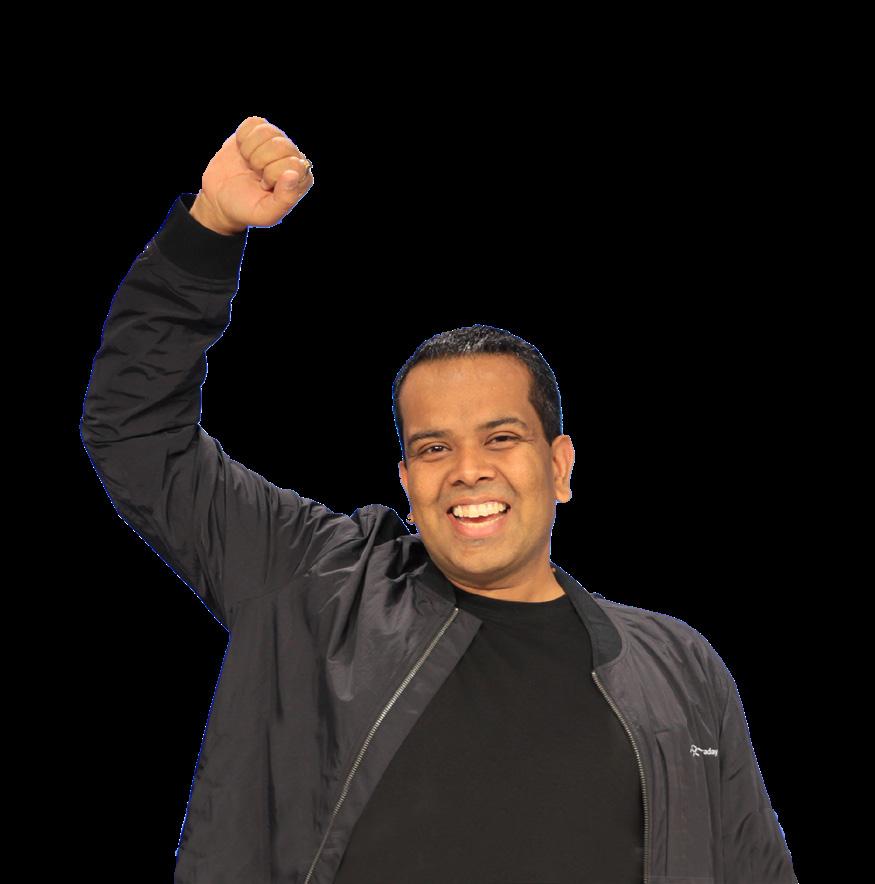
supplychaindigital.com 177 FARADAY FUTURE
BRINGING IDEAS TO LIFE FROM CONCEPT TO CONSUMER
WE DESIGN. WE ENGINEER. WE MANUFACTURE.
Achieve your product goals with JVIS
Our advanced electrical and lighting, battery storage, and thermal management solutions are the key to turning your ideas into reality. Trust us to provide smart solutions for your global technology needs and deliver results beyond your expectations.
Contact us today and let’s bring your product vision to life together.

LET’S TALK
JVIS USA: BRINGING IDEAS TO LIFE IN THE EV INDUSTRY
In an exclusive interview, Jason Murar, President and CEO of JVIS USA, discusses how JVIS is pioneering the EV industry while supporting Faraday Future
JVIS USA is a world-renowned manufacturing leader boasting unrivalled proficiency across both design and engineering. Blending state-of-the-art technologies with vertically-integrated processes, the company guides a concept from the initial sketch to the final product launch, and everything in between.

By prioritising innovation, JVIS has established itself as a leader in the continuous shift towards electric vehicles (EVs). It specialises in delivering technology and components uniquely optimised for EVs, continuously seeking out novel concepts, technologies, and procedures.
JVIS has also played a vital role in supporting Faraday Future (FF) to unveil their vehicles to the market. Jason Murar, President and CEO of JVIS USA, explains:
“We’ve assisted FF in almost every facet, from the initial product development – where we identified key product innovations for their consumers – all the way through to the actual testing and validation, in compliance with automotive standards for those components and the continuous supply of critical components used in their vehicles.

Advancements in the EV market
Armed with impressive electrical solutions, JVIS employs the latest technology, such as capacitive touch surfaces and smart panels.
Murar says: “In the EV market, you see a lot of change with smart panels, which are now highly integrated into both the exterior and interior of vehicles.”
JVIS is committed to leading the development of the EV industry, particularly as it plays a large part in the company’s growth. “Our customers see how we’re taking static panels and turning them into functional panels, giving expanded use of the vehicle,” Murar explains. “These components include sensors and software to increase the user’s experience, such as soft-close doors and ambient lighting.
“JVIS’s continued investment in innovation and growth will enable us to make significant contributions to this dynamic field. If you are looking to turn your product ideas into reality, contact us today to learn more about how JVIS technology can help.”

Throwing out the rule book in electric vehicle development
Faraday Future started from scratch, taking a “clean sheet approach” to building electric cars. Faraday Future’s technology innovations include its proprietary Variable Platform Architecture (VPA), propulsion system, and Internet, Autonomous Driving, and Intelligence (I.A.I.) systems. The company has approximately 660 patents across these areas.
“So far, the company has invested billions of dollars in creating industry-leading product and technology,” recounts Gulati. “Building cars is a capital-intensive business, and we've had our ups and downs.
“The way I would describe the ethos of the company is one of perseverance and tenacity; one of never, ever giving up in the service of our mission.”
FF 91: A new species reformatting the future of mobility
The FF 91 has been designed as an all-ability car, possessing the handling of a sedan, the space, reliability, and comfort of an SUV, and the top-level performance and driving dynamics of a sports car.
“A lot of people liken it to a Rolls-Royce, with increased comfort, connectivity, and performance ” Gulati tells us – and the statistics certainly speak for themselves.
video conferencing, and watch movies or live sports without driver distraction”
“There's a lot that has gone into developing and thinking about the design, driving experience, and the overall user experience” says Gulati who is incredibly passionate about the vehicle.
“There is no electric car in our segment right now – competing with Rolls-Royce,


180 May 2023
Bentley, Maybach – so we're quite excited about being the first EV of our kind, and we think it's going to redefine industry standards. The first ultra-tech luxury electric vehicle.”


“We are building what we believe is the most connected, most comfortable, most technologicallyadvanced electric car in the world: we call it the FF 91”
supplychaindigital.com 181 FARADAY FUTURE
PRASHANT GULATI VICE PRESIDENT OF STRATEGY, FARADAY FUTURE

The technology under the bonnet Faraday Future describes the technology behind the FF 91 within three pillars:
1. Variable Platform Architecture
“Think of it like a Lego,” Gulati explains: “You can change the size of the platform and build different vehicles of different sizes for different purposes. You can put different motor and powertrain configurations. This skateboard-like platform approach enables us to build multiple vehicles on the same platform, reduce time to cost, time to market, and more.”
2. In-house Propulsion Technology
Faraday Future has developed a proprietary inverter design and propulsion system. The drive units are fully integrated with the inverter, and transmission and control unit to enable leading horsepower, efficiency, and acceleration.
3. Internet, Autonomous Driving, and Intelligence (I.A.I.)
“Our software, internet, and AI development is the most important of these pillars,” says Gulati. “That's where the company shines compared to all of our competition.” Faraday Future’s commitment to these technologies supports the user experience in the car, both practically and luxuriously, ensuring seamless user experience through different elements, one of which is advanced voice control to manage complex queries without driver or passenger distraction.

supplychaindigital.com 183 FARADAY FUTURE
FF 91

184 May 2023 FARADAY FUTURE
The FF 91 has:

• 3 motors
• 1,050 horsepower
• 0 to 60 in 2.27 seconds
• Class leading EPA and CARB certified range of 381 miles
• Charge Time (20-80%): 25 min @ 200kW DC Fast Charge
• Overall length: 5,250mm/ 206.7in
• Up to three 5G modems and a newly developed operating system, allowing customers to use apps and stay fully connected
• Industry-leading 49 inches of rear seat legroom
• 60-degrees rear seat recline in NASA-inspired, zero-gravity seats
supplychaindigital.com 185
Supply chain management
Faraday Future invested a lot in creating its own technology. “Some companies basically source parts and build a car, essentially becoming assemblers,” explains Gulati. “At Faraday Future, we've invested a lot of time and capital on creating our own technology.”
Faraday Future has strong partnerships with, and relies on, key suppliers to ensure the FF 91 is completed in a timely manner and with the high quality its users will demand. The company was affected to a lesser degree by supply chain issues during the pandemic because of planned low volumes at launch, and because many of the parts are created by suppliers uniquely
for the FF 91, and so we don't compete with others for those. Notwithstanding, the company has taken lessons from that period and gotten even more diligent about planning and ordering across the supply chain.
In terms of scale, Faraday Future employs 590 people across the US and China, and with its production plant in California the company will ultimately be capable of producing approximately 10,000 vehicles per year. The current manufacturing setup is asset light, and the supply chain is built with expansion in mind: if needed, the company has a contract manufacturing partner for this anticipated expansion, allowing early-stage flexibility.

186 May 2023 FARADAY FUTURE
What does the future hold for Faraday Future?
“The company's DNA is completely global,” Gulati says: “We've designed and defined the product with an abundance of cutting-edge technology to cater to a global audience.”
The company is headquartered in Los Angeles, where much of the engineering and manufacturing takes place, but it also has roots in China – home to a Faraday Future engineering centre. The FF 91 will be initially launched in the US, followed by China, before being launched globally.
Distribution and beyond
“Looking to the next 18 months, we are very focused on the FF 91 production, sales, and

“Climate change is the defining challenge of our time, and transportation is one of the largest contributors to it”
supplychaindigital.com 187
PRASHANT GULATI VICE PRESIDENT OF STRATEGY, FARADAY FUTURE
deliveries,” Gulati explains. “We're going to be scaling our operation, ramping up supply chain – that's the key focus area making the FF 91 successful.
Gulati believes that the value chain disruption we’re seeing now is going to continue, not only accelerating on the product and technology front, but on the sales side, too, as industry sales volumes increase.
“In the distribution model, quite a few OEMs have expressed a desire to sell directly to customers” Gulati explains.
“For the industry, this transition away from ICE (Internal Combustion Engine) vehicles is going to impact sales economics. Today, auto dealers mostly earn margins from selling auto parts and services, and financial services, and that's going to change. Maintenance and parts and services replacement in EVs is far less than ICE vehicles. So, we expect to see changes on the business side as well as on the product and technology side.”
Despite this value chain disruption and anticipated global economic slowdown, Gulati himself doesn’t forecast a slowdown for Faraday Future, citing research from McKinsey that shows the luxury vehicle market (vehicles $150,000 and above) is projected to grow significantly over the next 10 years.
FF 91: The mould for the future

Looking to the longer-term future, Faraday Future has ensured built-in capability to add further models to its Variable Platform Architecture.
“We have plans for our next model –we call it the FF 81 – which will share 60% commonality of parts with the FF 91,” Gulati says. “Although, of course, such future developments are dependent on a number of things, including fundraising.”
188 May 2023 FARADAY FUTURE
What is the future for the electric vehicle industry?
To promote long-term growth and success within the electric vehicle industry, Gulati says the focus is – and should remain –on batteries, reducing cost of materials, recycling, and developing new chemistries.
“Since 2010, the price of batteries has dropped significantly – until about 2019,” Gulati recounts. “In the last few years, battery and raw material prices have risen again because of supply chain disruptions, due to the pandemic.”
The second focus that Gulati expects of the industry is in EV infrastructure.
“We are seeing significant regulatory support to promote the transition to electric vehicles,” he says. “Governments are allocating a lot of capital and policy support towards education, charging infrastructure, and local sourcing of electric cars, so we anticipate that will continue.”
The future is on its way – and it looks electric.

“We need more growth, more productivity, and more time to commit to our passions”
supplychaindigital.com 189
PRASHANT GULATI VICE PRESIDENT OF STRATEGY, FARADAY FUTURE
Business Design Centre, London



















































2023
26 - 27 September
GET YOUR PASS SPONSORSHIPS A BizClik Event Join the Event Disrupting Procurement & Supply Chain




































































































































































 Bjoern Neal Kirchner
Bjoern Neal Kirchner















 WRITTEN BY: SEAN ASHCROFT
WRITTEN BY: SEAN ASHCROFT


















 Krystle Sands at the MSDUK 2022 Kowledge Forum
Krystle Sands at the MSDUK 2022 Kowledge Forum







 WRITTEN BY: SEAN ASHCROFT
WRITTEN BY: SEAN ASHCROFT














































 DAVID FORBES VP SUPPLY CHAIN MANAGEMENT, UNITED UROLOGY GROUP
DAVID FORBES VP SUPPLY CHAIN MANAGEMENT, UNITED UROLOGY GROUP





 WRITTEN BY: SEAN ASHCROFT
Apple fruit crates in organic food factory warehouse
WRITTEN BY: SEAN ASHCROFT
Apple fruit crates in organic food factory warehouse













 WRITTEN BY: SEAN ASHCROFT
WRITTEN BY: SEAN ASHCROFT

 PRODUCED BY: JAMES BERRY
PRODUCED BY: JAMES BERRY











































 WRITTEN BY: SEAN ASHCROFT
WRITTEN BY: SEAN ASHCROFT


















 PRODUCED BY: GLEN WHITE
PRODUCED BY: GLEN WHITE





















 WRITTEN BY: SEAN ASHCROFT
WRITTEN BY: SEAN ASHCROFT


















































